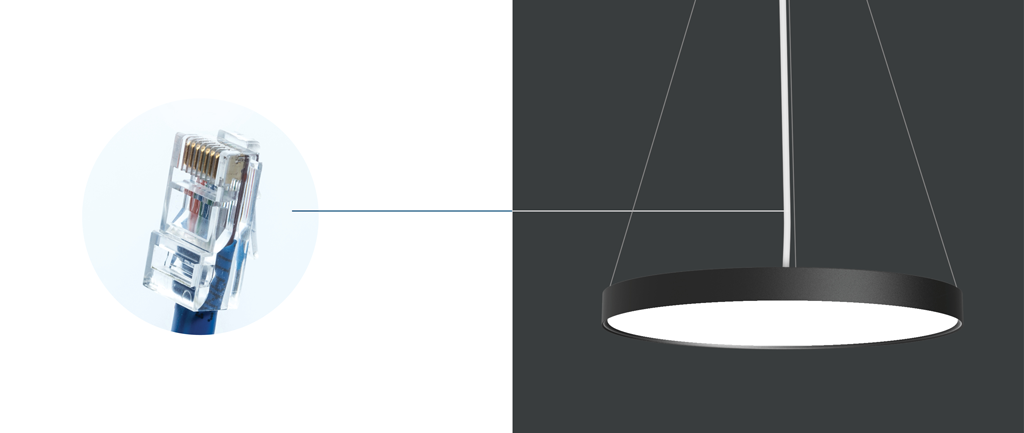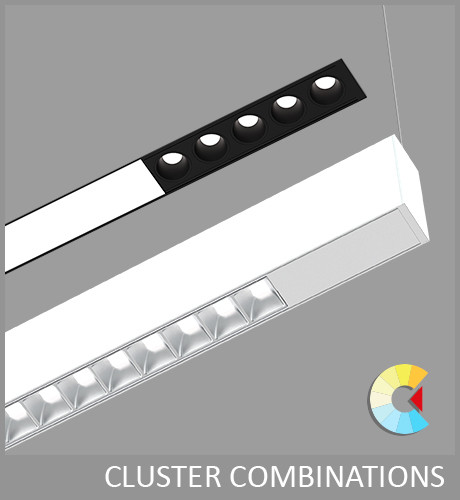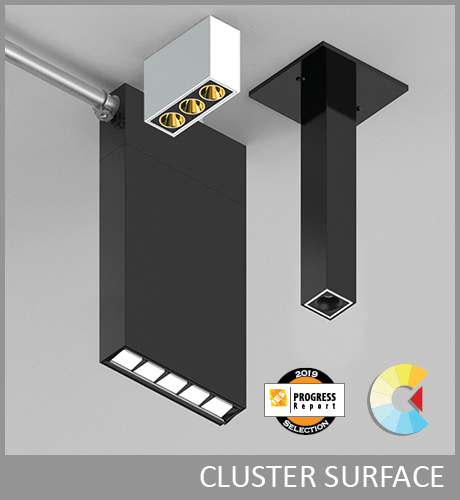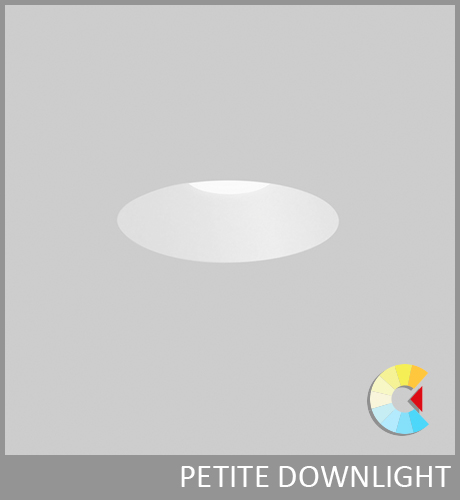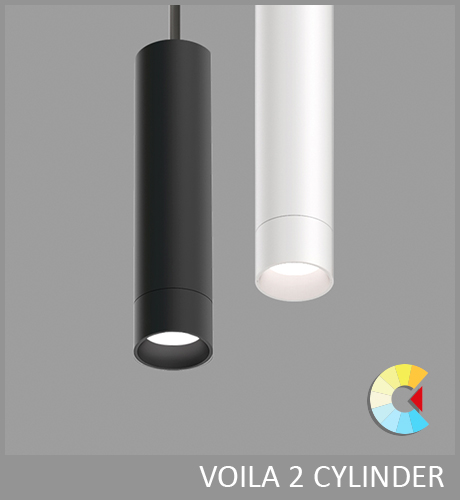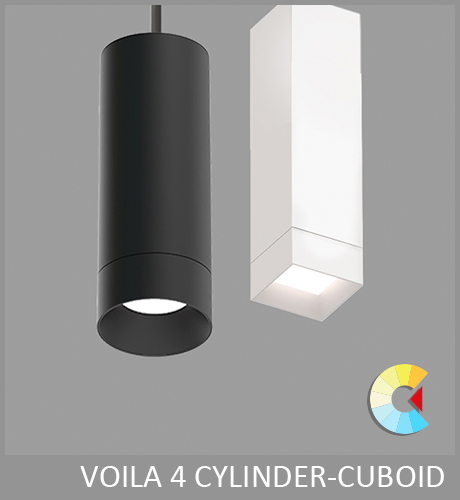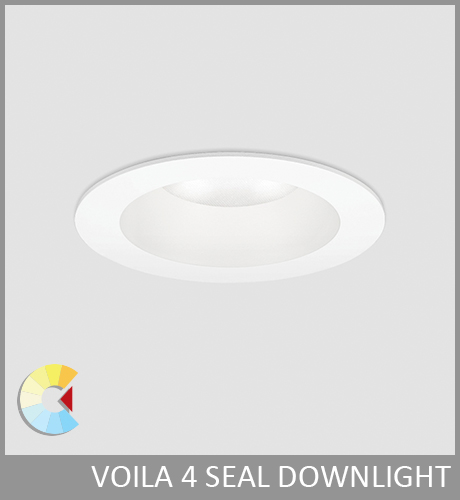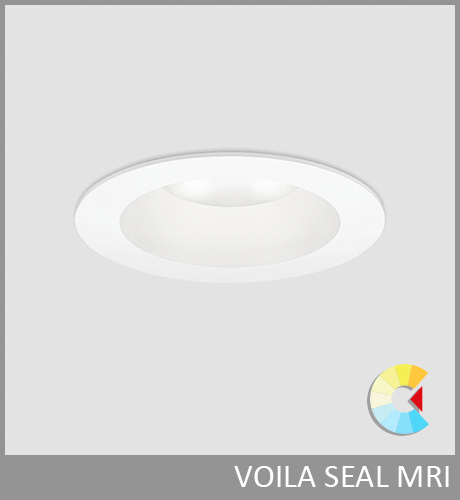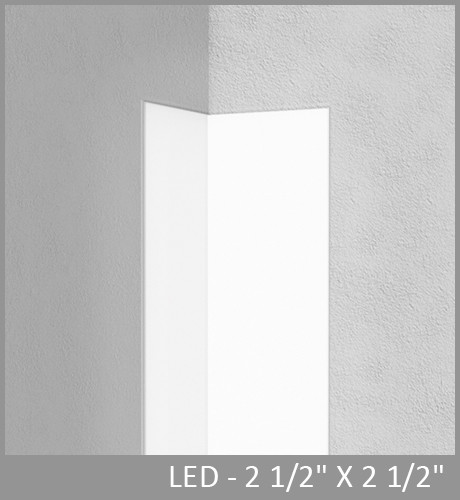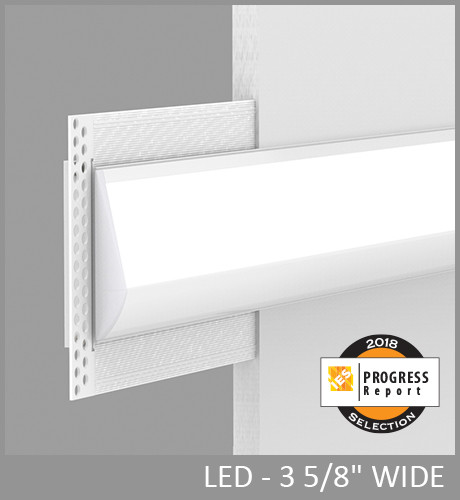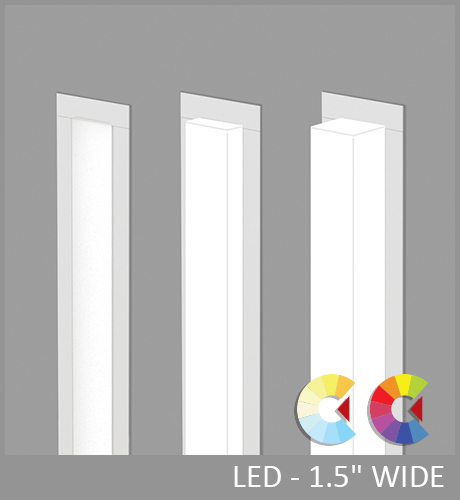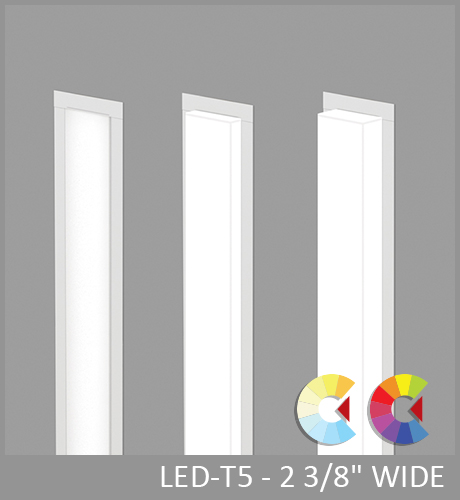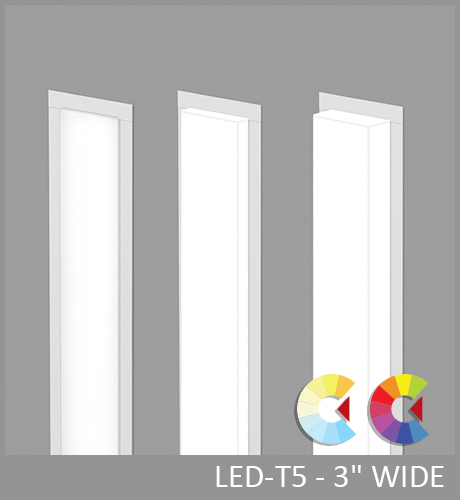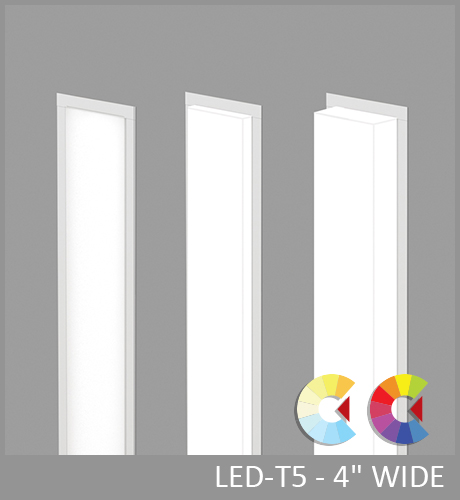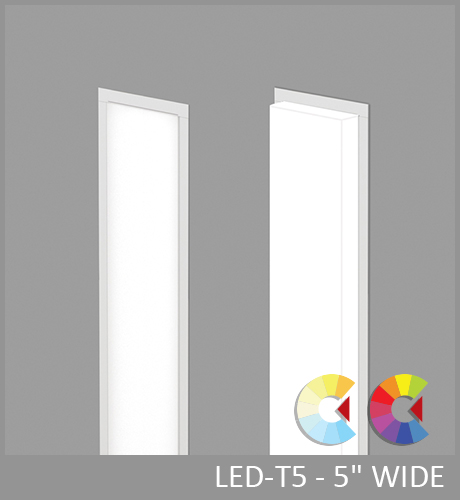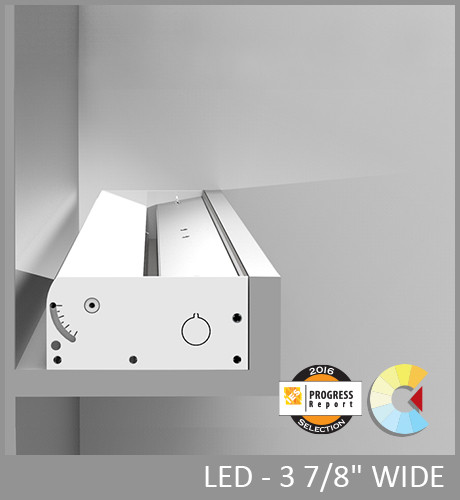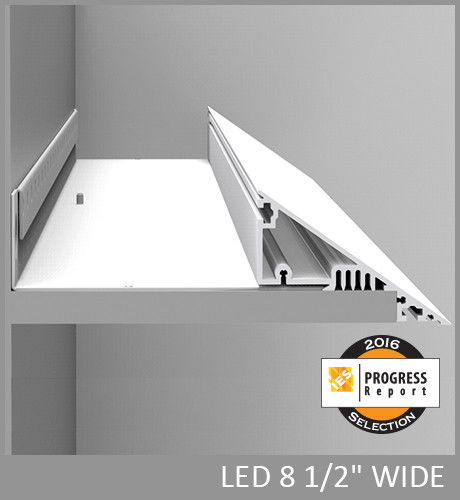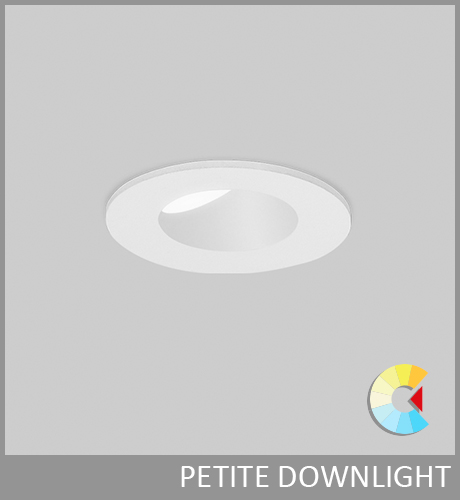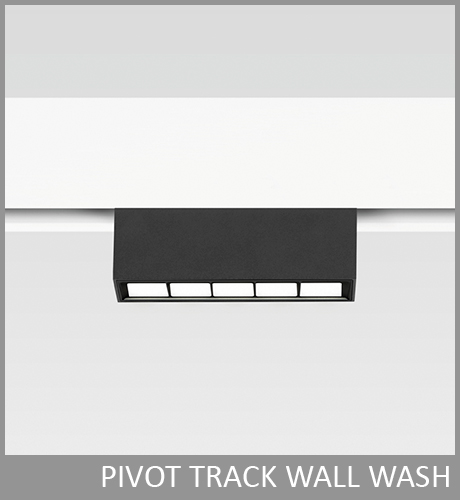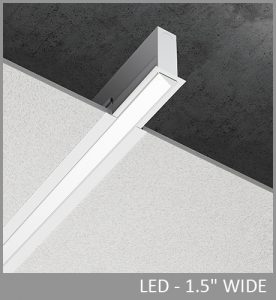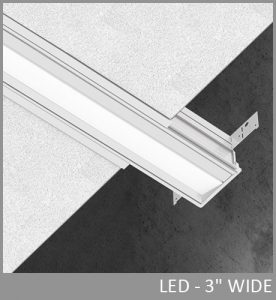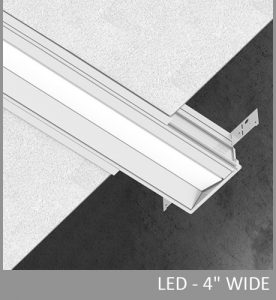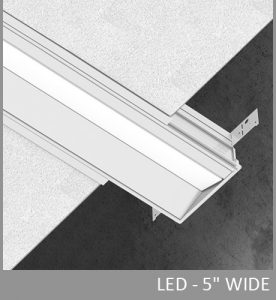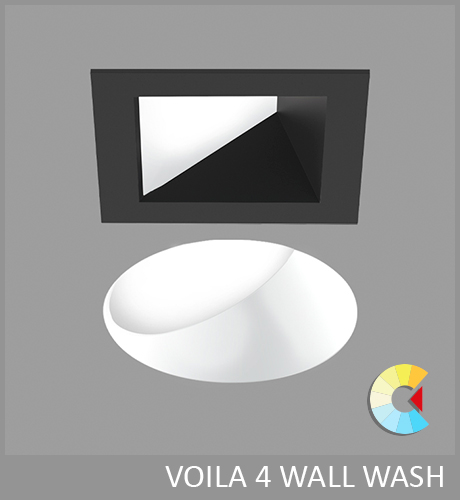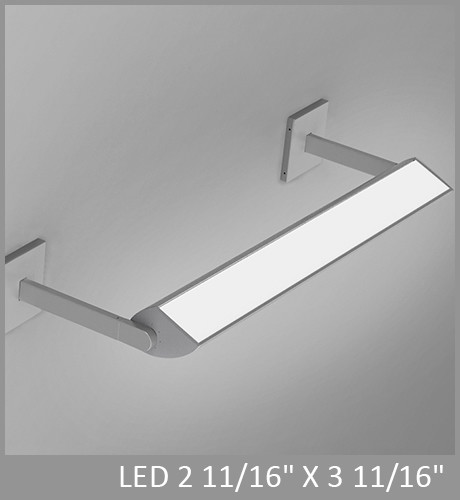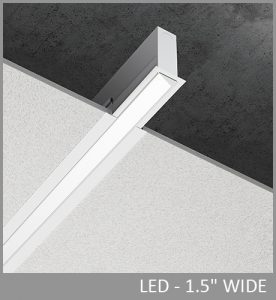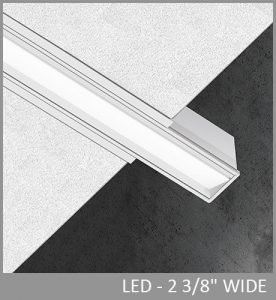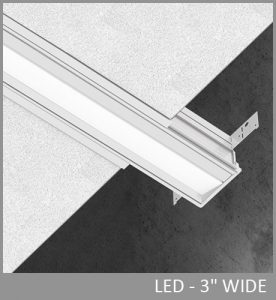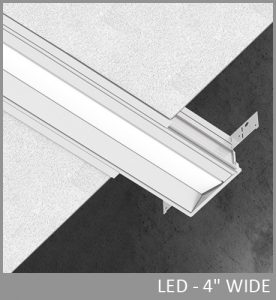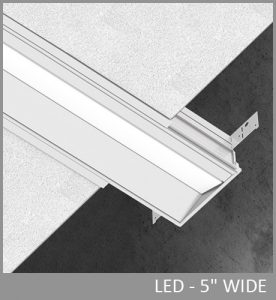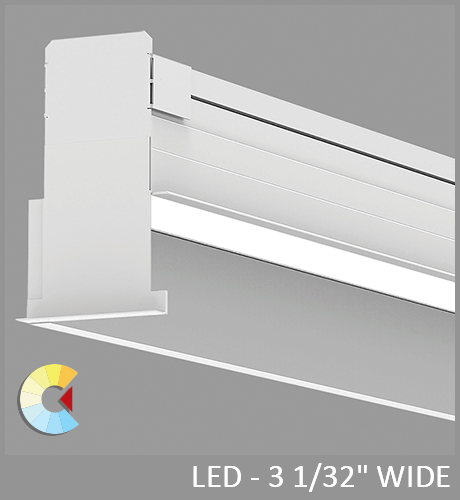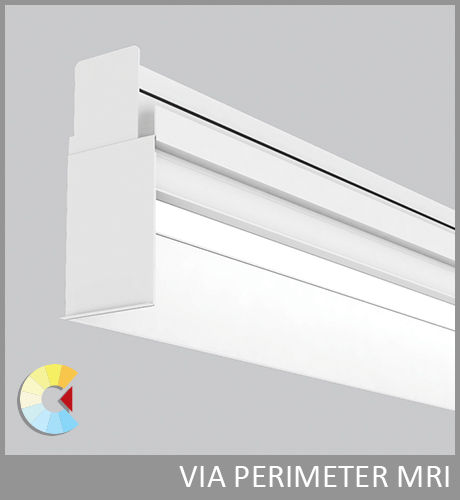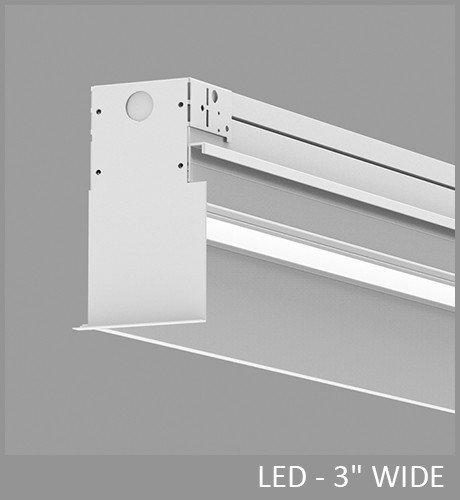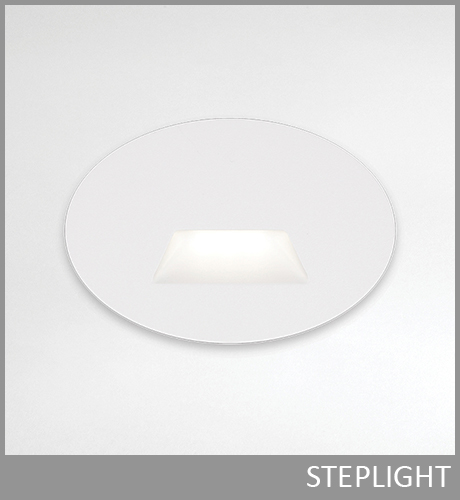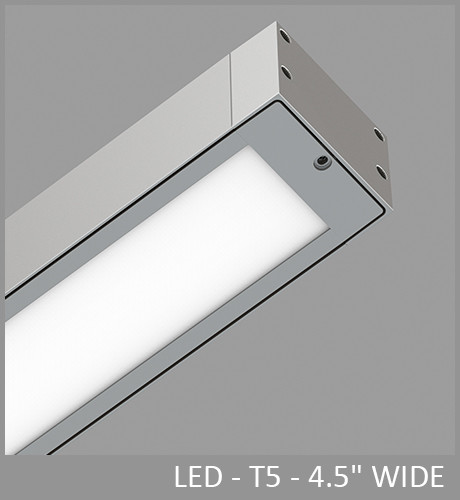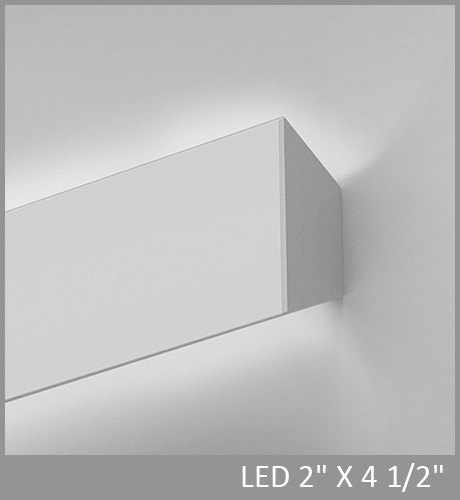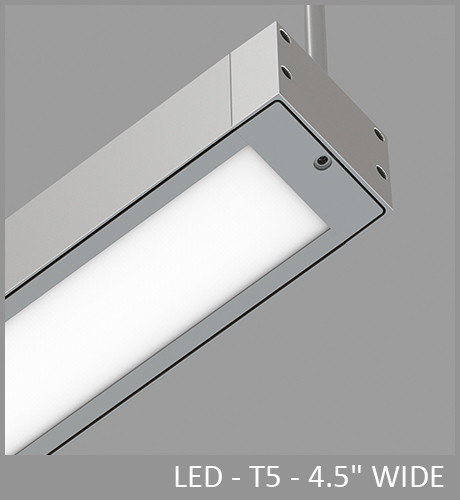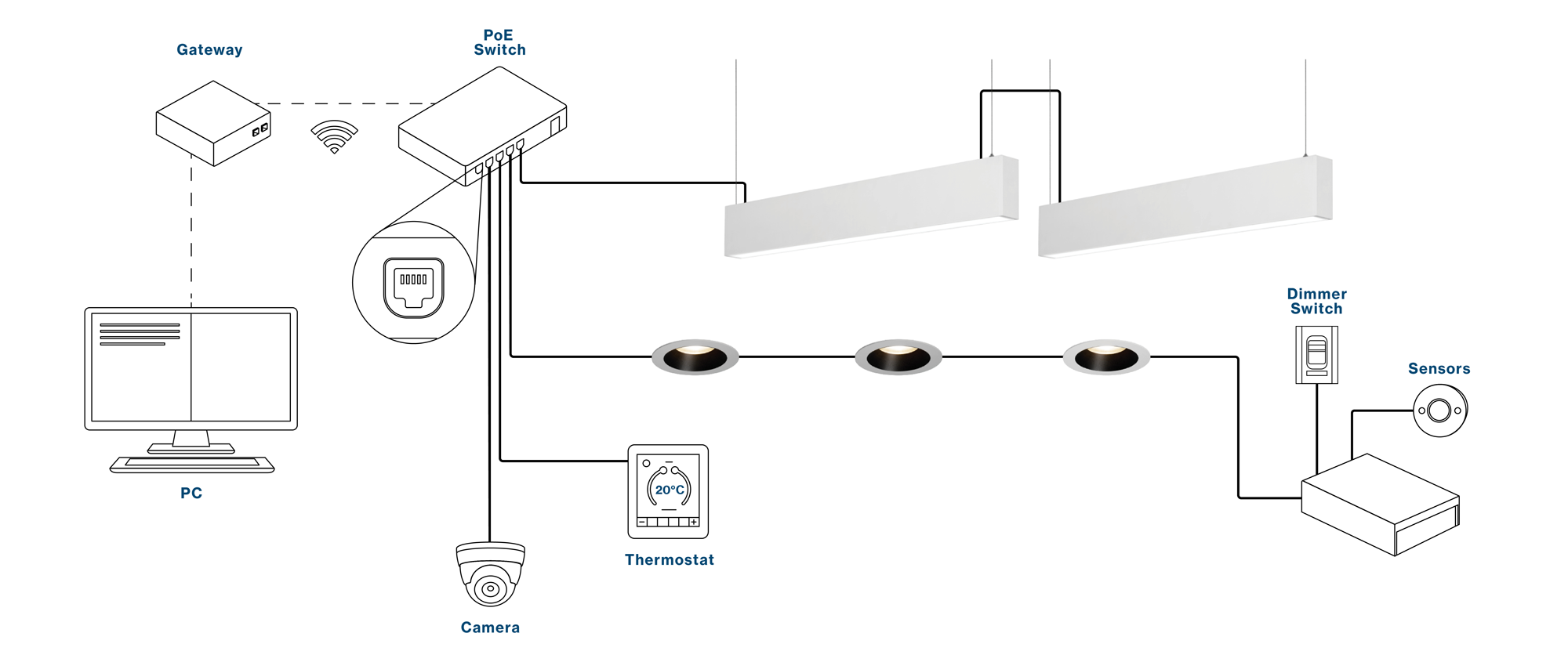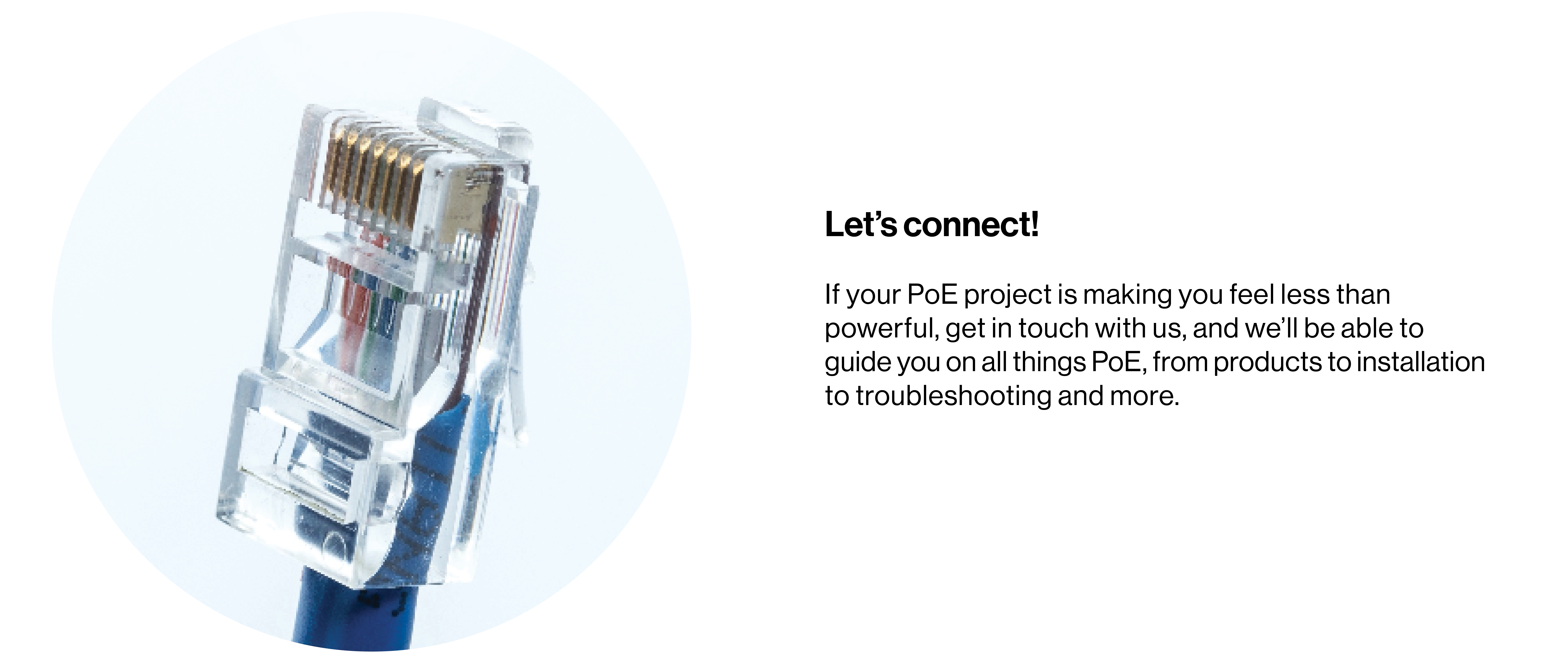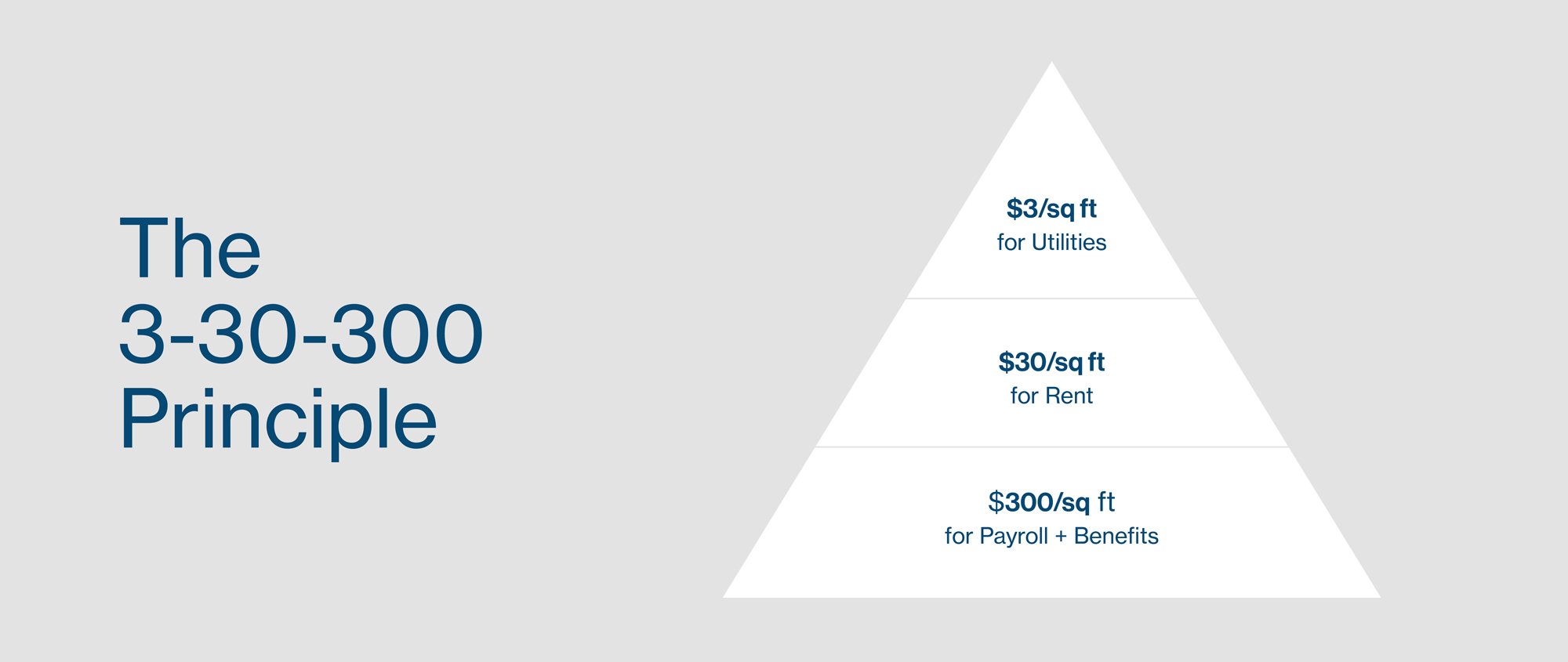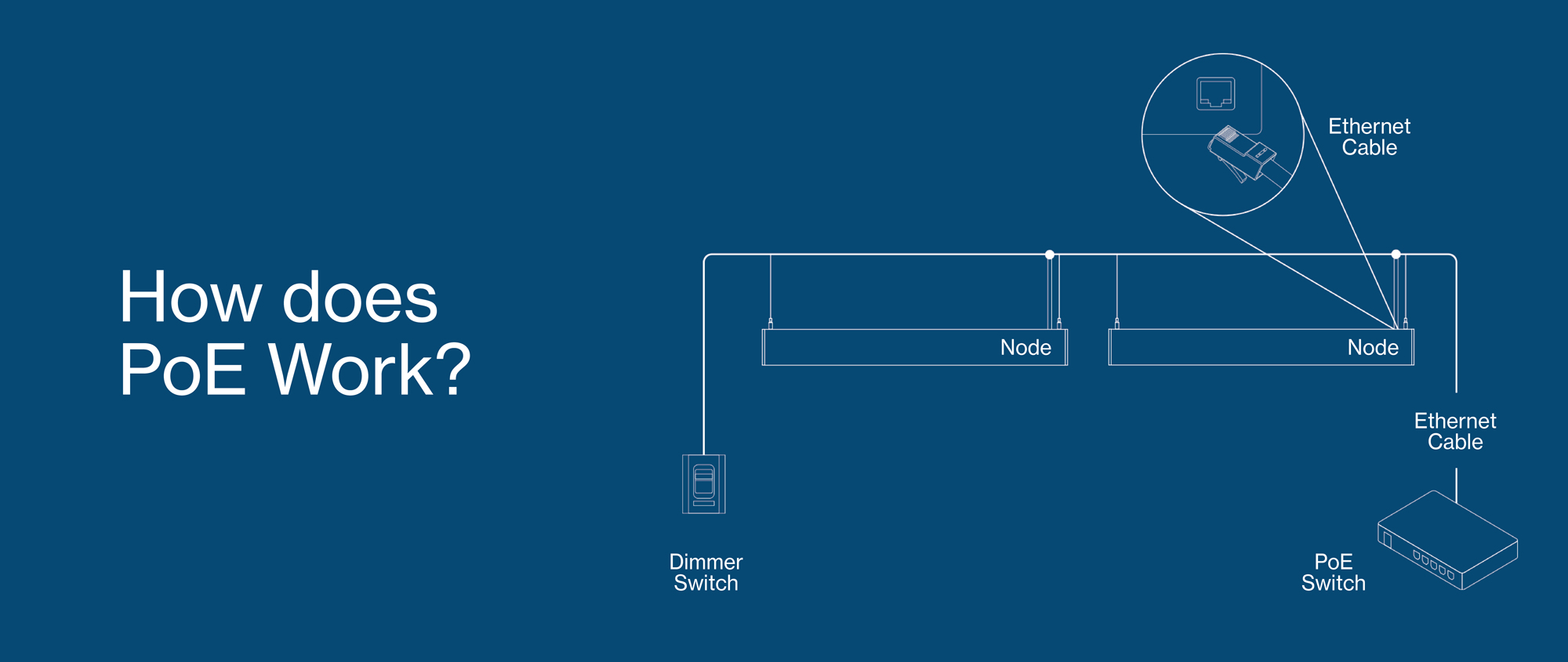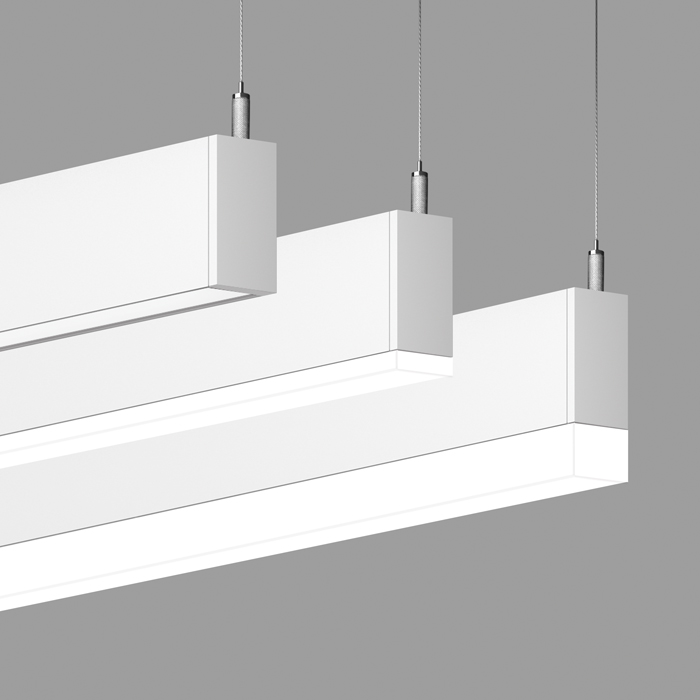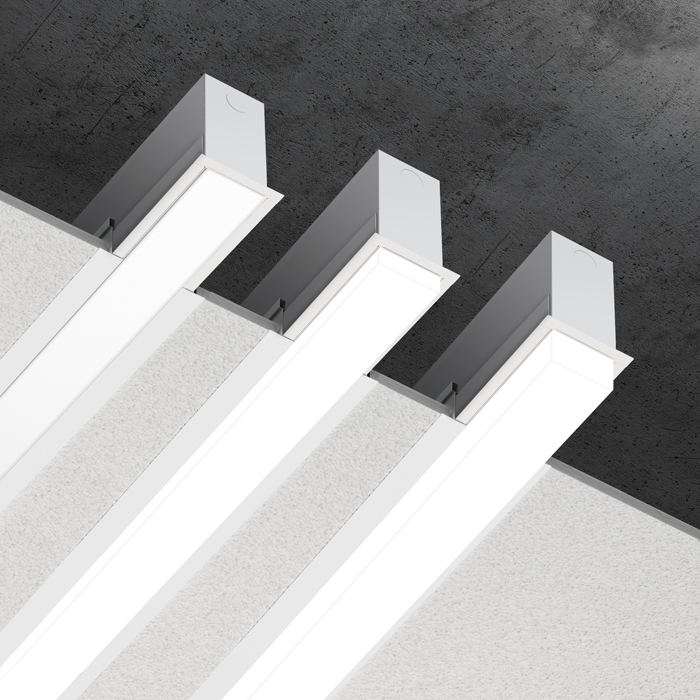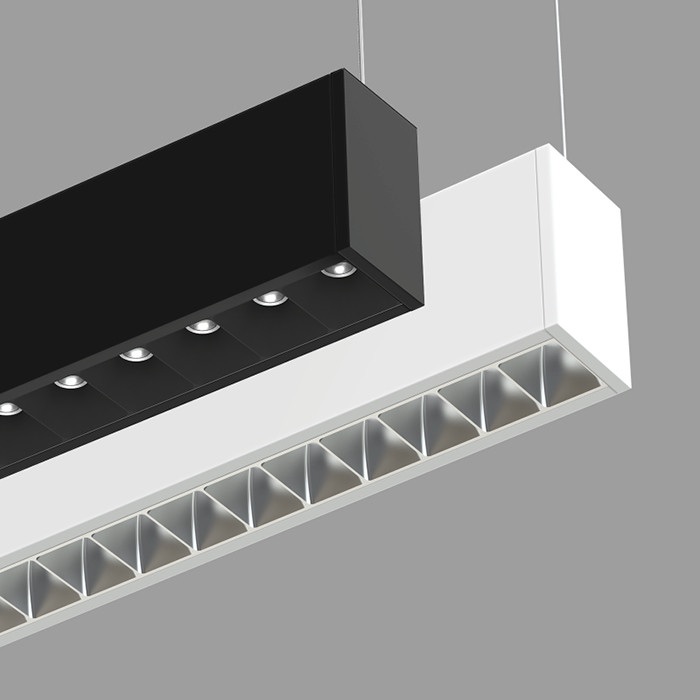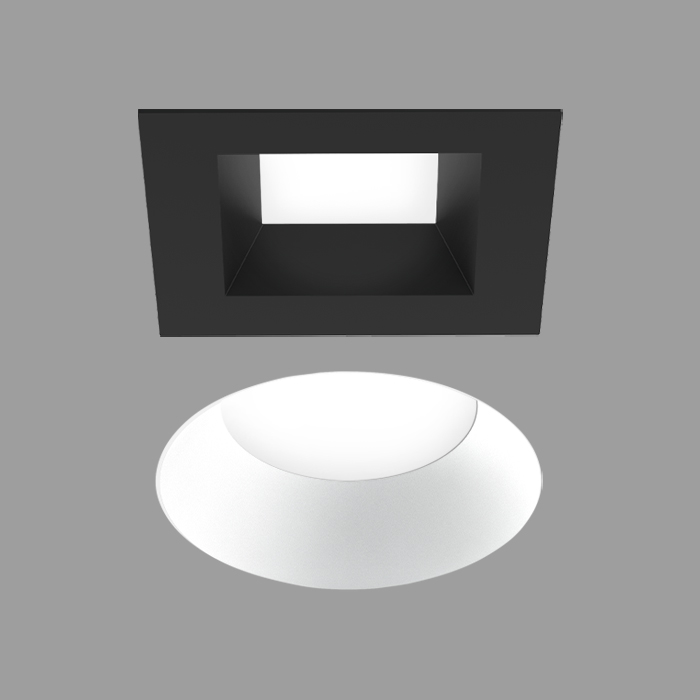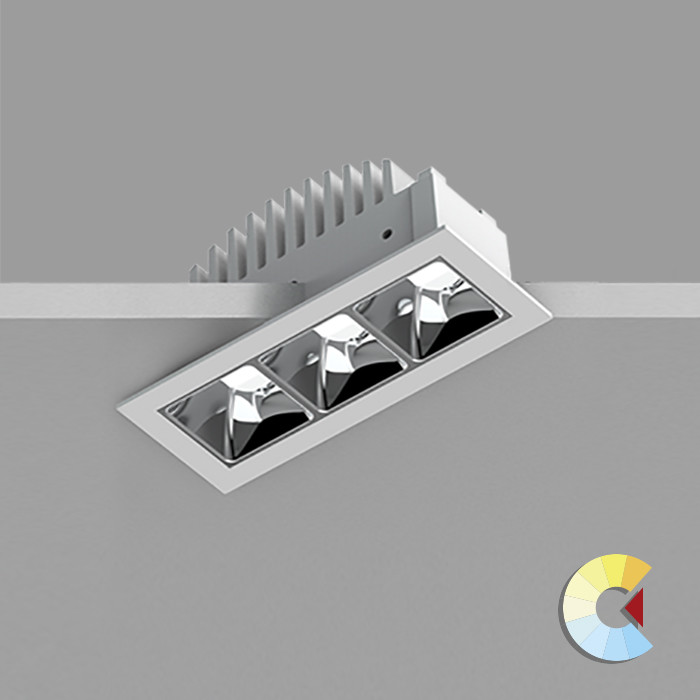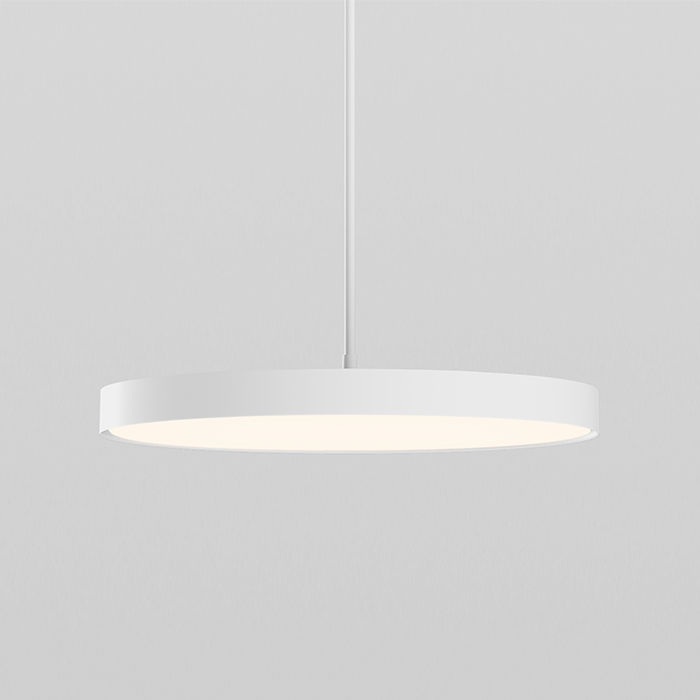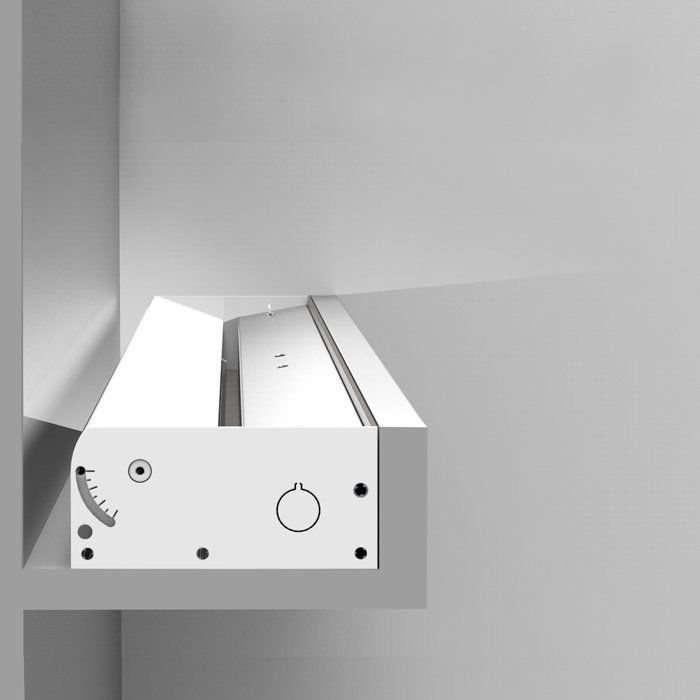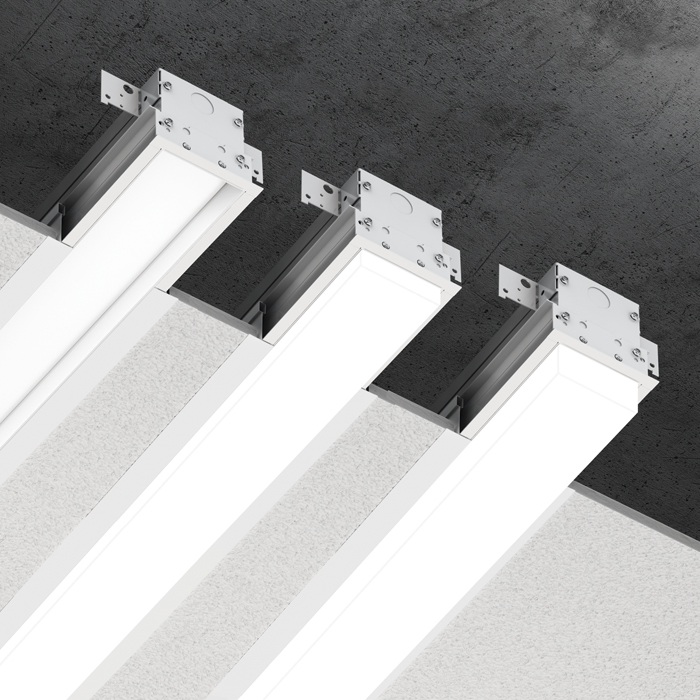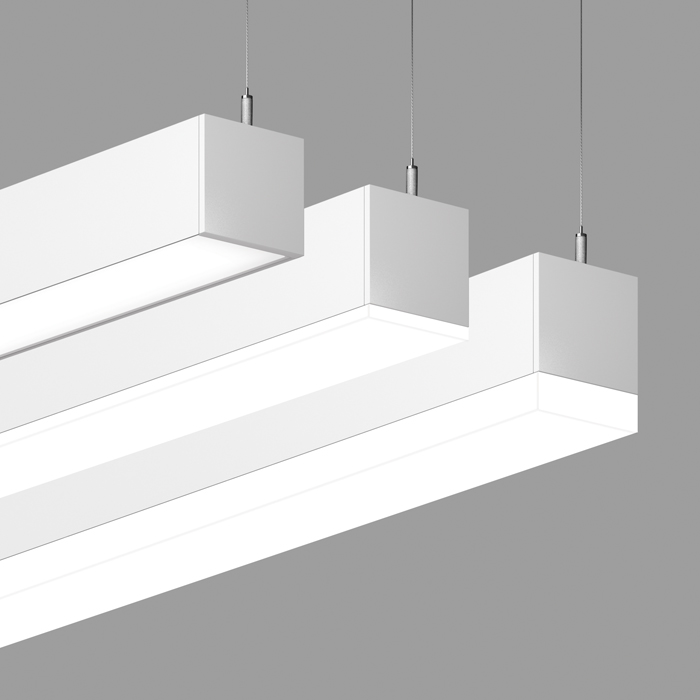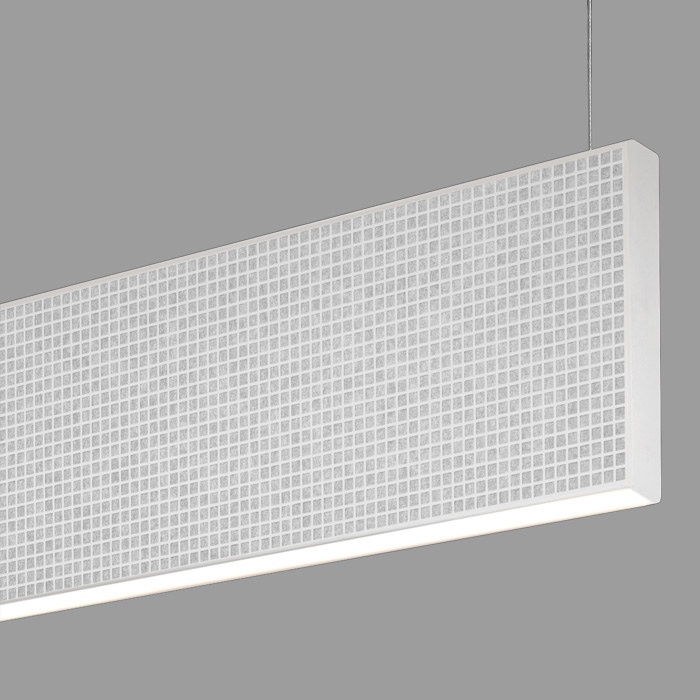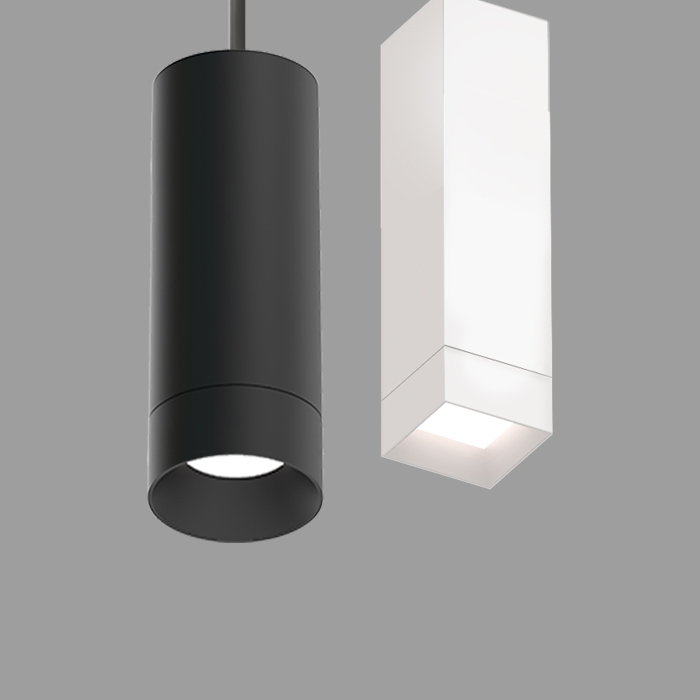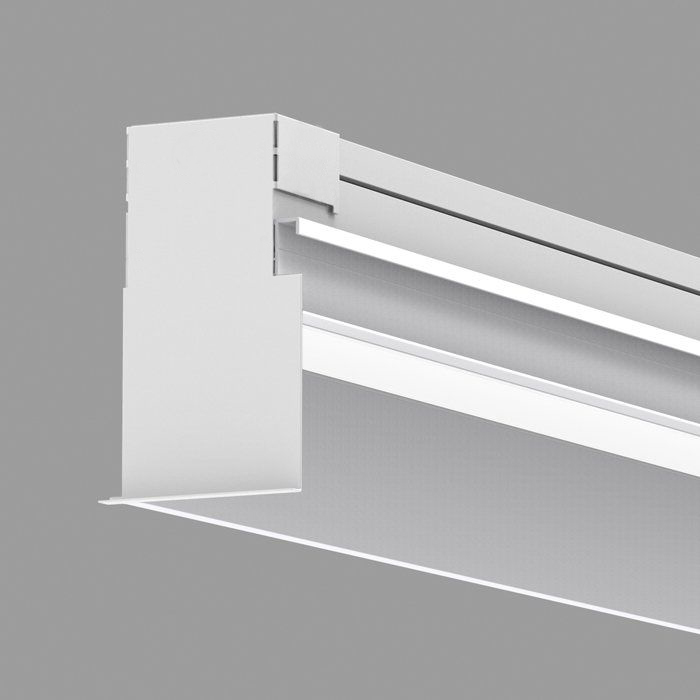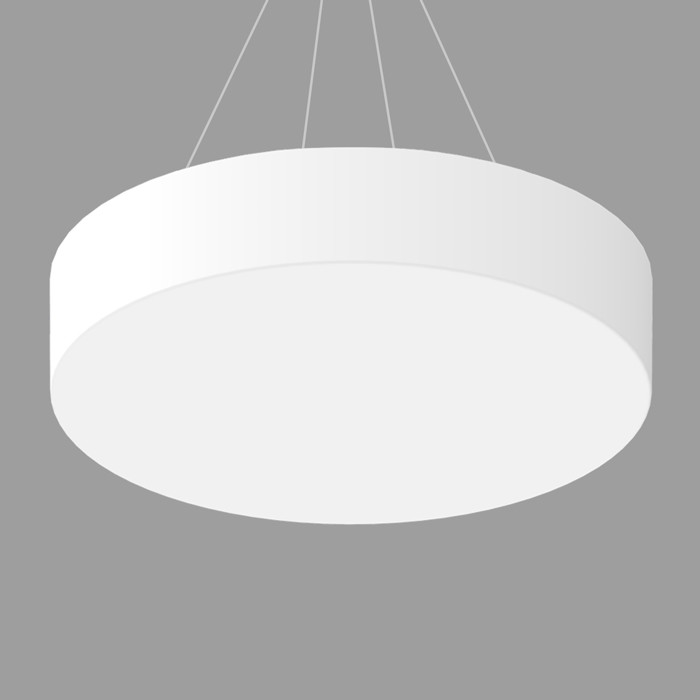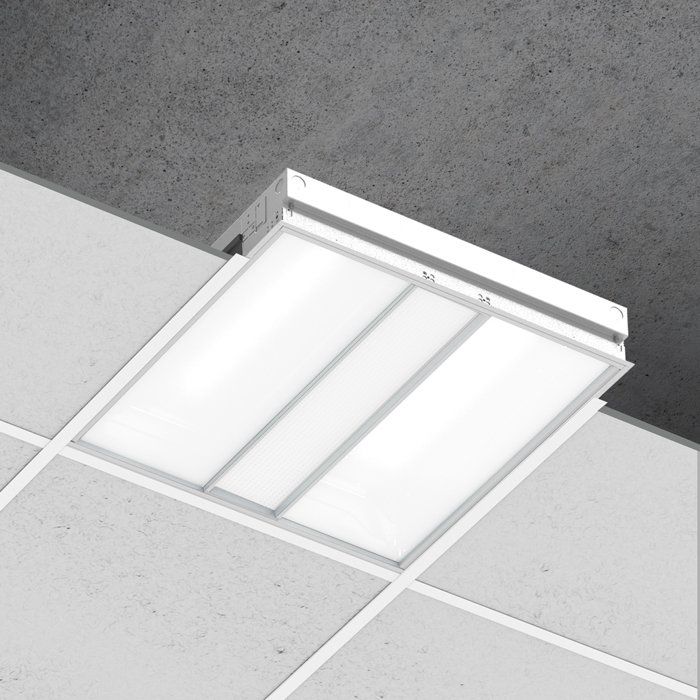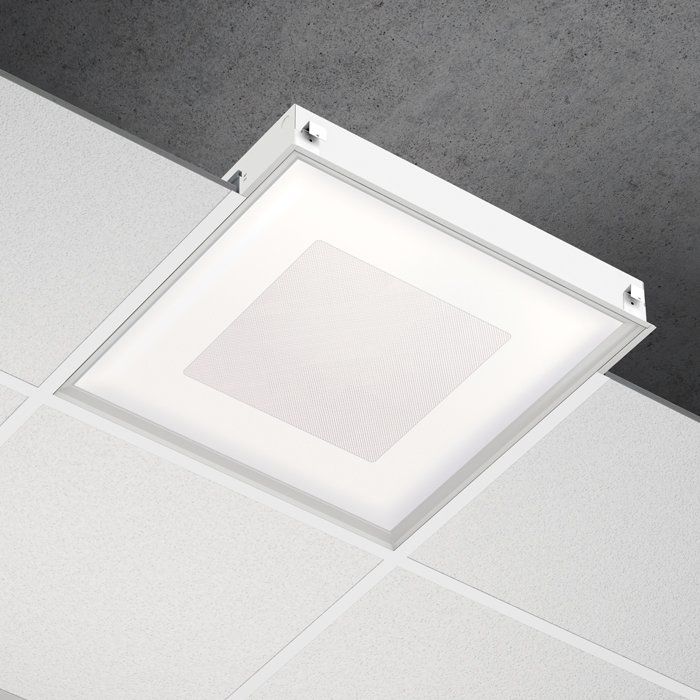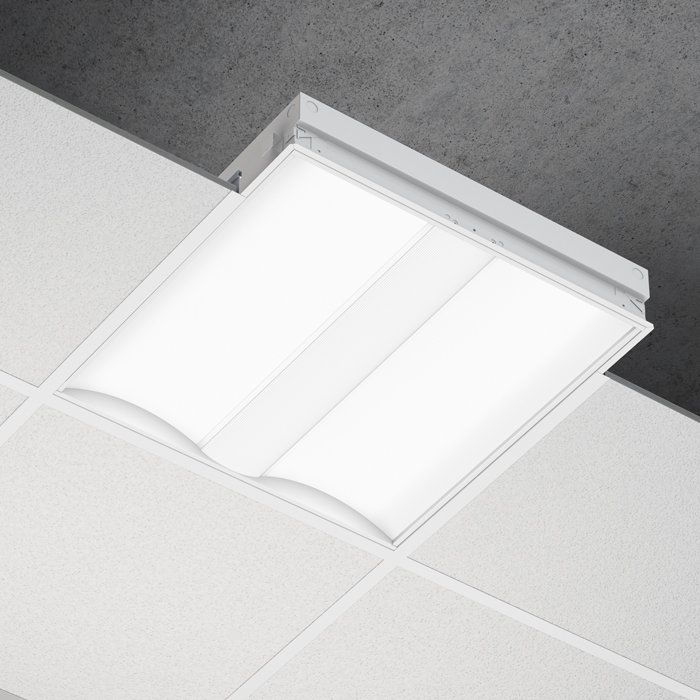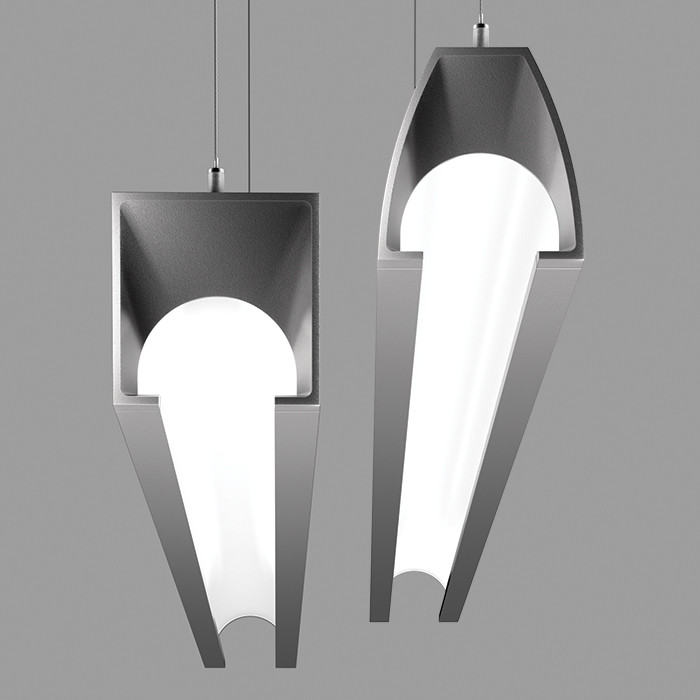- Products
- Product Finder
- DOWNLIGHTS
- RECESSED
- AERA 2″ DEEP
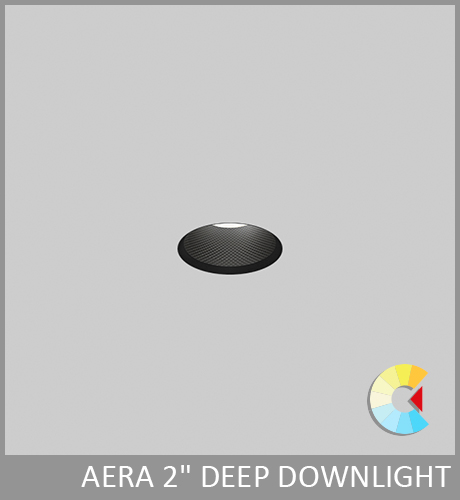
- AERA 2″ DOWNLIGHT
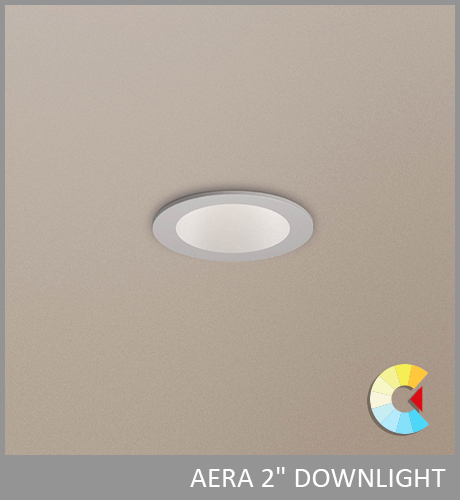
- AERA 3″ DEEP
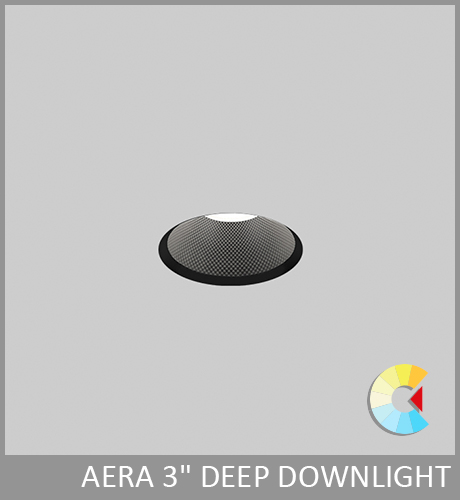
- AERA 3″ DOWNLIGHT
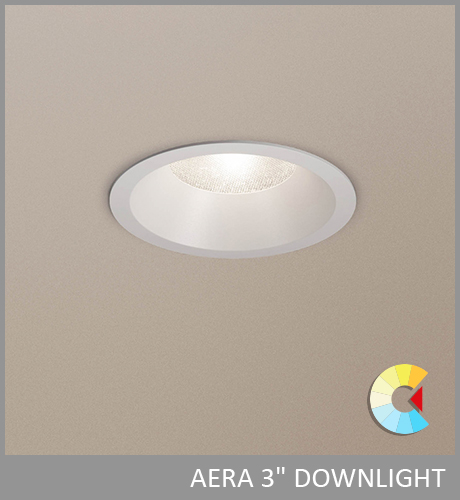
- AERA 3″ FLEX CYLINDER
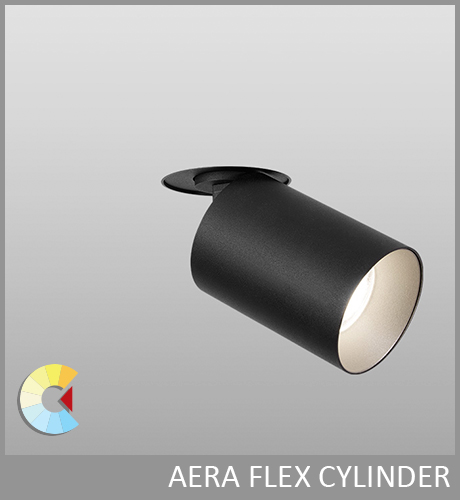
- AERA 4″ DOWNLIGHT
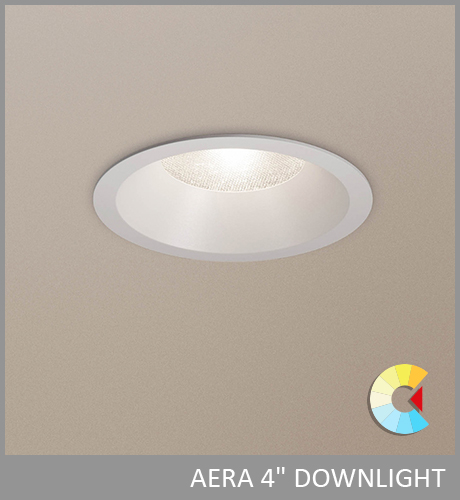
- Aera EchoCore™
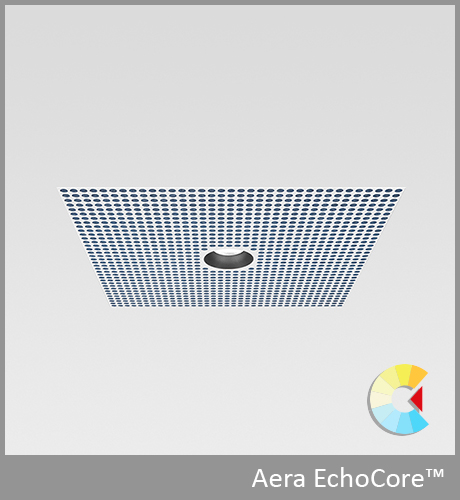
- CAVA
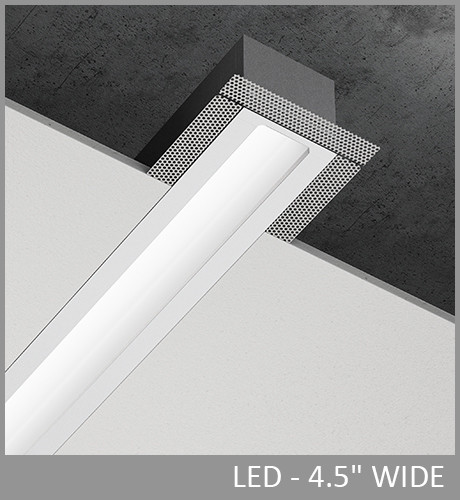
- CAVA-T
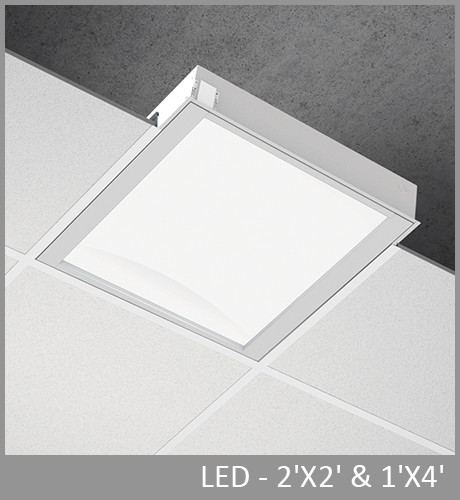
- CLUSTER DOWNLIGHT
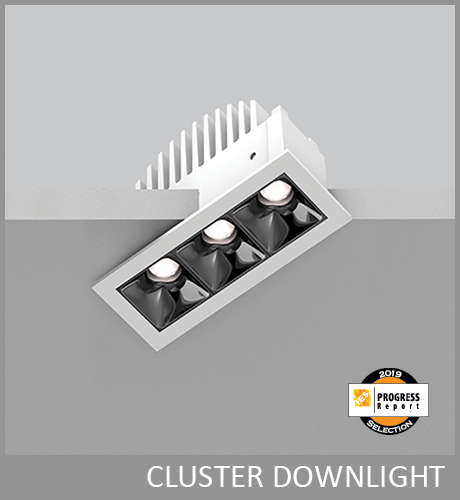
- CLUSTER PARABOLIC
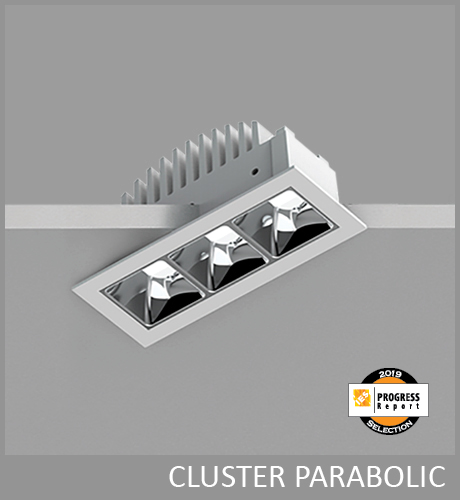
- Cluster Pi
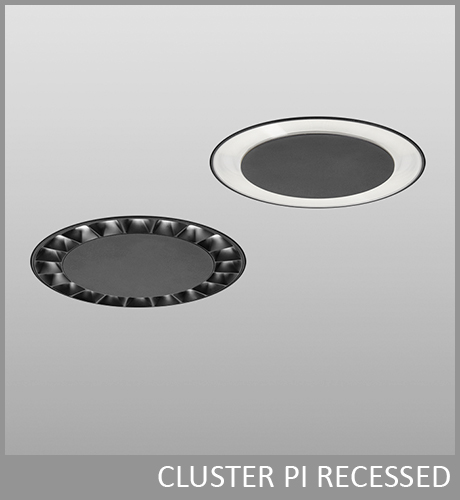
- CLUSTER WALL WASH
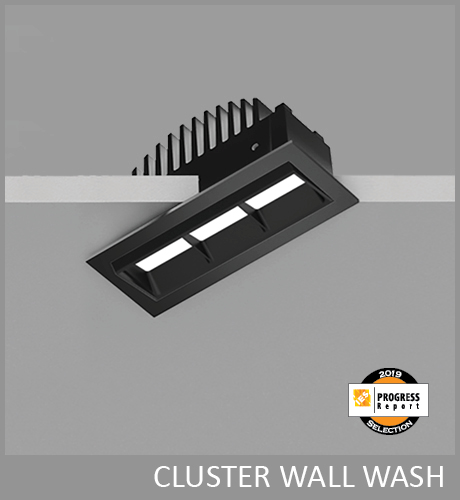
- CURVIA 2 PRISM
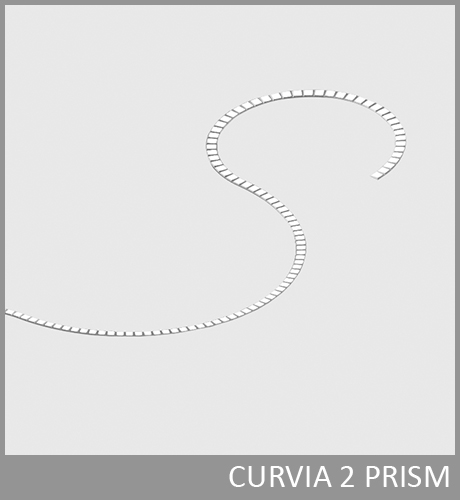
- CURVIA 2, CURVIA 3, CURVIA 4
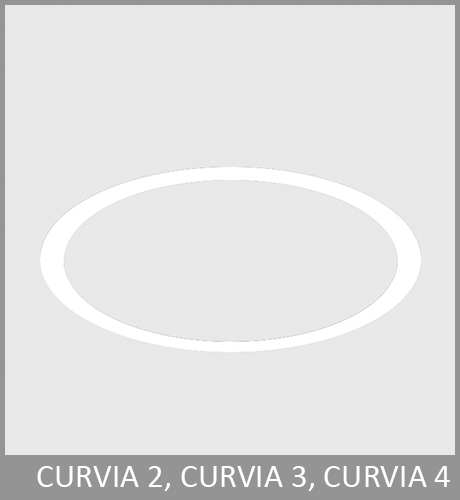
- ECANA 3″ DOWNLIGHT
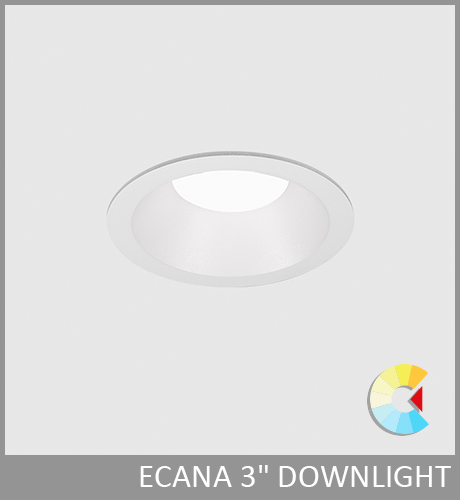
- ECANA 4″ DOWNLIGHT
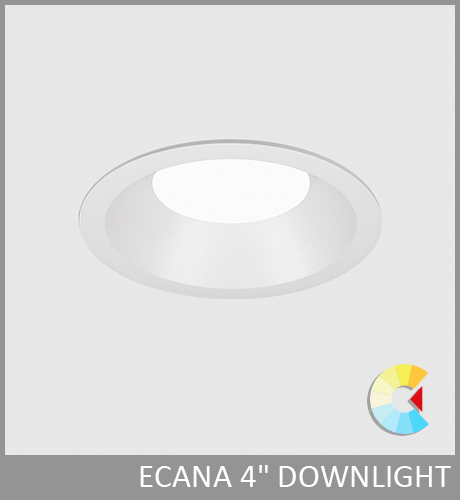
- ECANA 6″ DOWNLIGHT
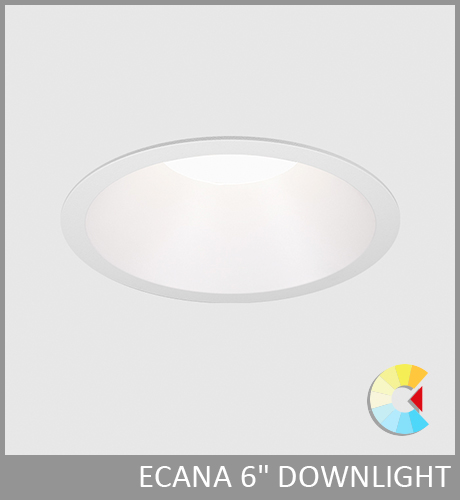
- HEMI
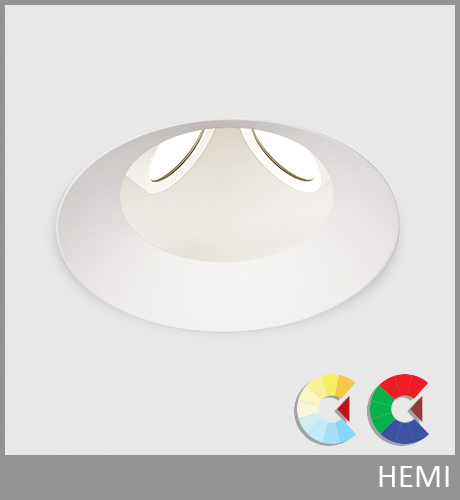
- MEDICO
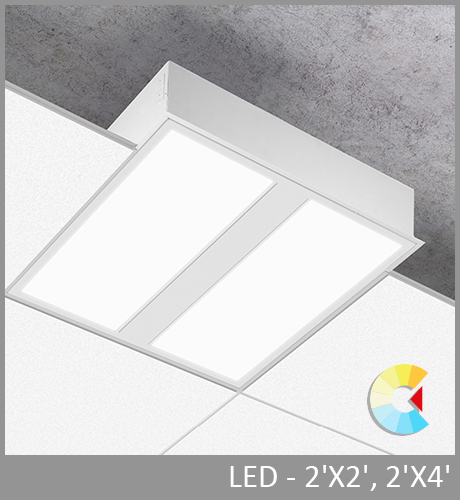
- MEDICO PLUS
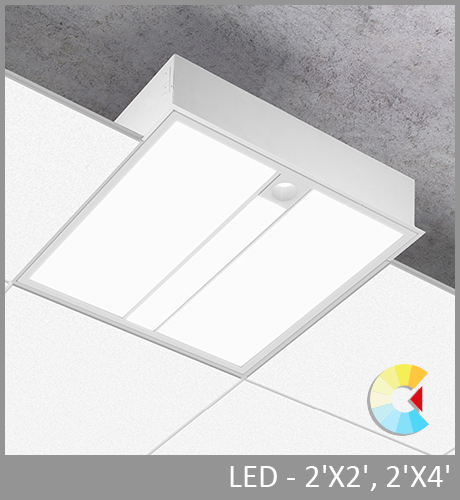
- MIKRO
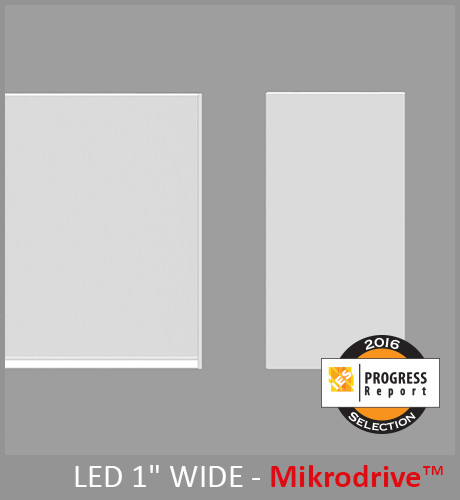
- MINI PIVOT
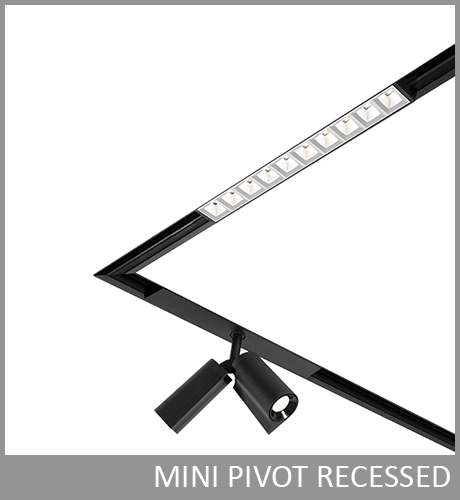
- MINI PIVOT FIXED LINEAR
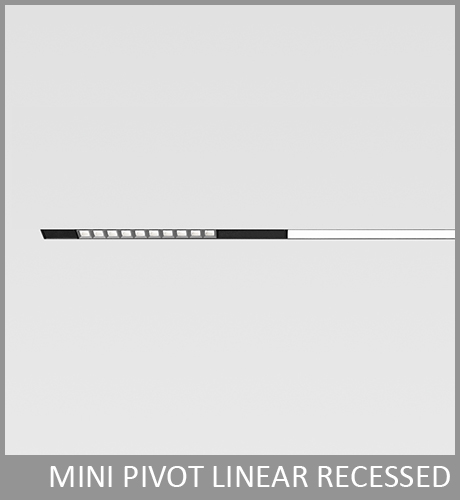
- NOVA
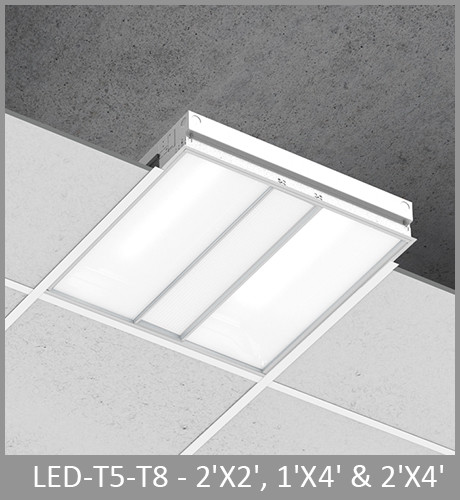
- PIVOT
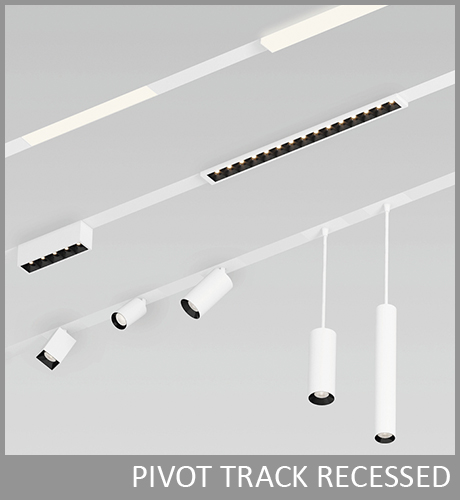
- POLY
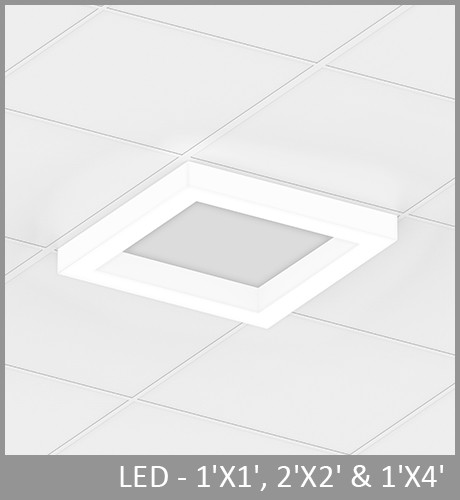
- Pop EchoCore™
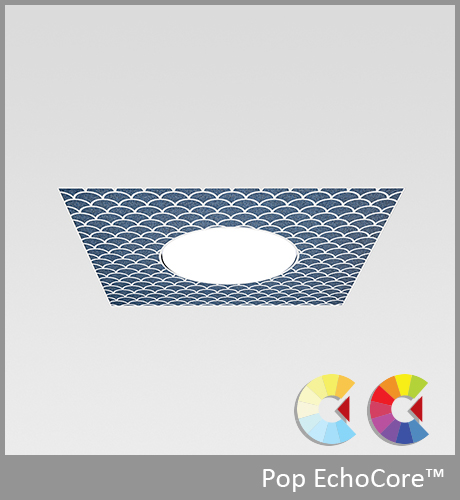
- POP RECESSED
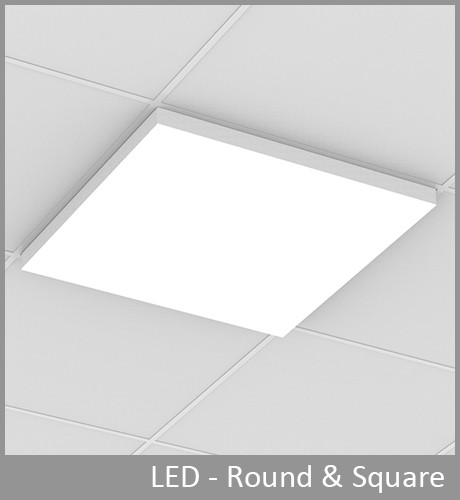
- POP RECESSED ACOUSTIX
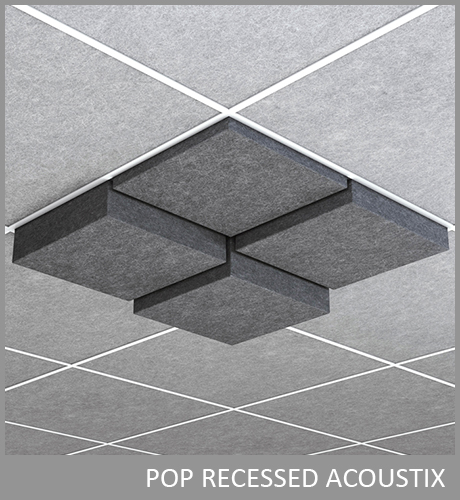
- POP RECESSED REGRESSED ROUND
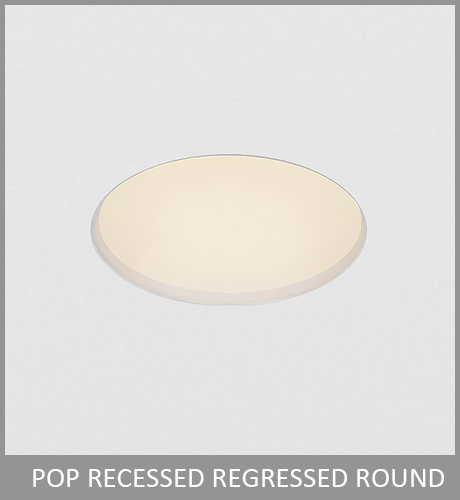
- POP RECESSED REGRESSED SQUARE AND RECTANGULAR
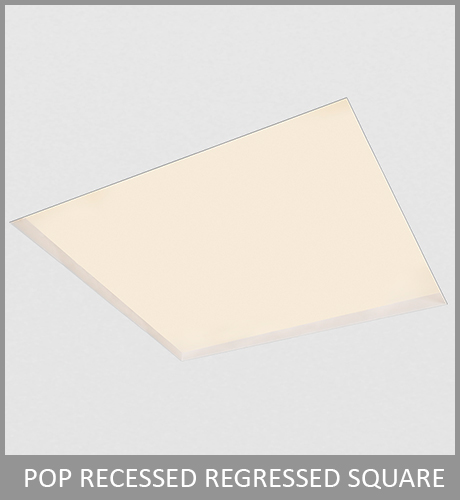
- PRIMO
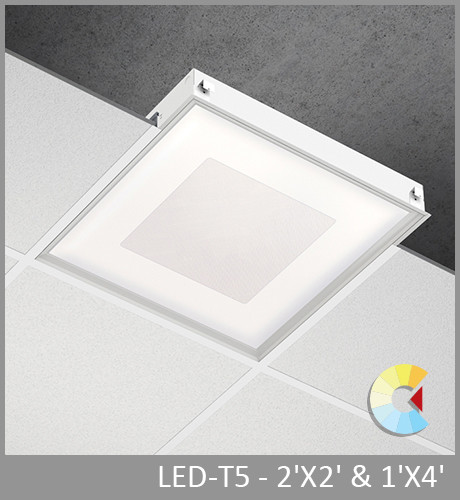
- RIZE
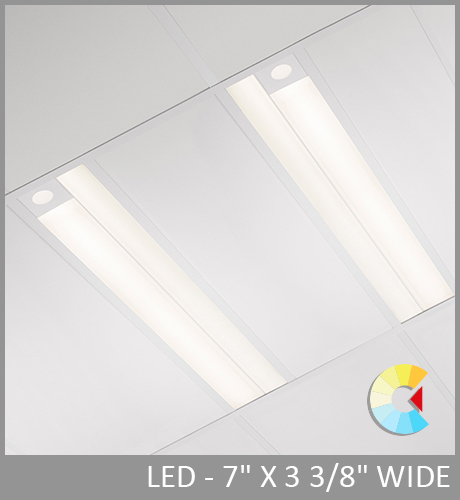
- SHALO 3 S
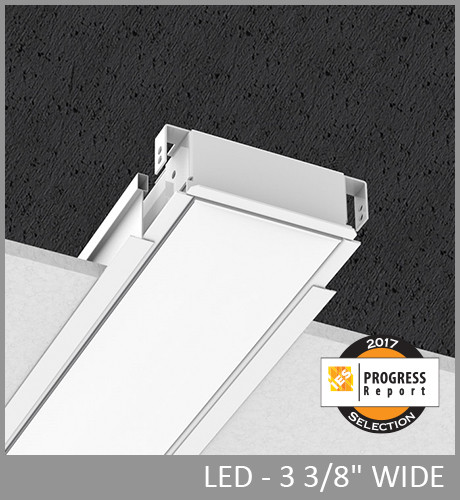
- SHALO 3 V and T
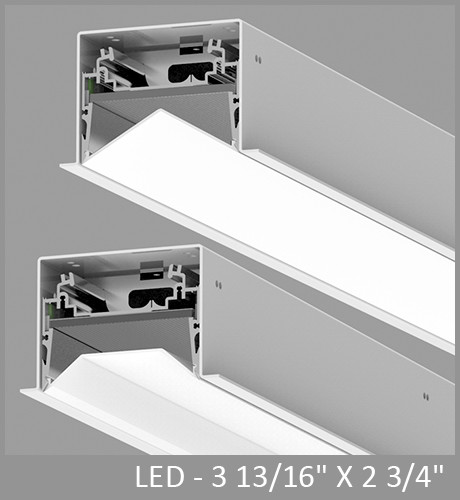
- SHELL ROUND
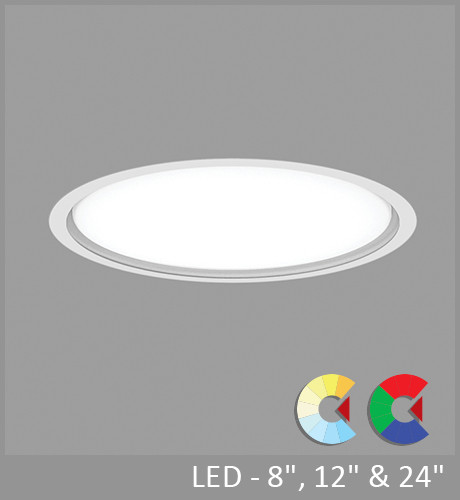
- SHELL SQUARE
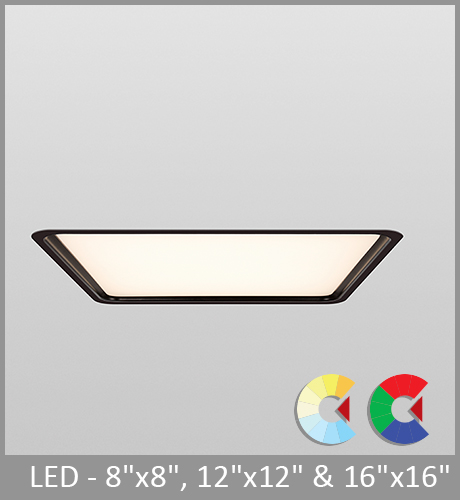
- SIDEVIEW
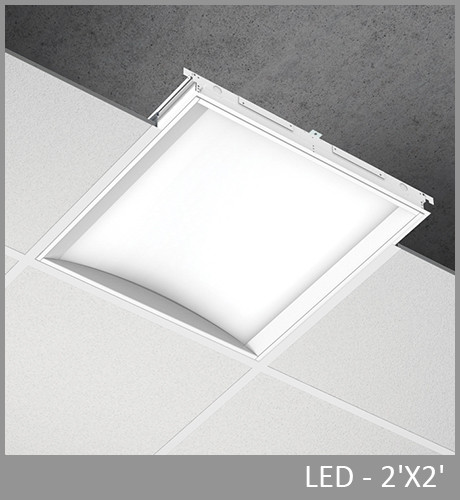
- SQUERO
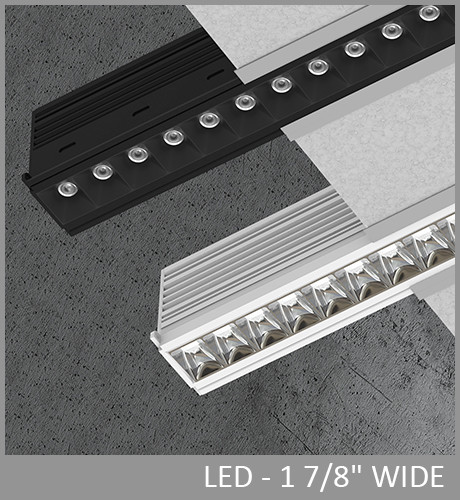
- SQUERO COMBINATIONS
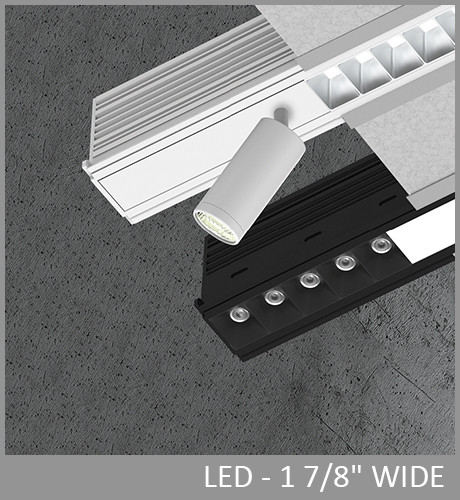
- UBIK
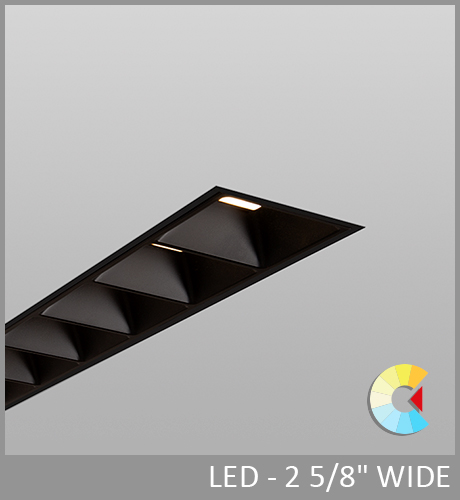
- UBIK COMBINATION
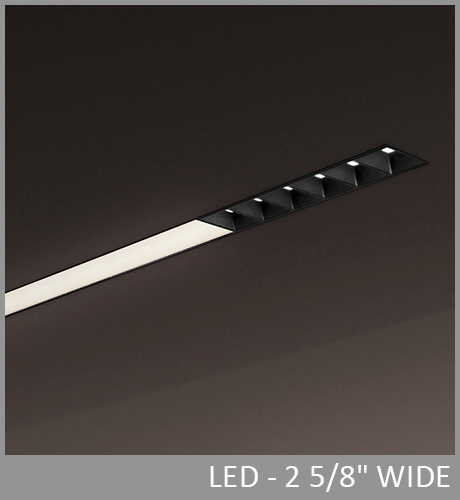
- UBIK CUBE
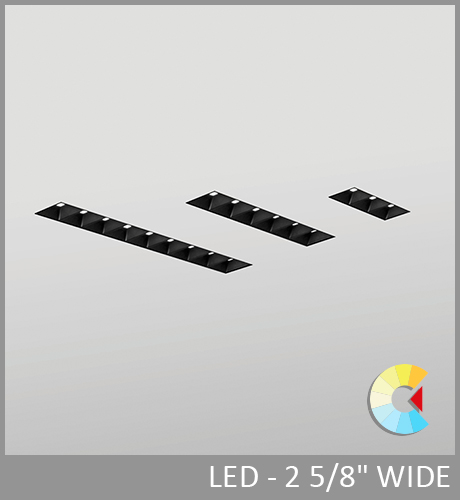
- UBIK PERIMETER
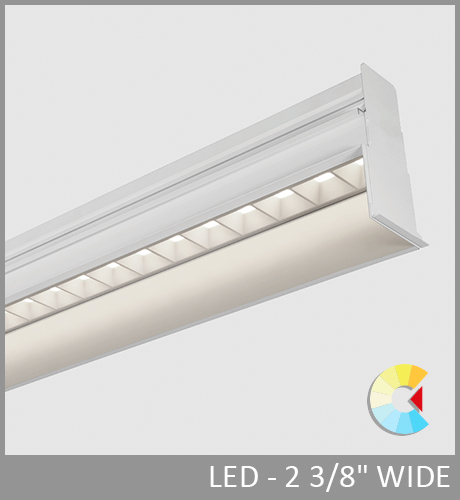
- UBIK SEAL
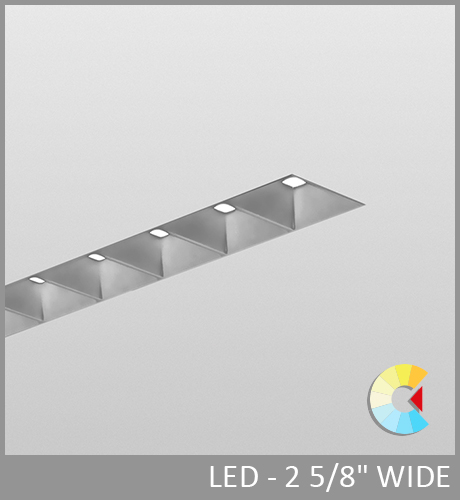
- UBIK SEAL PERIMETER
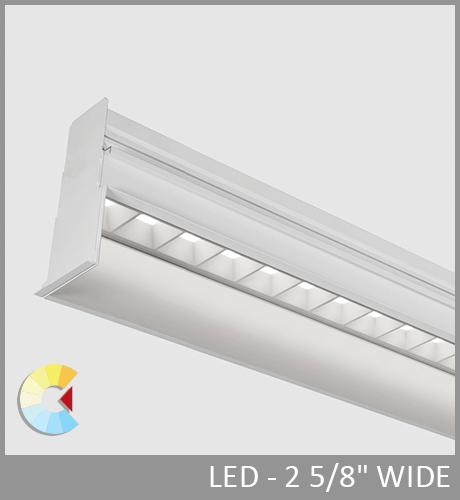
- UBIK SEAL TROFFER
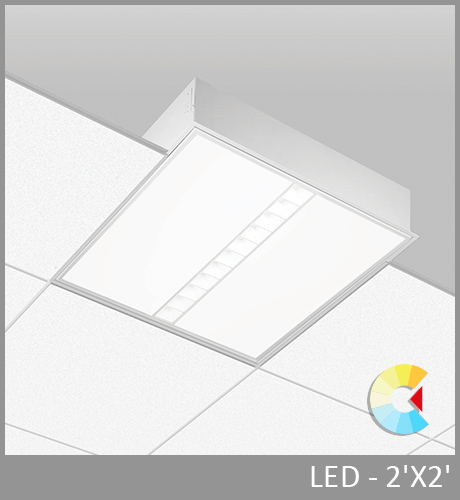
- UBIK TROFFER
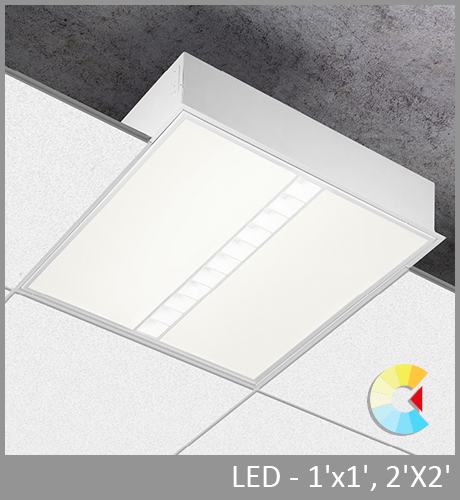
- VEGA
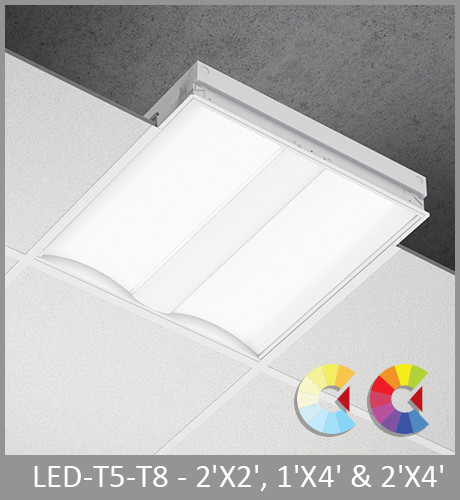
- VIA 1.5
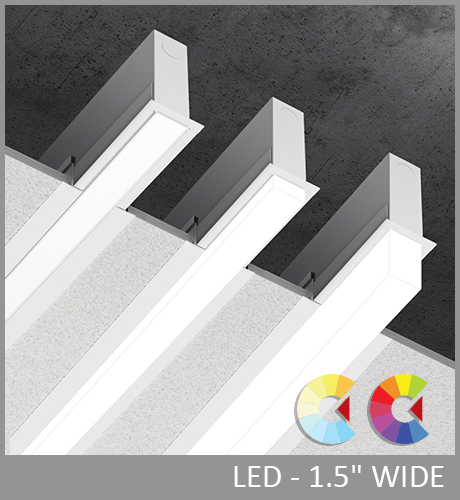
- VIA 2
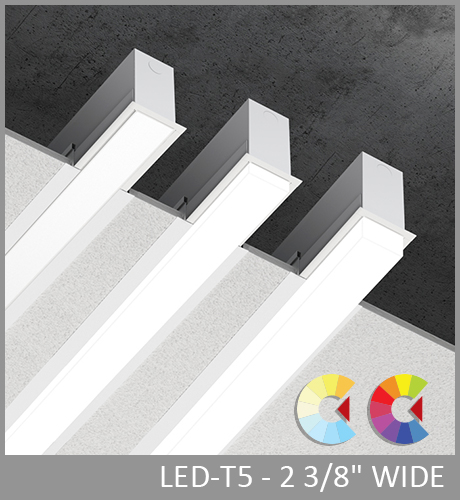
- VIA 2 PRISM
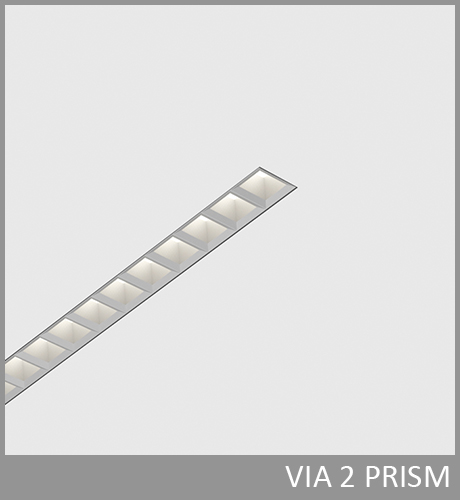
- VIA 2 PRISM COMBINATION

- VIA 3
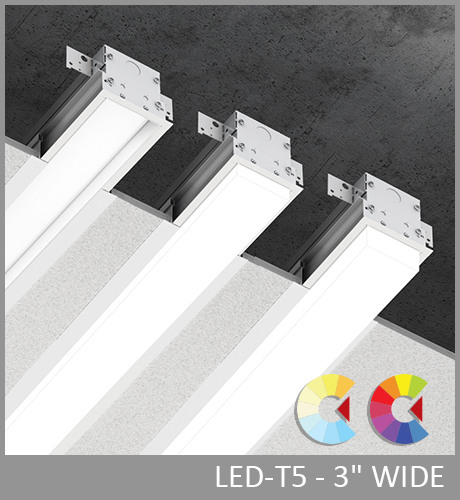
- VIA 4
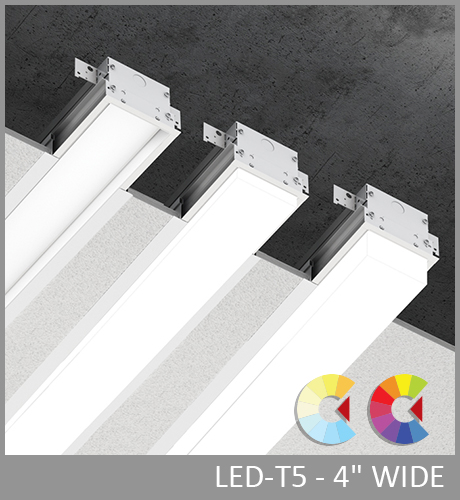
- VIA 5
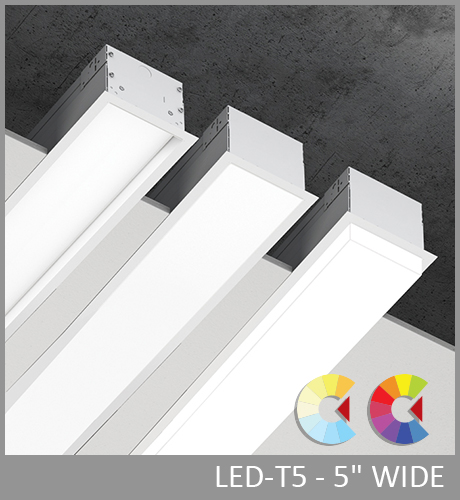
- VIA PERIMETER
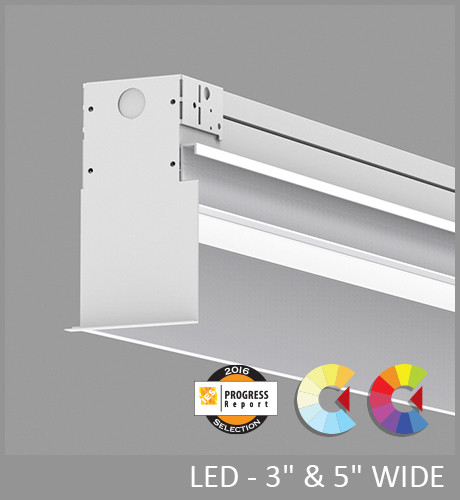
- VIA SEAL
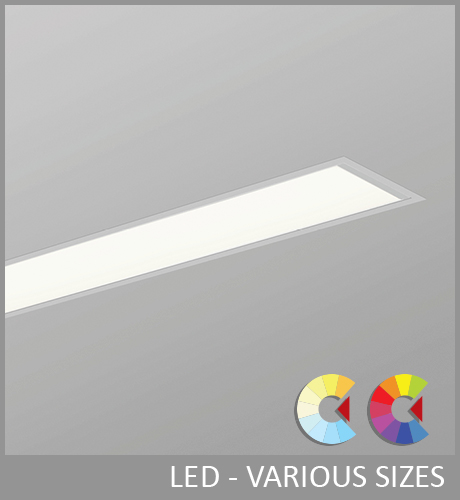
- VIA SKIM
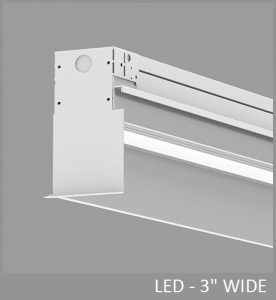
- VIA SPLASH – IP66
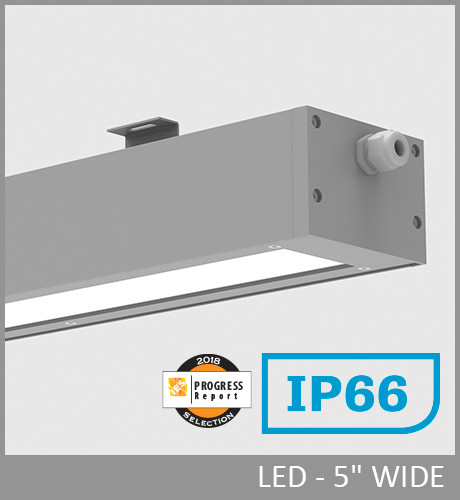
- VIA WET
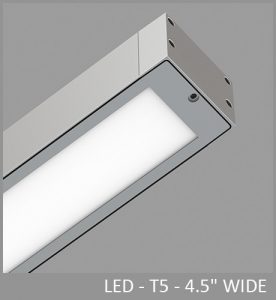
- VOILA 2
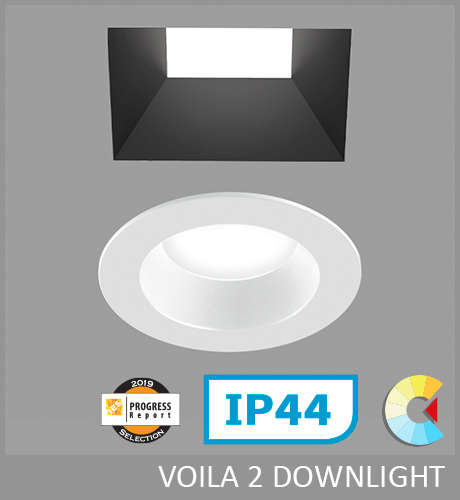
- VOILA 4
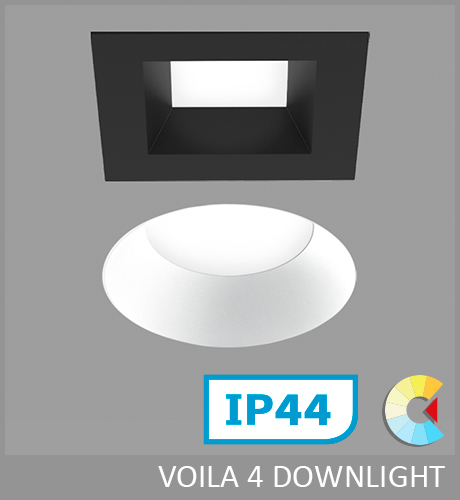
- AERA 2″ DEEP
- SURFACE
- AERA 2″ CYLINDER
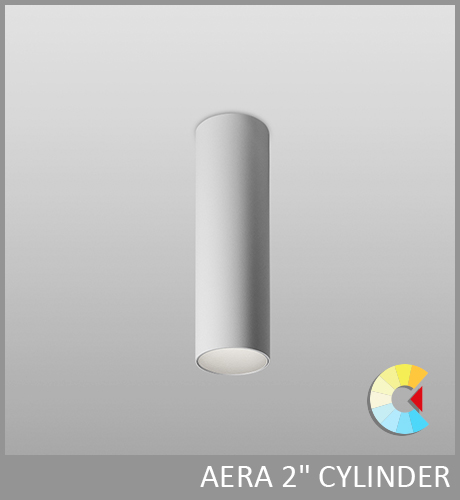
- AERA 3″ CYLINDER
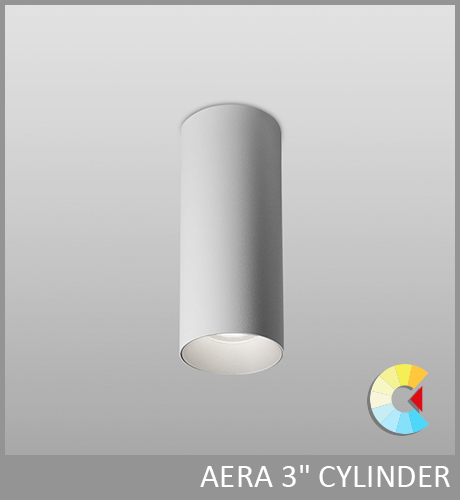
- AERA 3″ FLEX CYLINDER
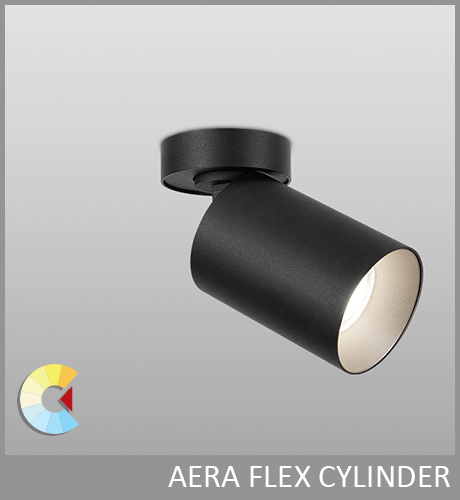
- AERA 4″ CYLINDER
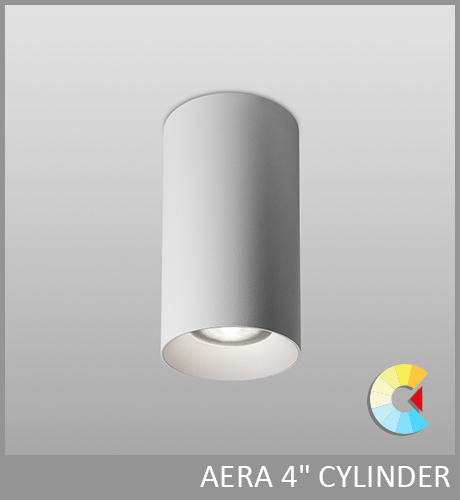
- AERA 4″ SEAL CYLINDER
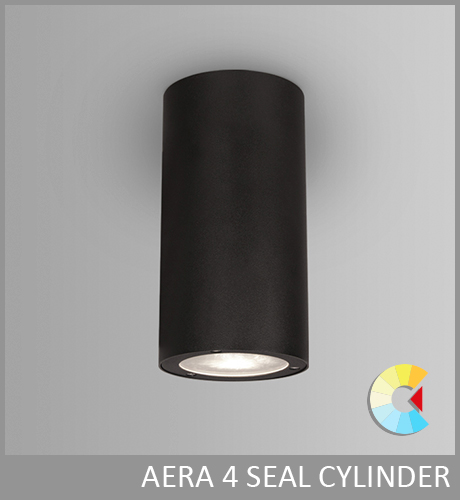
- AERA 5″ CYLINDER
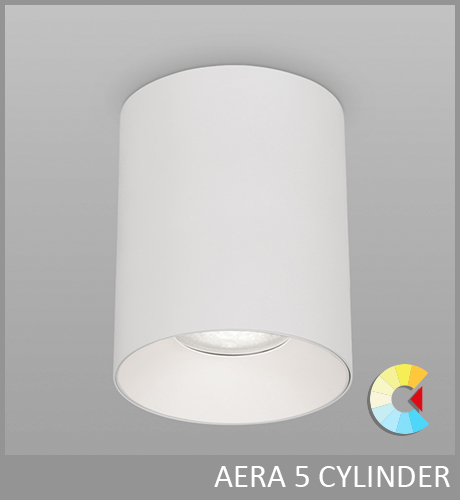
- AERA INFLEX CYLINDER
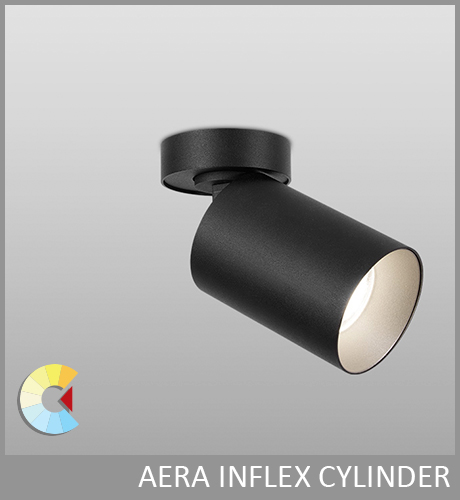
- CAVA
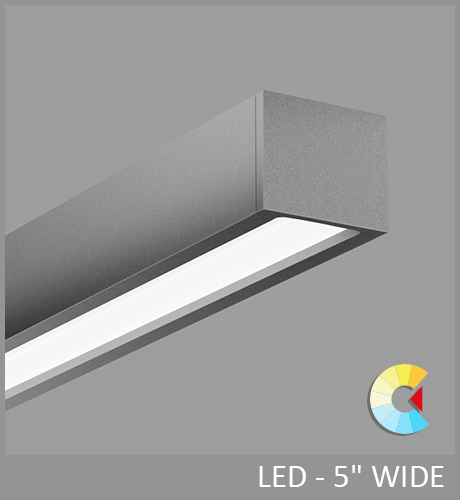
- Cluster Pi
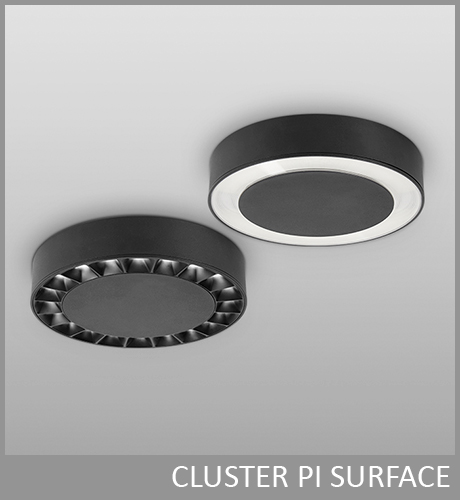
- CLUSTER SURFACE
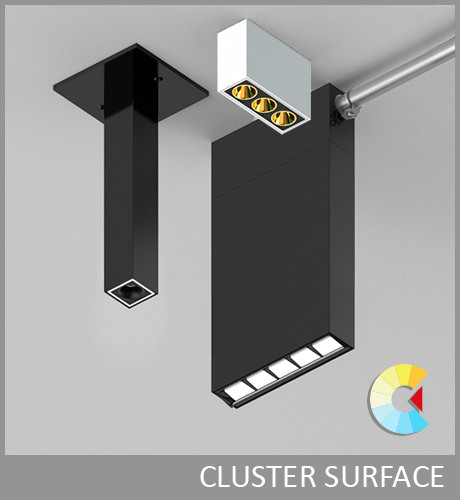
- CUBITO
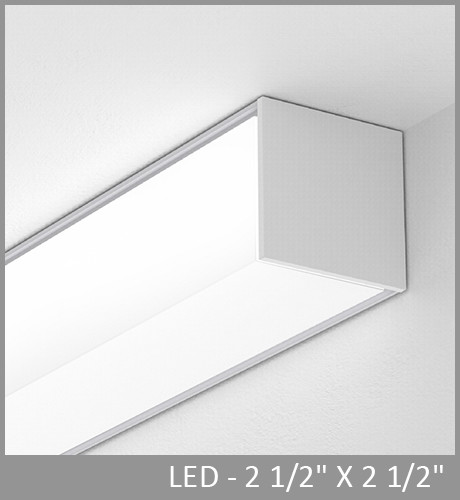
- CURVIA 2 PRISM
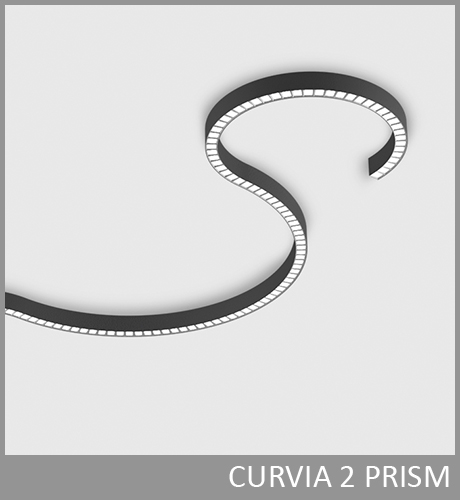
- CURVIA 2, CURVIA 3, CURVIA 4
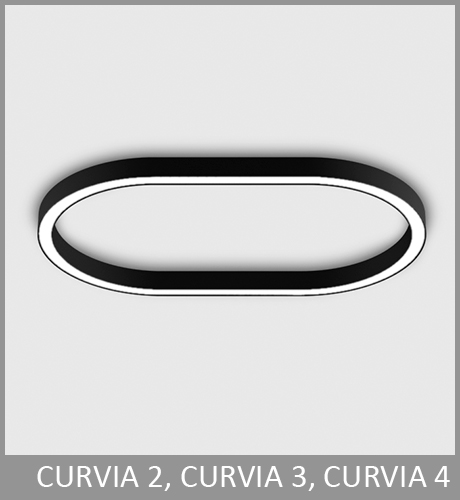
- CURVIA MINI
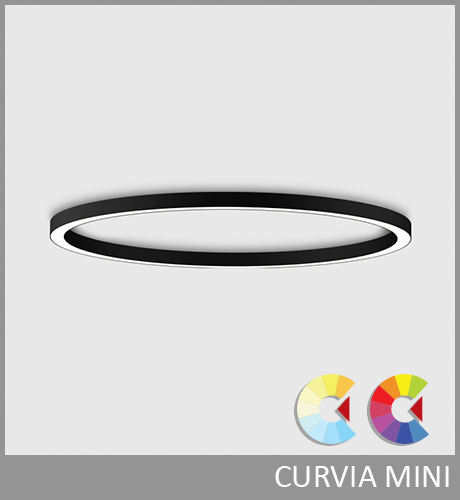
- Dot, Box, Dot Cylinder
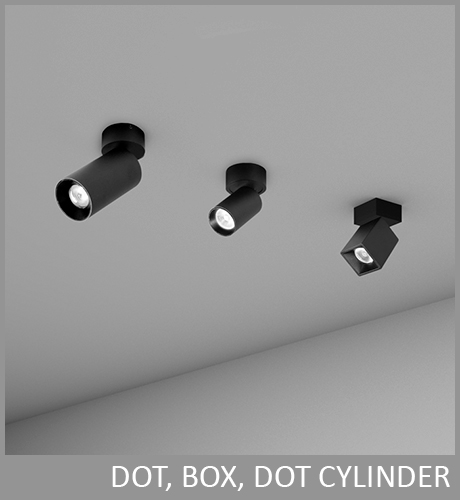
- FLAIR CYLINDER
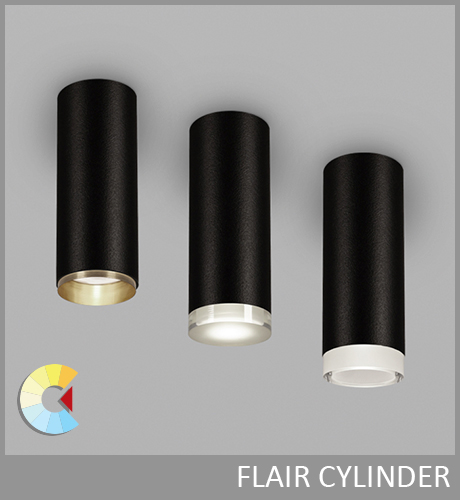
- FORTEX
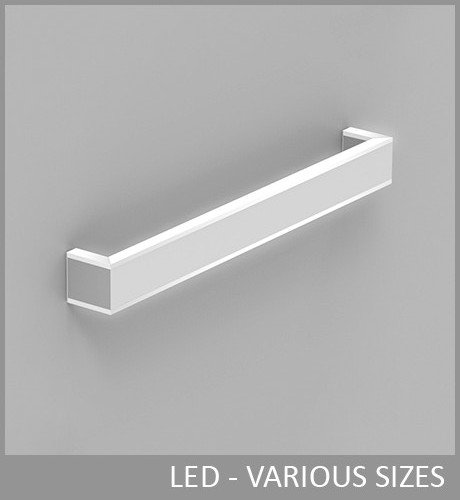
- MIKRO
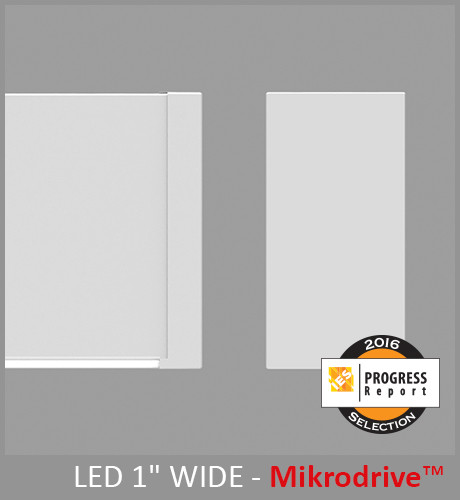
- MIKRO PLUS
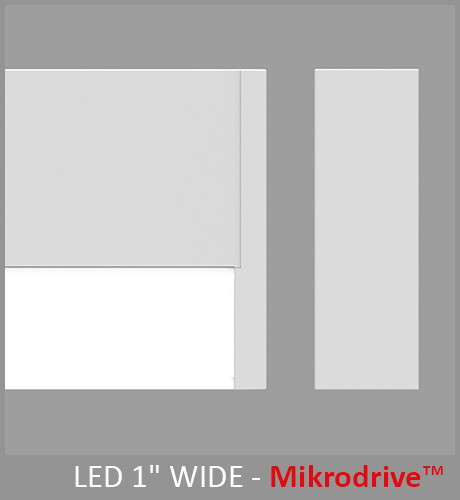
- MINI PIVOT
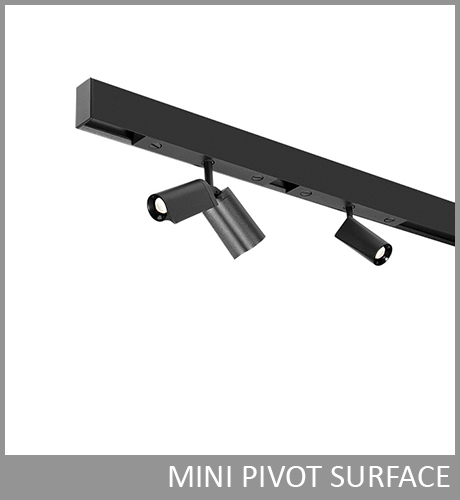
- MINI PIVOT FIXED LINEAR
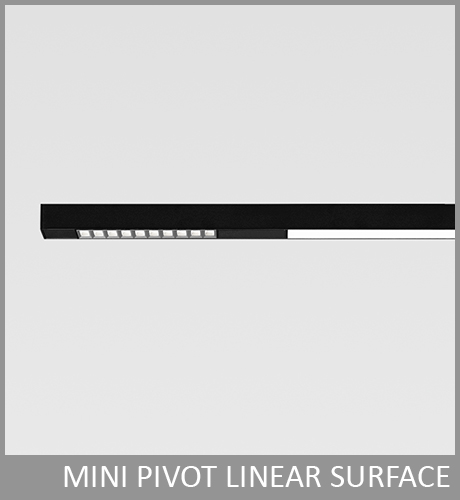
- NOVA
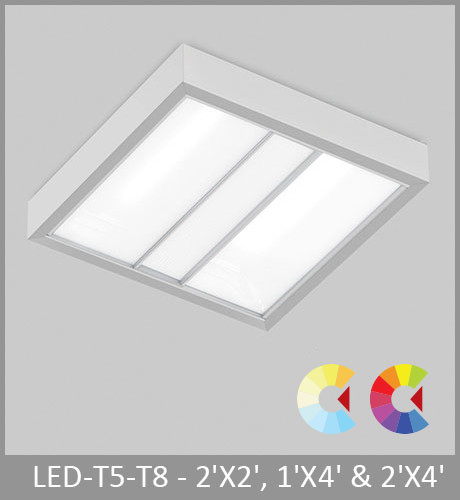
- PIVOT
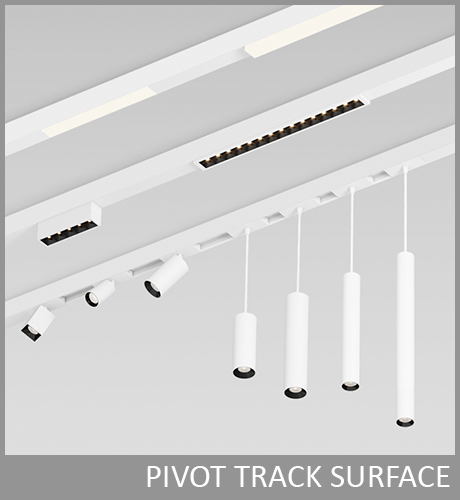
- Petite Cylinder
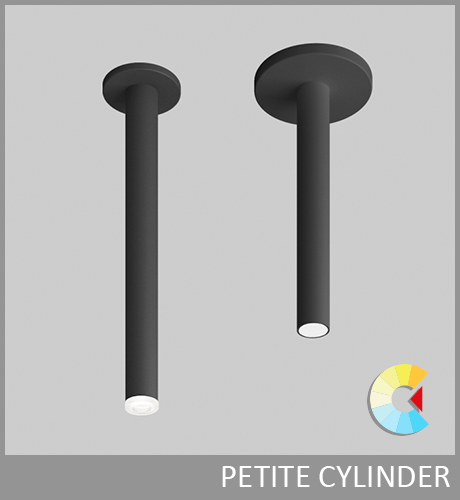
- POP COLOR
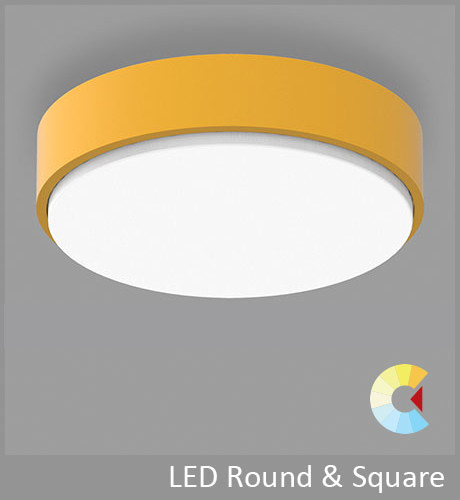
- POP CORE
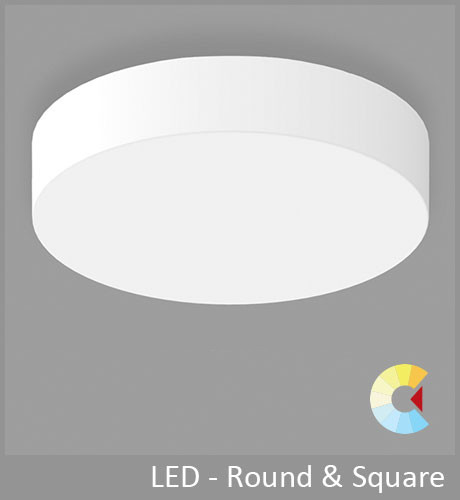
- Pop EchoCore™
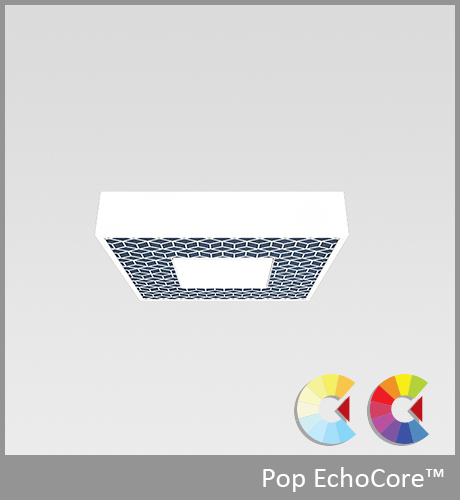
- PRIMO
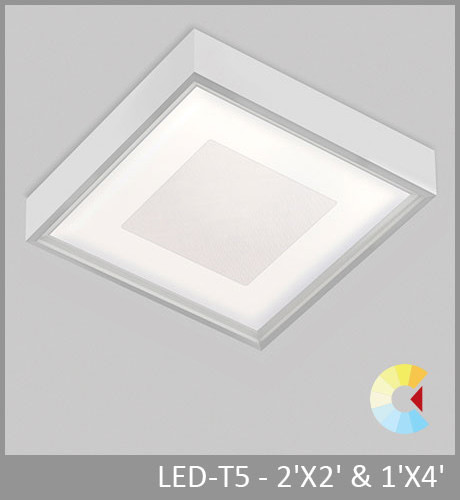
- QUAD
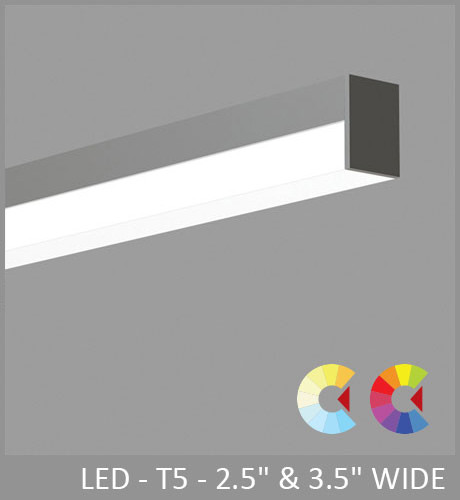
- SHELL LINEAR
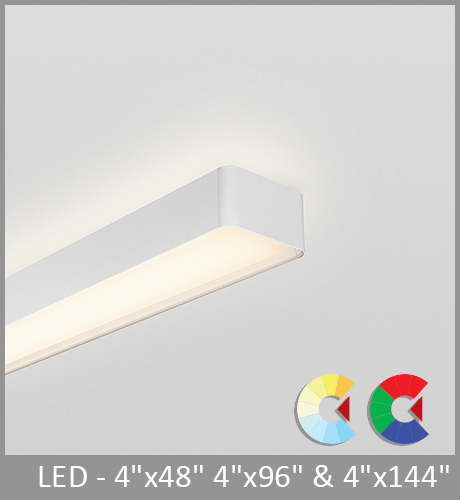
- SHELL ROUND
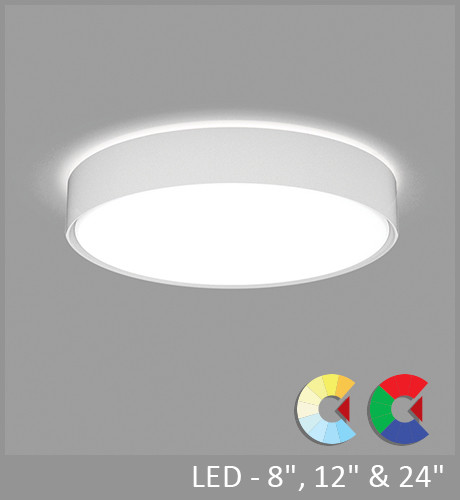
- SHELL SQUARE
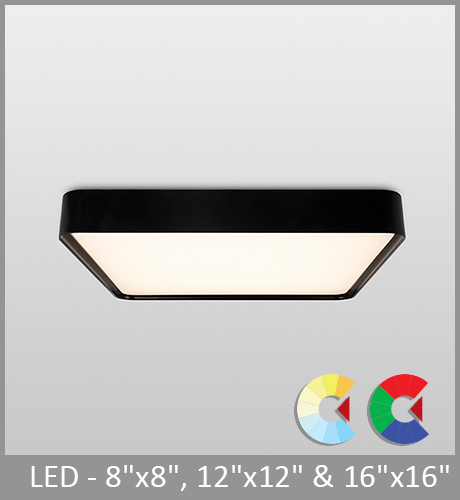
- SQUERO
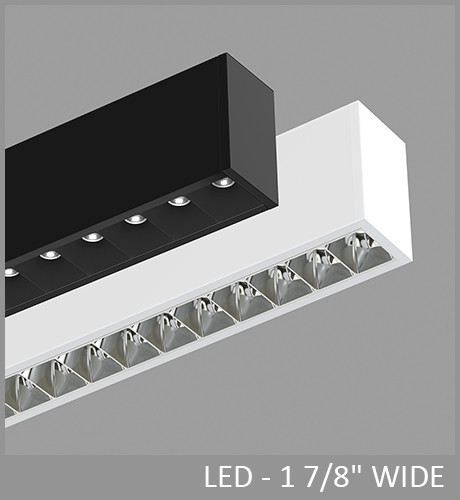
- SQUERO COMBINATIONS
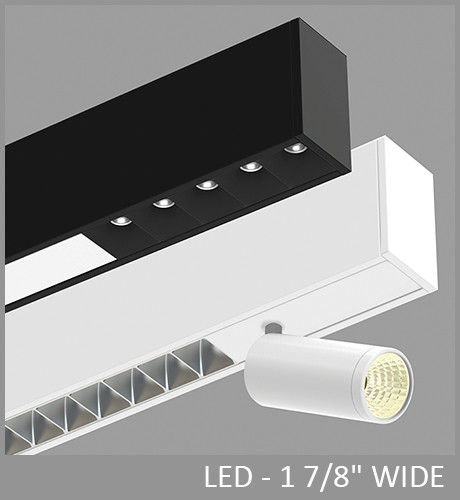
- VEGA
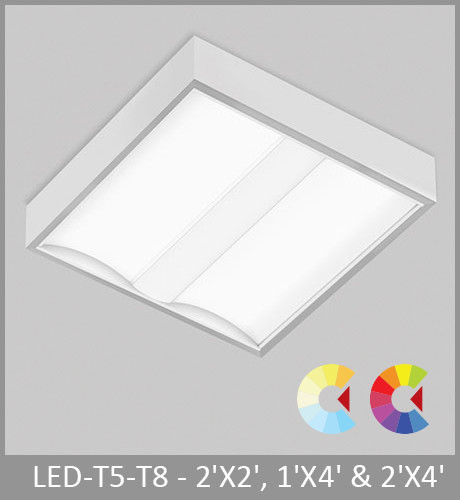
- VIA 1.5
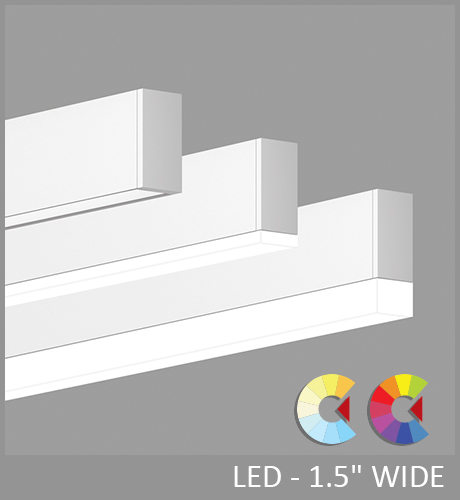
- VIA 2
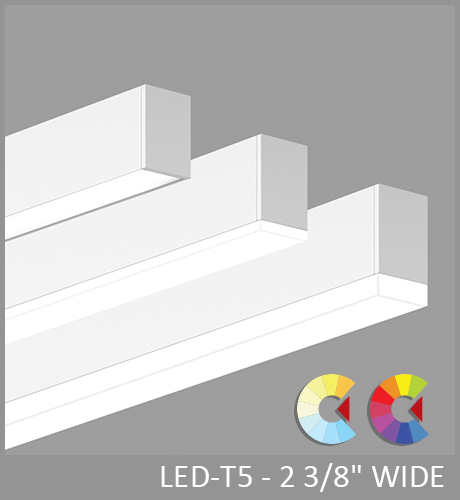
- VIA 2 PRISM
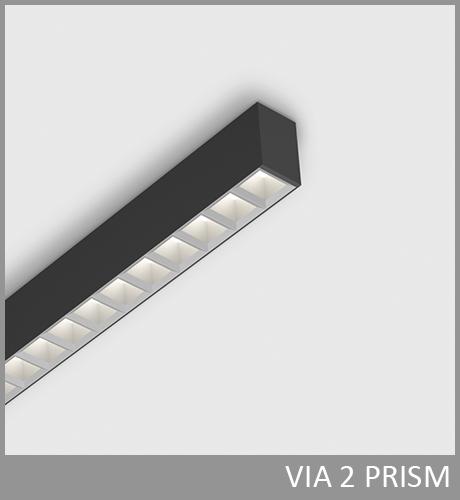
- VIA 2 PRISM COMBINATION
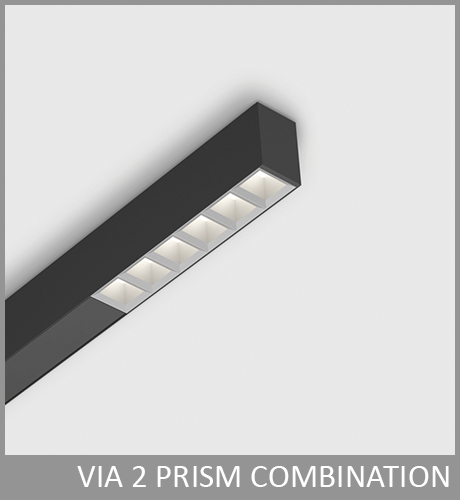
- VIA 3

- VIA 4
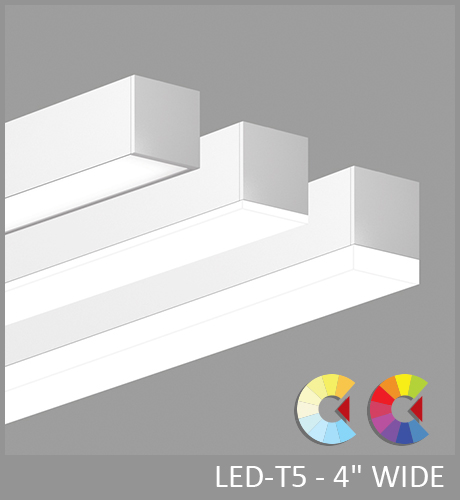
- VIA 5
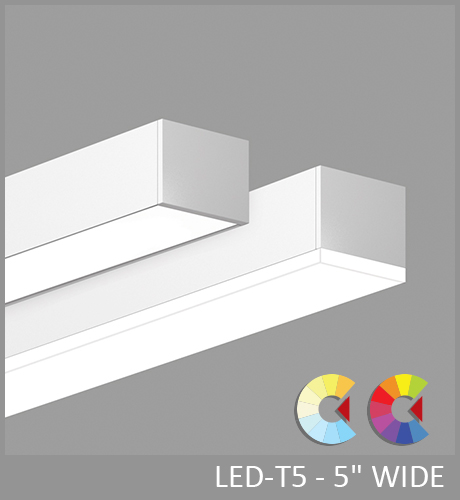
- VIA SEAL
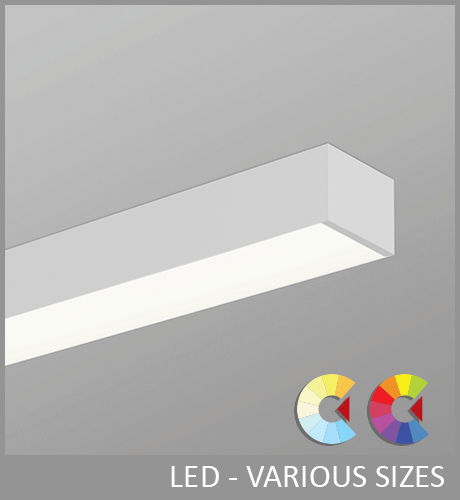
- VIA SPLASH – IP66
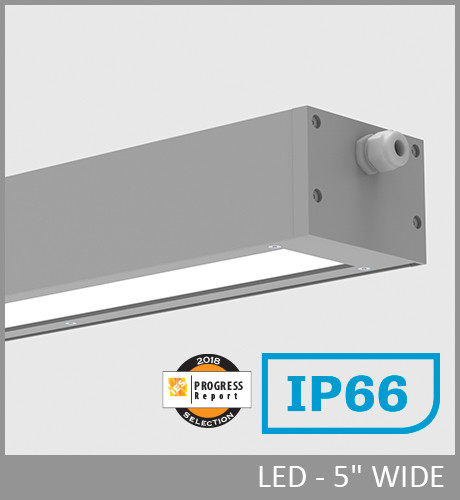
- VIA WET
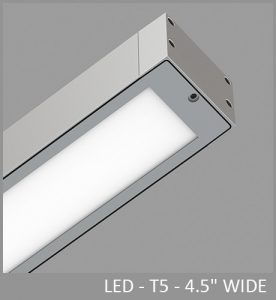
- VOILA 2
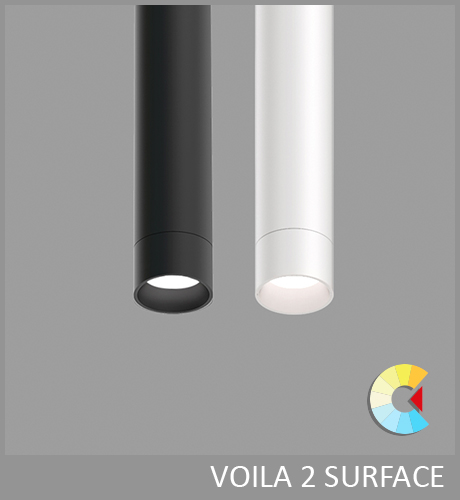
- VOILA 4
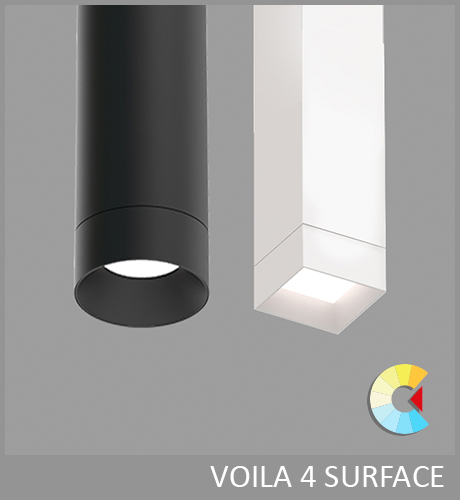
- WALO
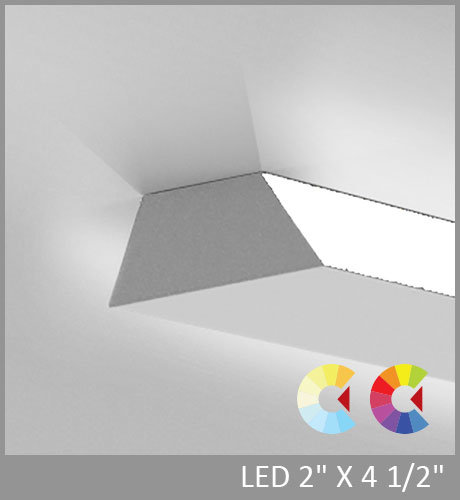
- AERA 2″ CYLINDER
- PENDANT
- AERA 2″ CYLINDER
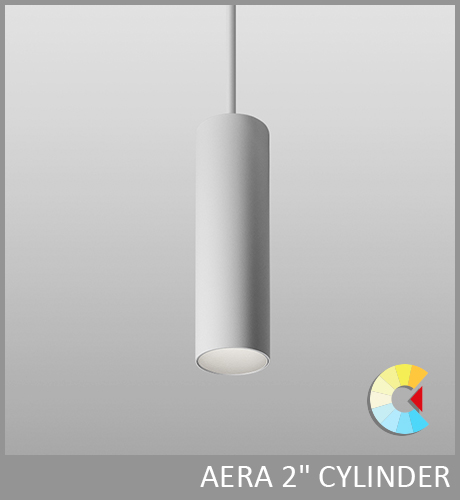
- AERA 3″ CYLINDER
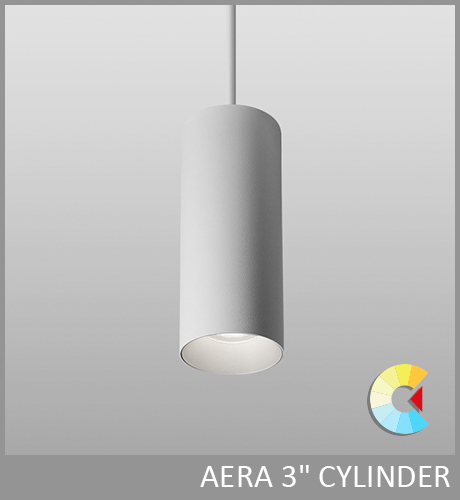
- AERA 3″ FLEX CYLINDER
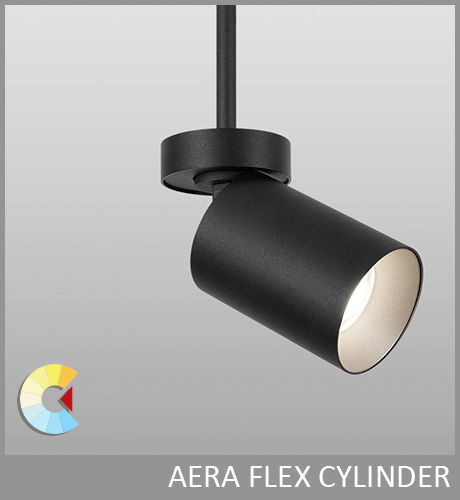
- AERA 4″ CYLINDER
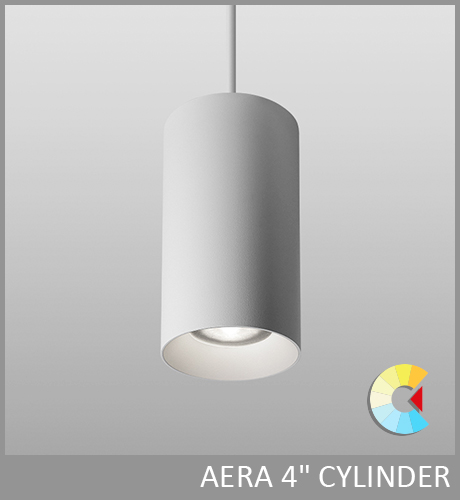
- AERA 4″ SEAL CYLINDER
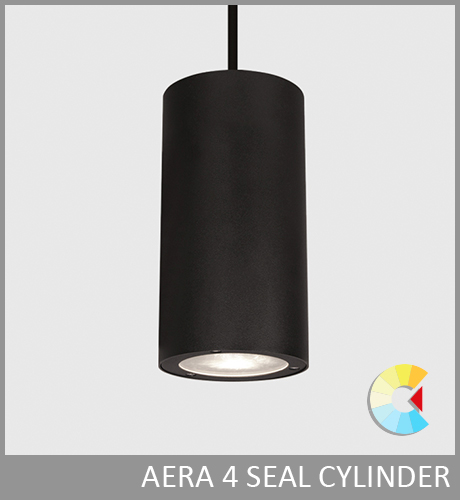
- AERA 5″ CYLINDER
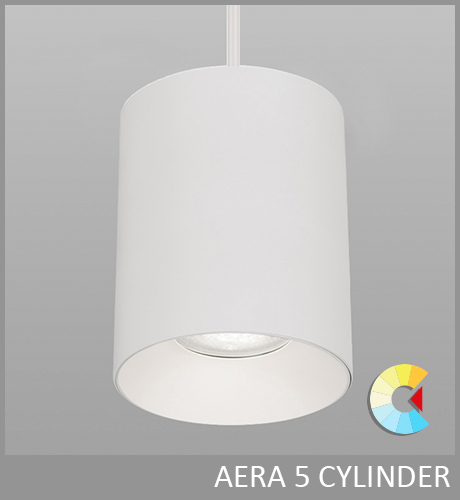
- AERA INFLEX CYLINDER
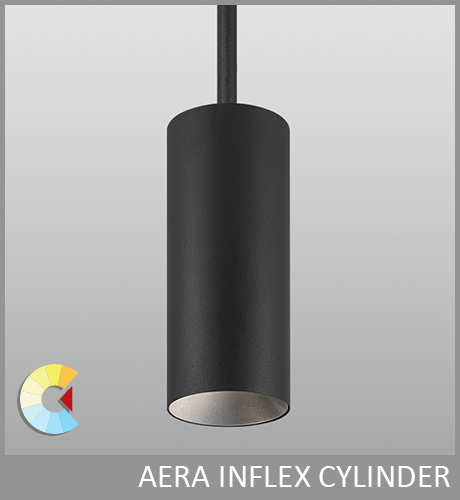
- ARQ ACOUSTIX
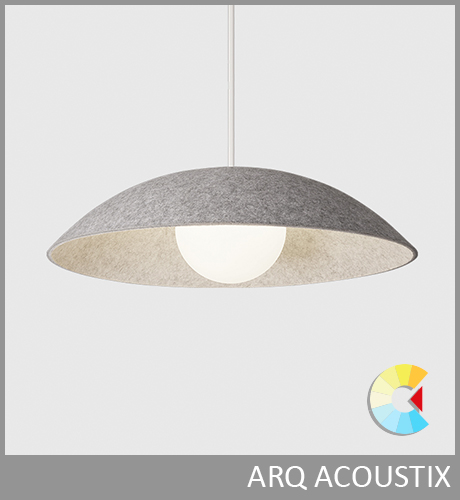
- ARRO 2
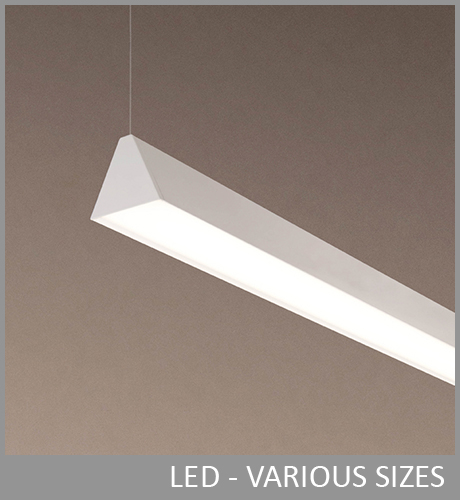
- ARRO 4
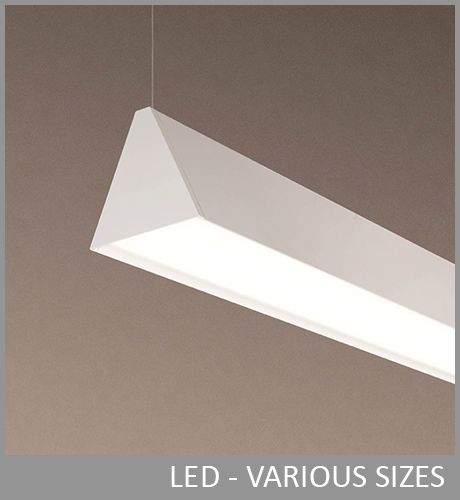
- ARRO 4 ACOUSTIX
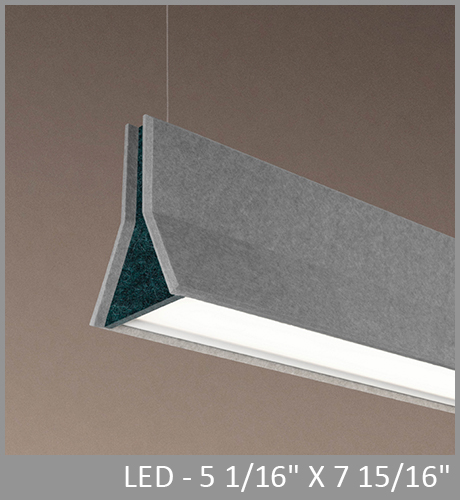
- AXLE
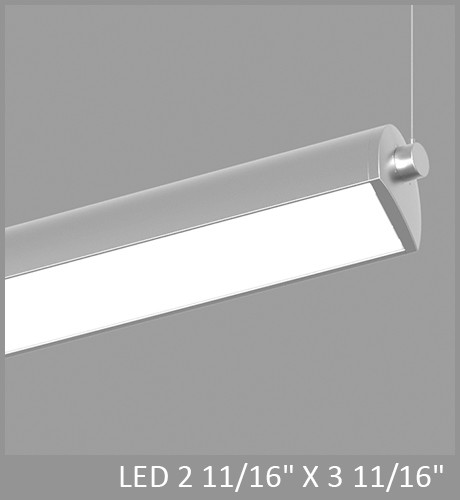
- Audia EchoCore™
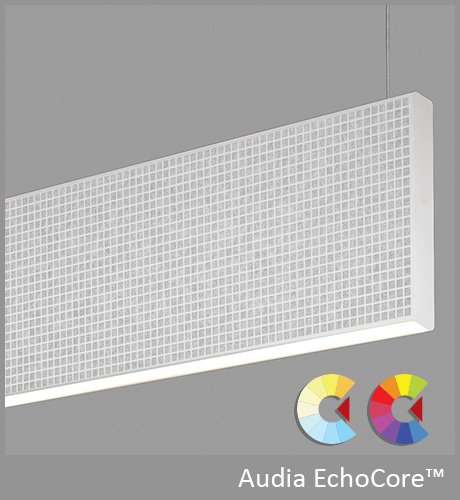
- CAMBER
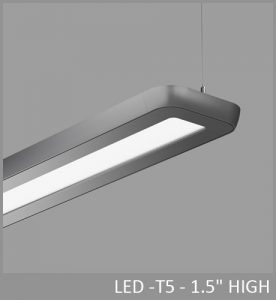
- CANYON
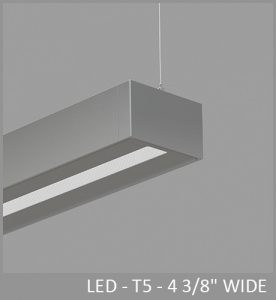
- CAVA
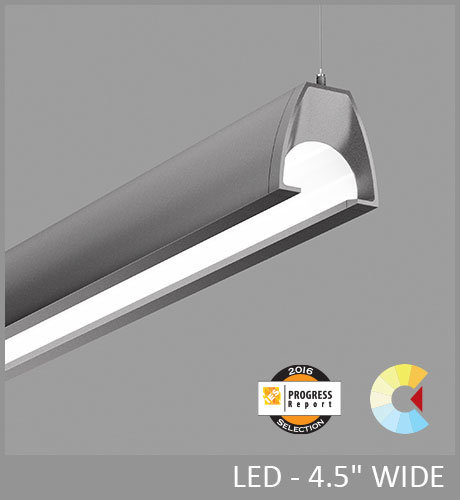
- CLUSTER ACOUSTIX
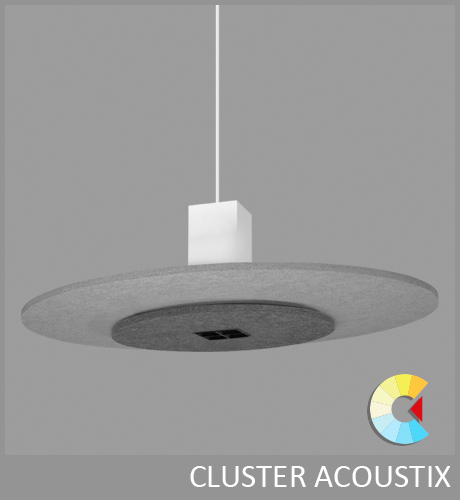
- CLUSTER PENDANT
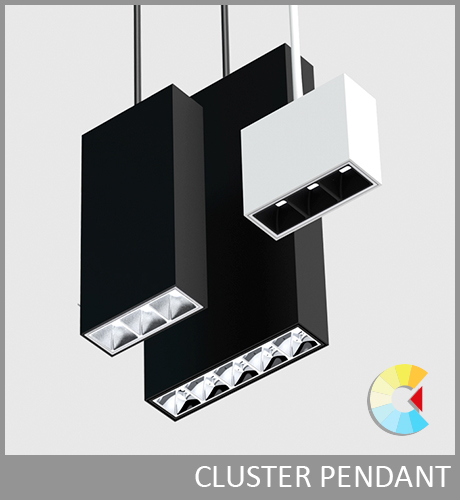
- Cluster Pi
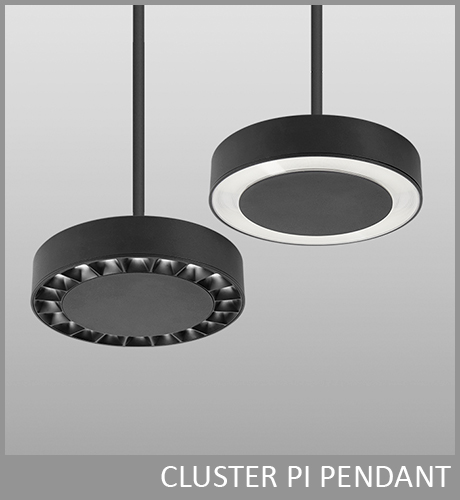
- CURVIA 2 PRISM
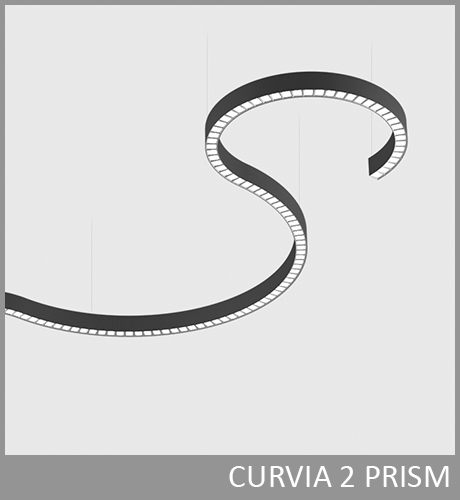
- CURVIA 2, CURVIA 3, CURVIA 4
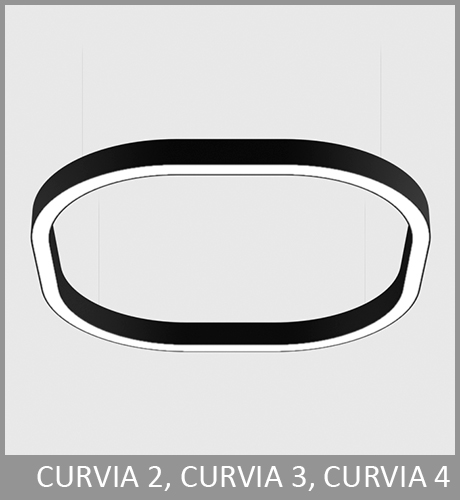
- CURVIA MINI
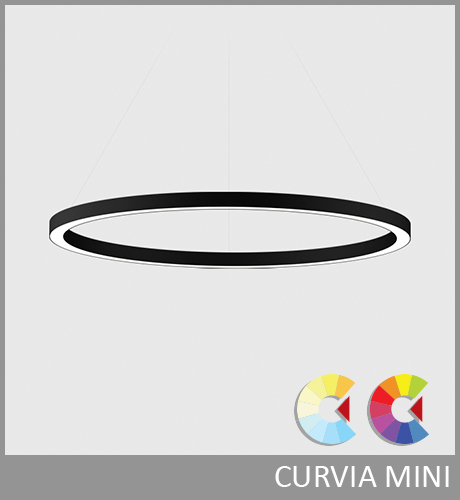
- ELIA
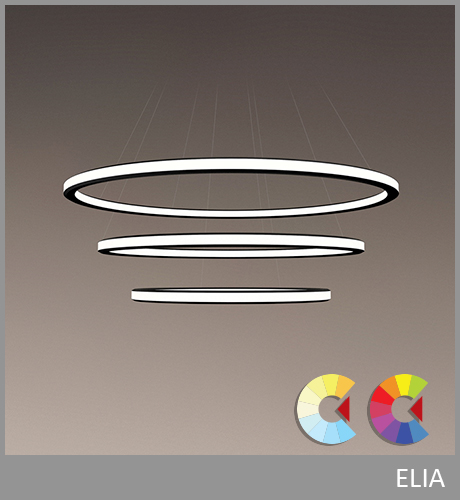
- FLAIR CYLINDER
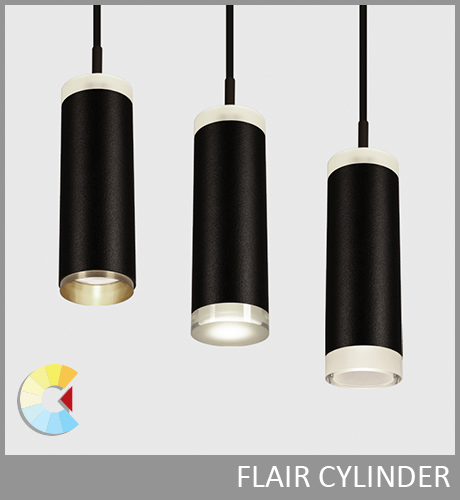
- FOLIA ACOUSTIX
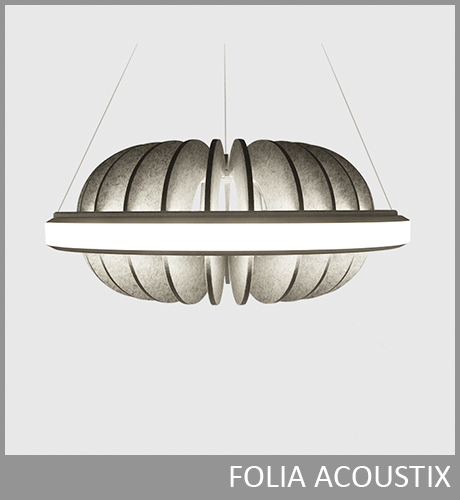
- FORMA
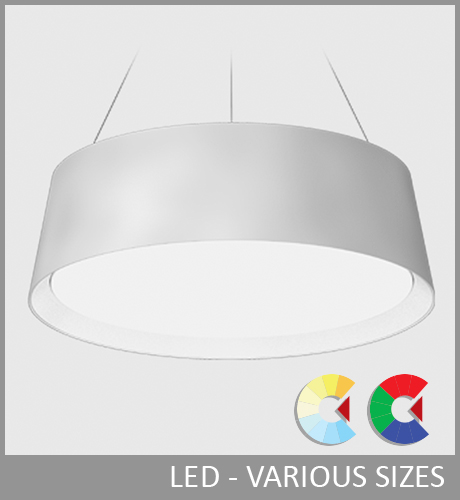
- FORTEX
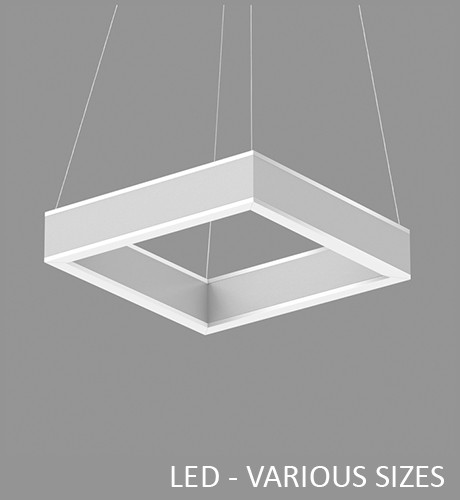
- HEX
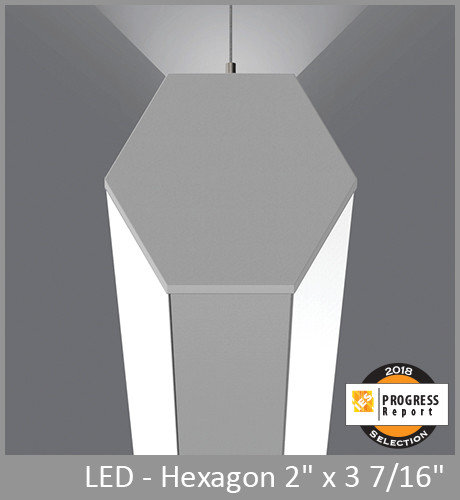
- MEDIUS
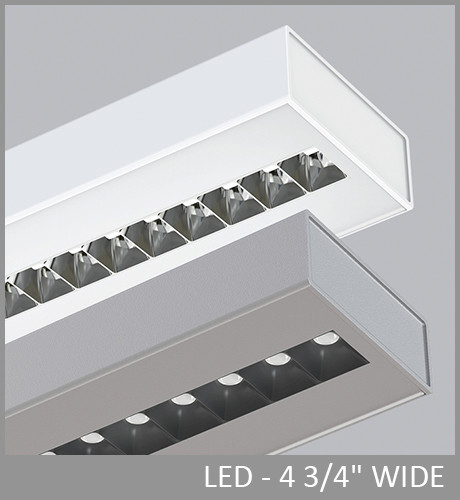
- MIKRO
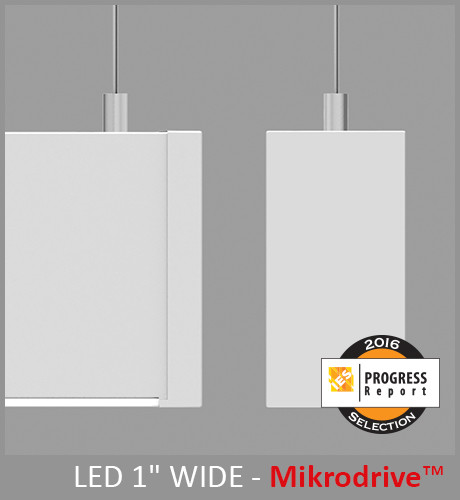
- MIKRO PLUS

- MIKRO WAFER
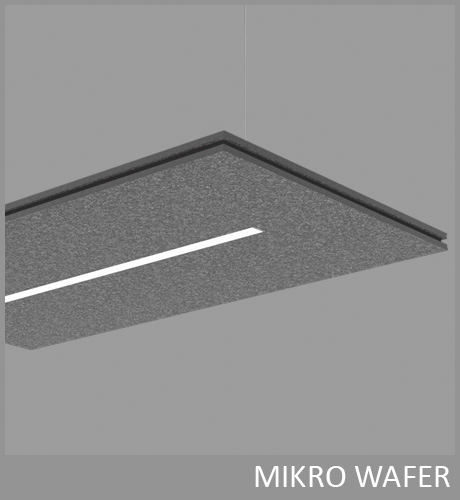
- MINI PIVOT
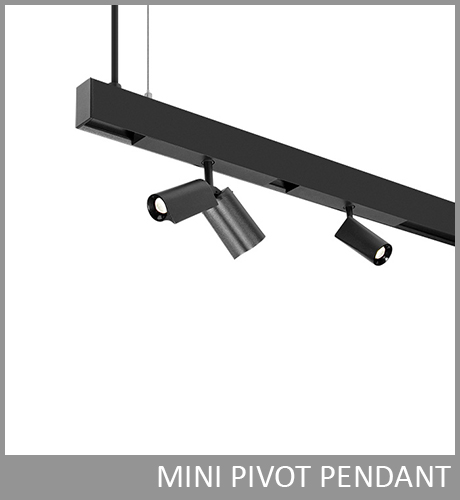
- MINI PIVOT FIXED LINEAR
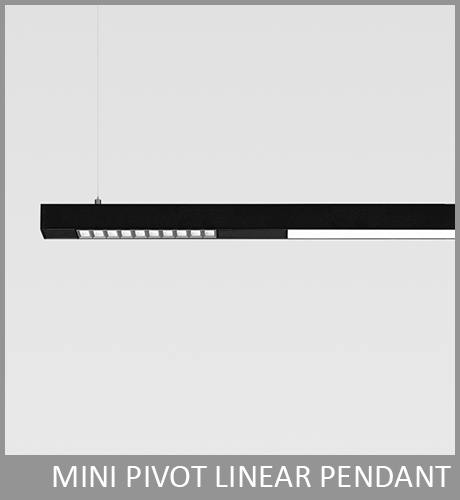
- ORY
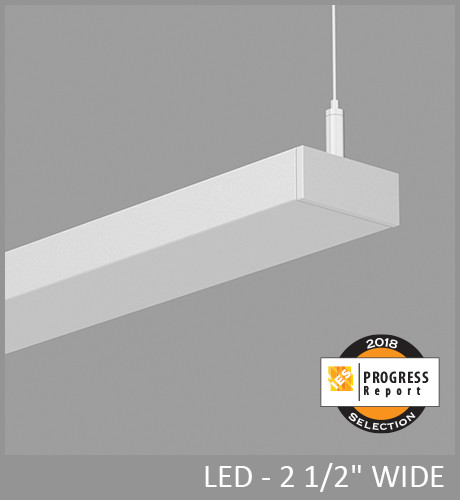
- PAZ
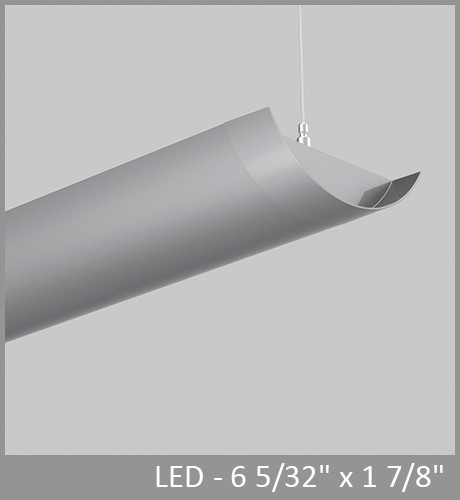
- Petite Cylinder
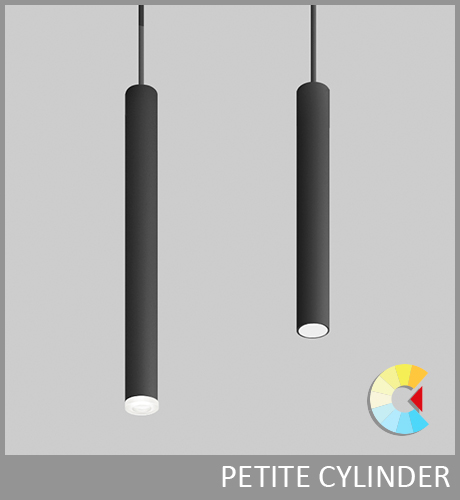
- PIVOT
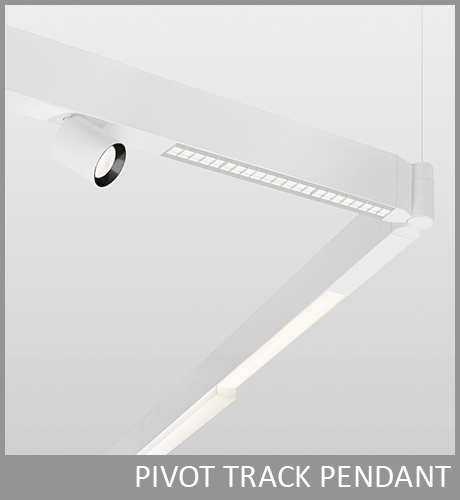
- POLY
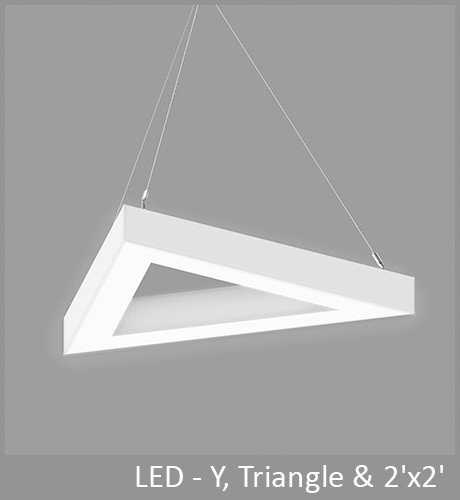
- POP COLOR
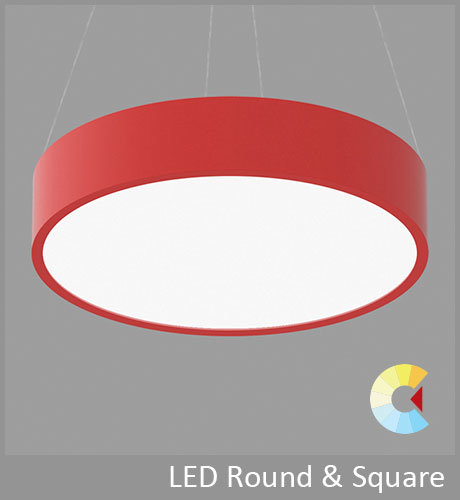
- POP CORE
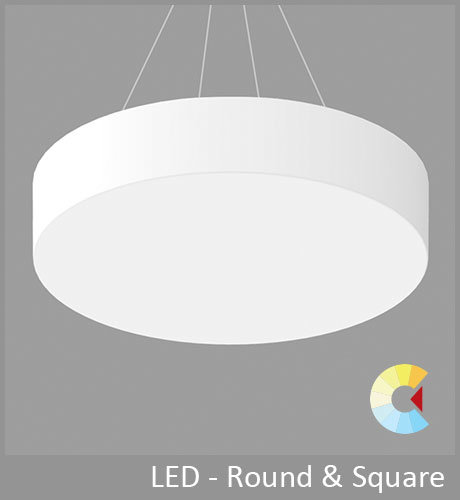
- Pop EchoCore™
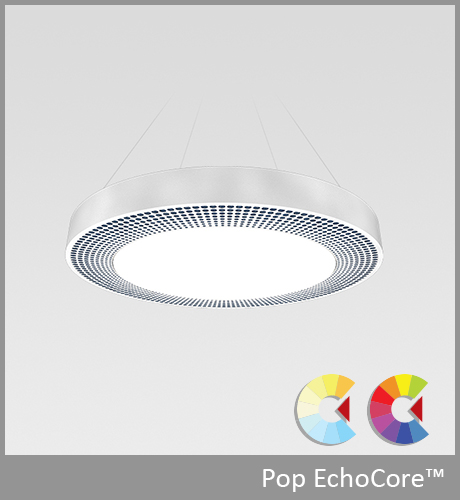
- QUAD
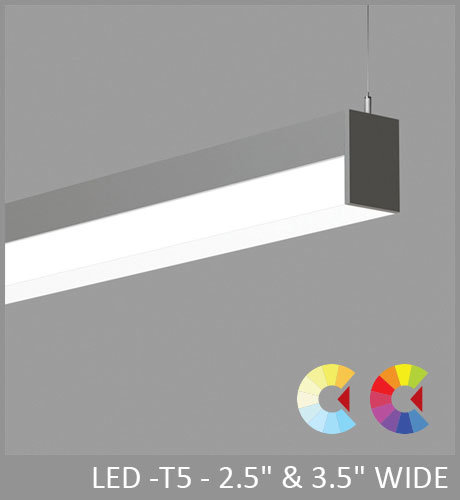
- RIM MULTIPLES
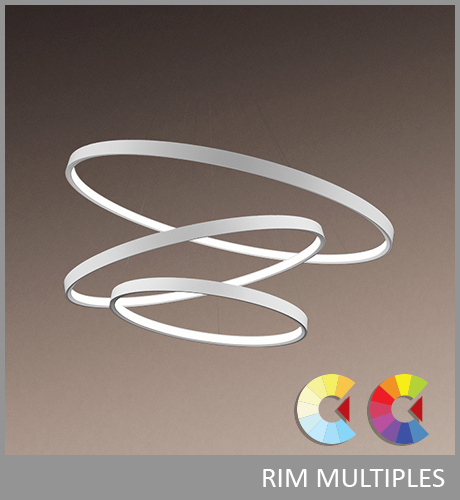
- RIM SEGMENTS & RIM SYSTEMS
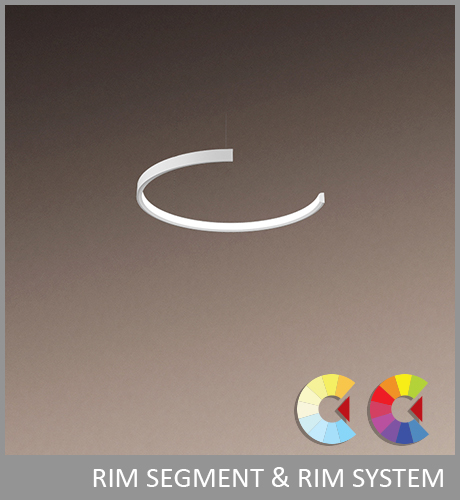
- RIM SHAPES

- RIM VERSO ACOUSTIX
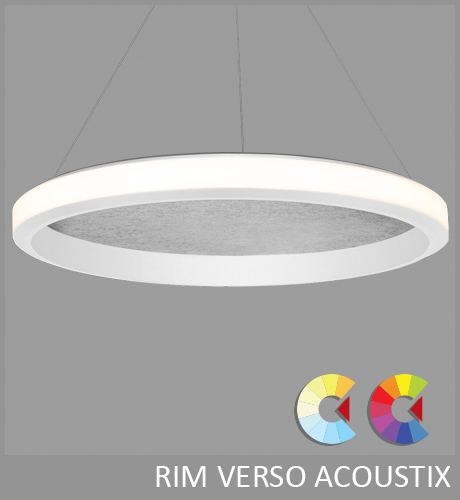
- REVEN
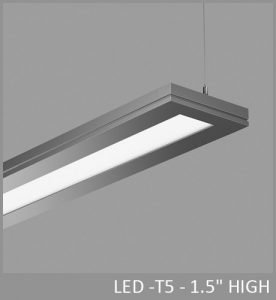
- REVO
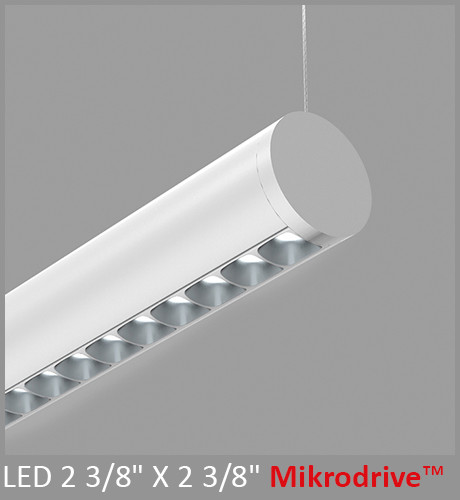
- REVO 3
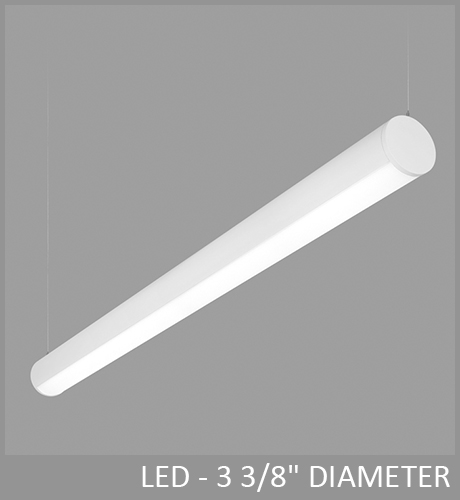
- SELKA
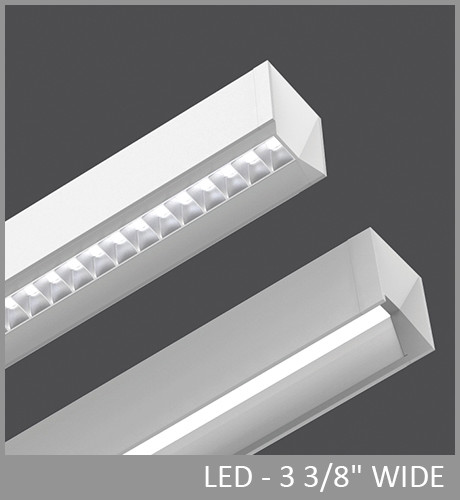
- SHELL LINEAR
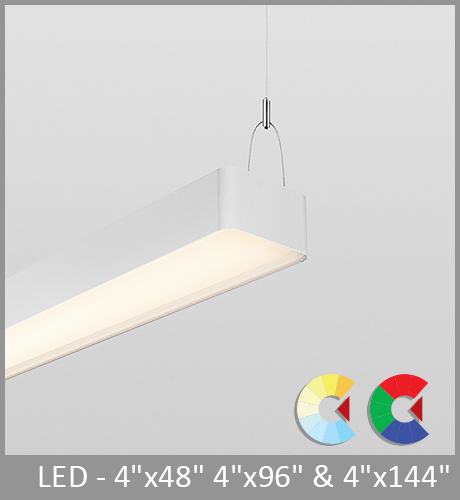
- SHELL ROUND
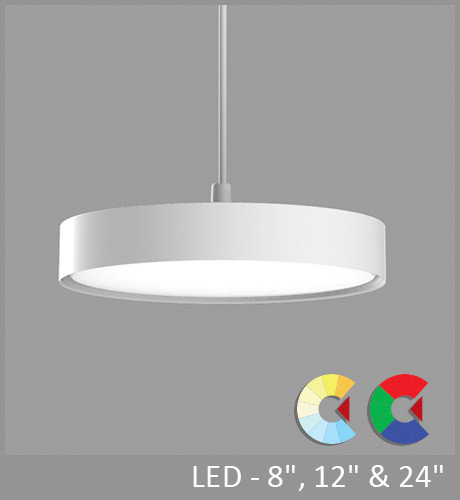
- SHELL SQUARE
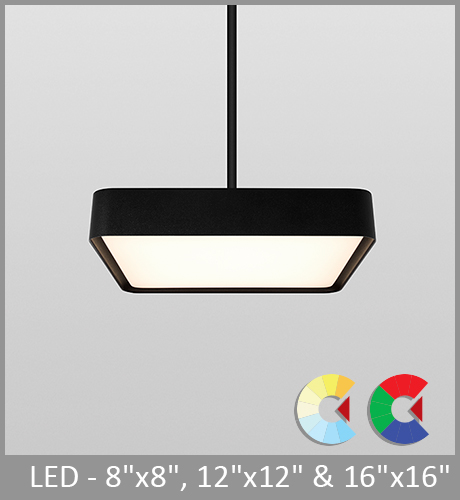
- SMILE
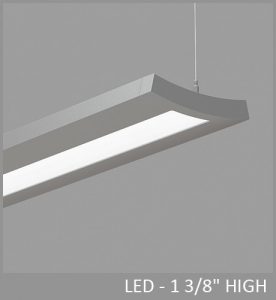
- SQUERO
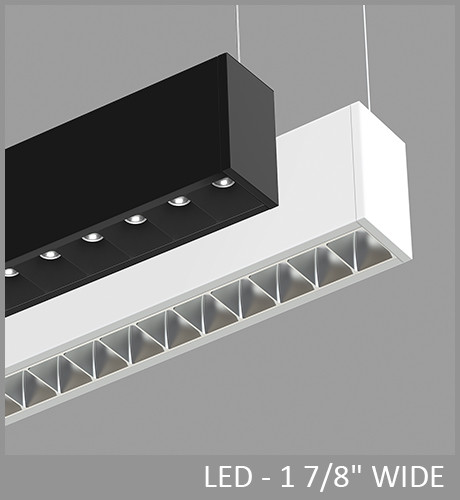
- SQUERO ACOUSTIX

- SQUERO COMBINATIONS
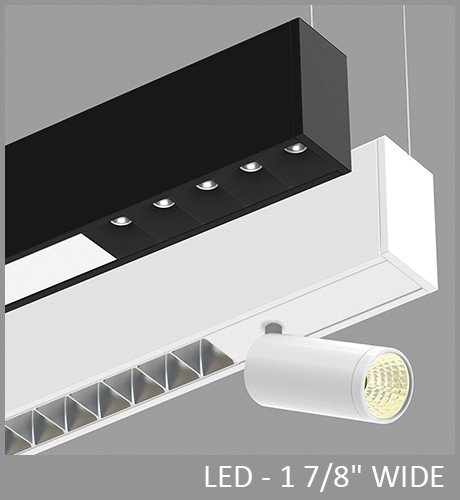
- SQUERO HUBS
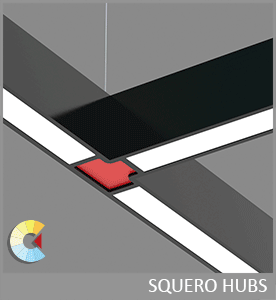
- TAB
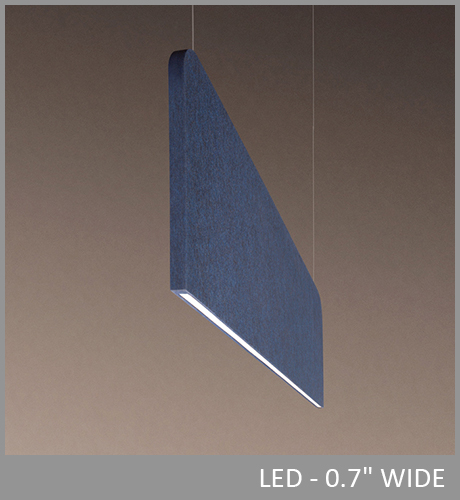
- TOGO
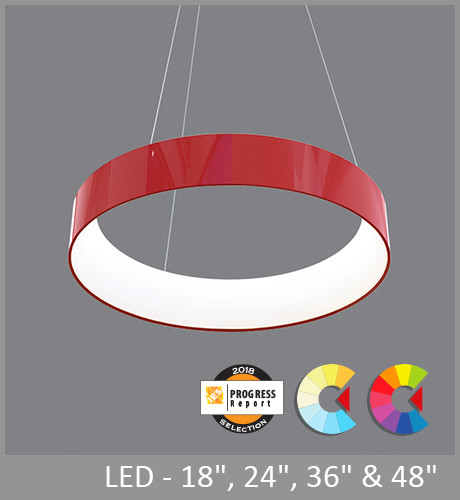
- TOGO ACOUSTIX
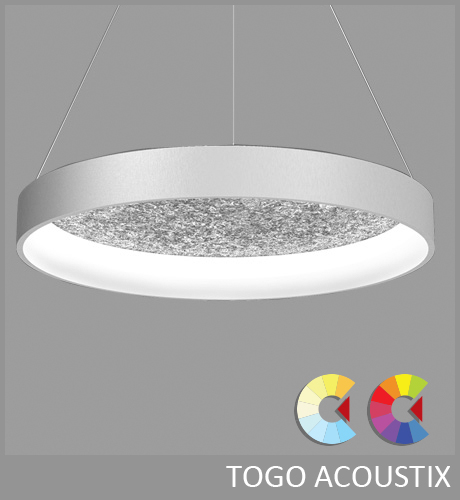
- UBIK
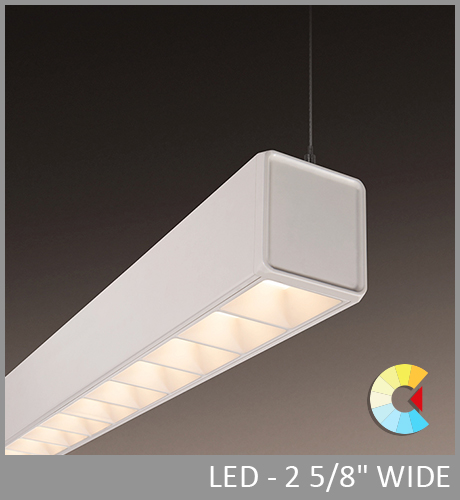
- UBIK COMBINATION
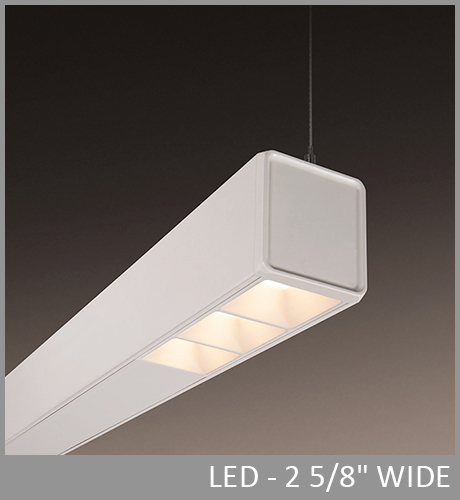
- UBIK CUBE
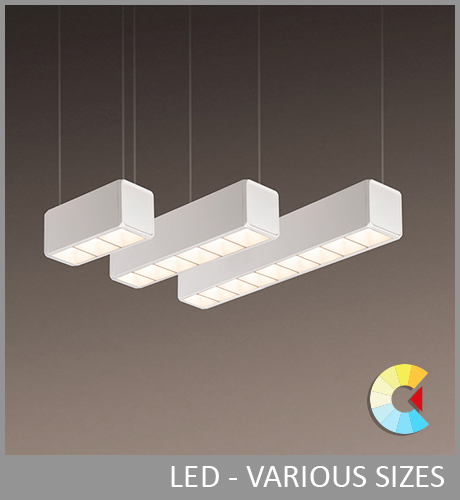
- VIA 1.5
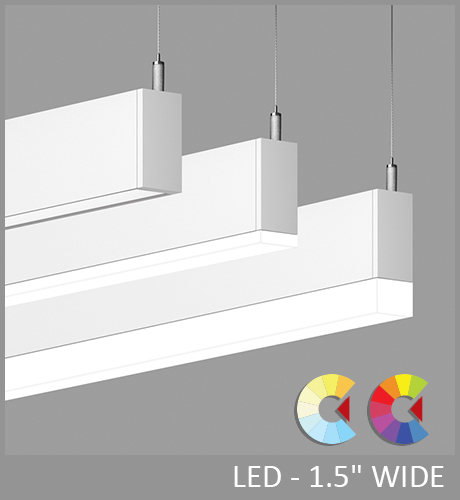
- VIA 1.5 ACOUSTIX
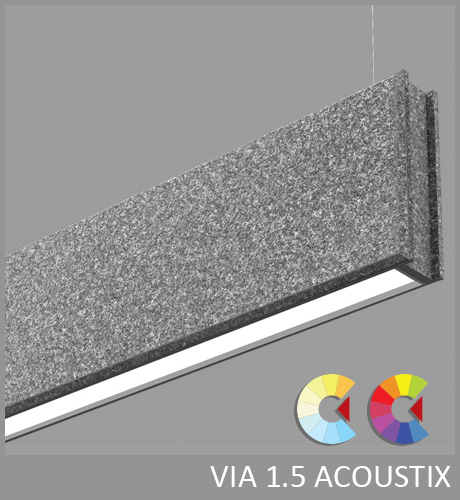
- VIA 2
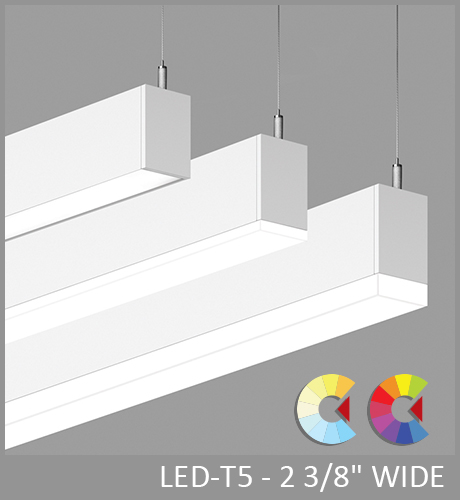
- VIA 2 ACOUSTIX
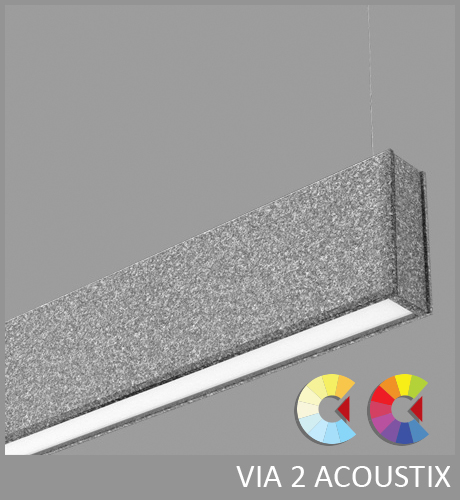
- VIA 2 PRISM
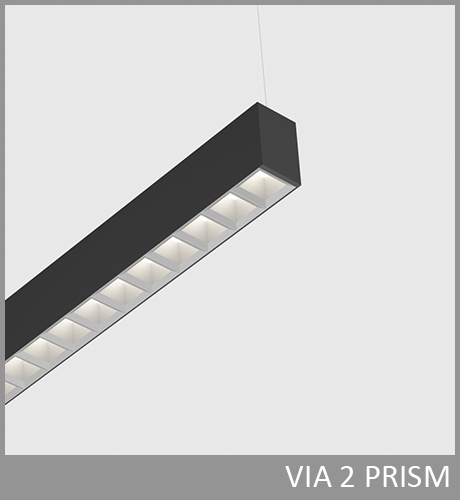
- VIA 2 PRISM COMBINATION
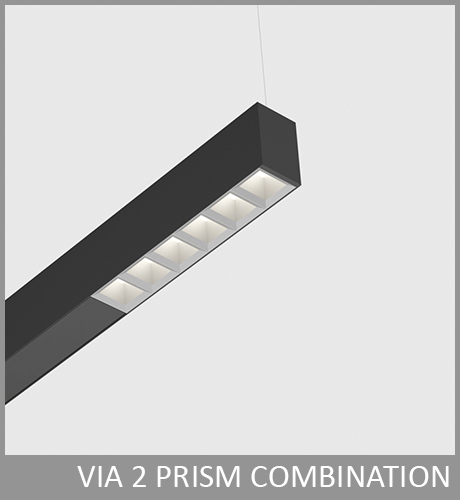
- VIA 3
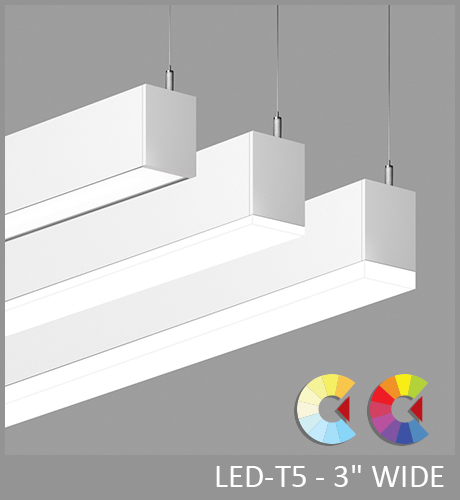
- VIA 4
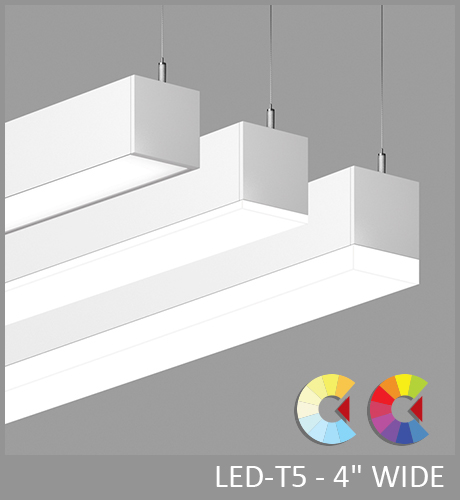
- VIA 5
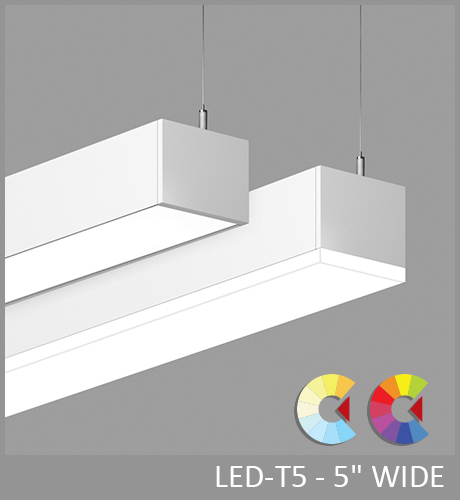
- VIA SEAL
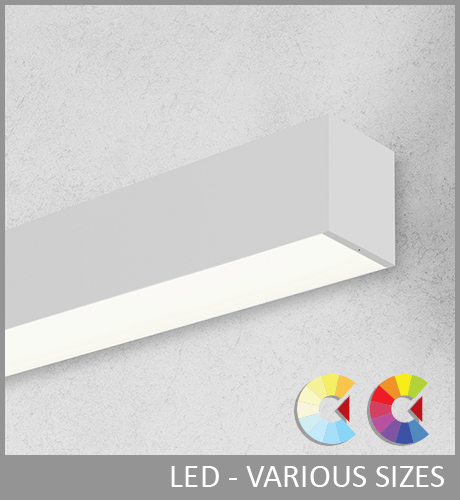
- VIA SPLASH – IP66
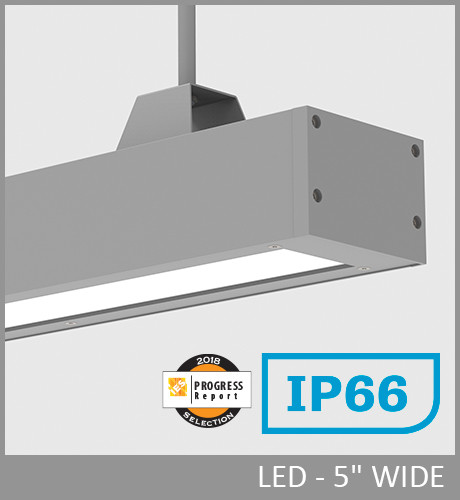
- VIA STIL
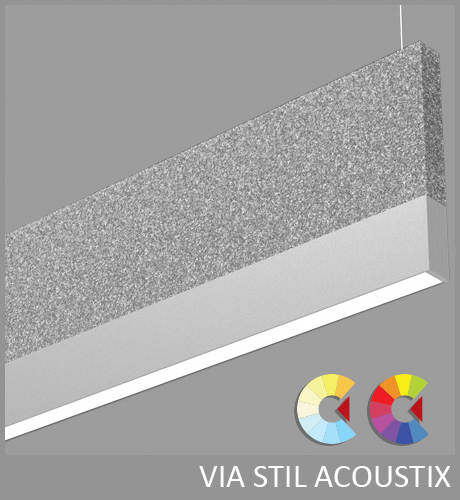
- VIA WET
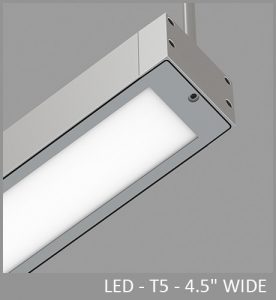
- VOILA 2
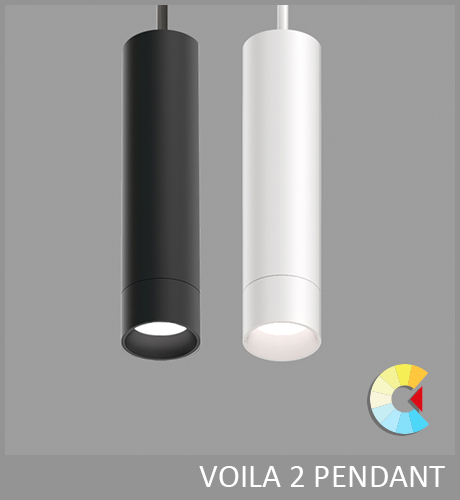
- VOILA 4
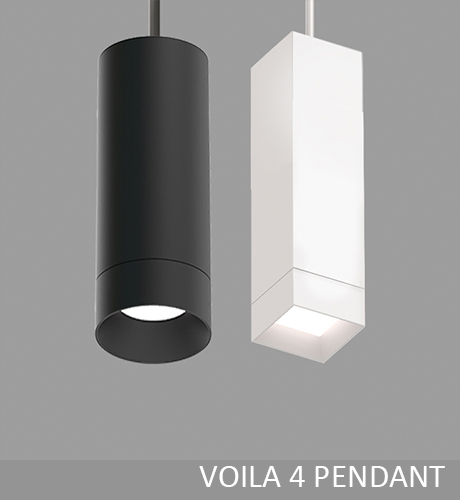
- AERA 2″ CYLINDER
- CYLINDER-CUBOID
- WALL
- AERA 2″ CYLINDER
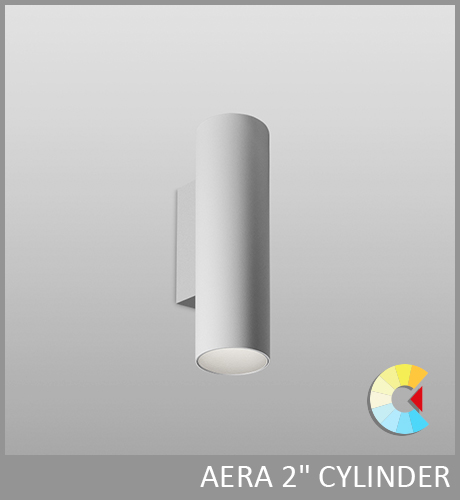
- AERA 3″ CYLINDER
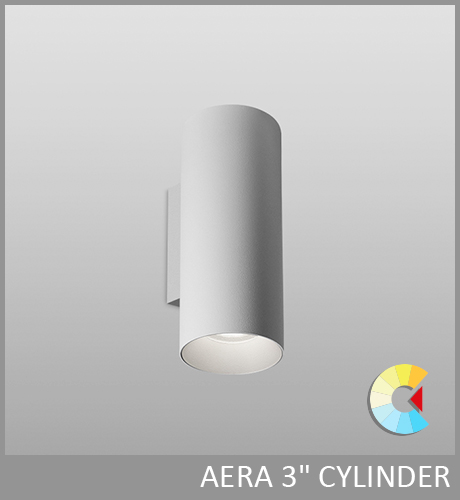
- AERA 3″ FLEX CYLINDER
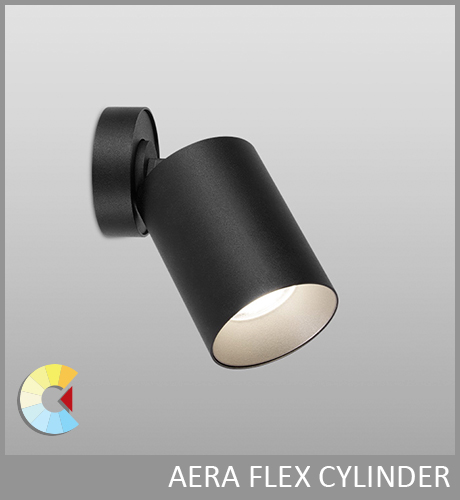
- AERA 4″ CYLINDER
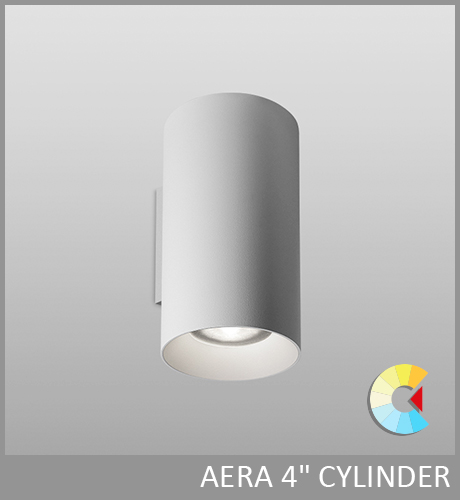
- AERA 4″ SEAL CYLINDER
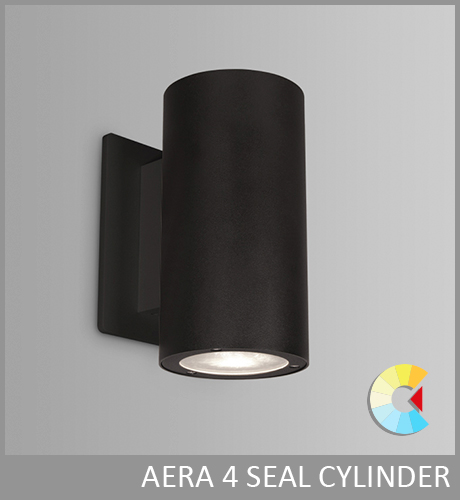
- AERA 5″ CYLINDER
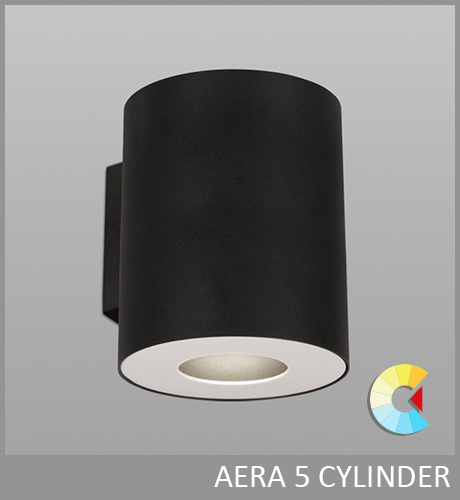
- AXLE
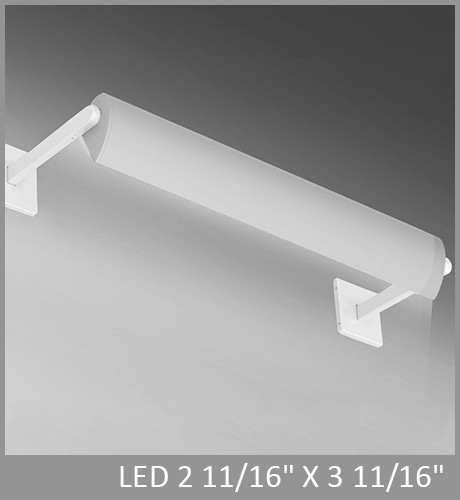
- CANYON
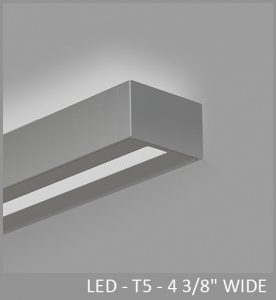
- CUBITO
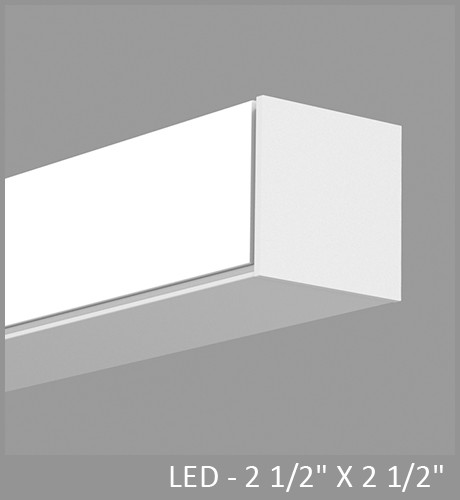
- CURA

- Dot, Box, Dot Cylinder
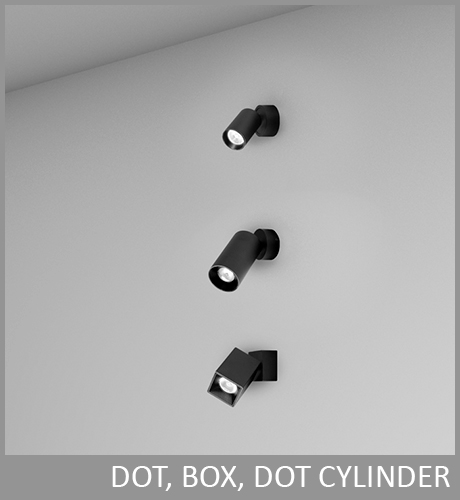
- FLAIR CYLINDER
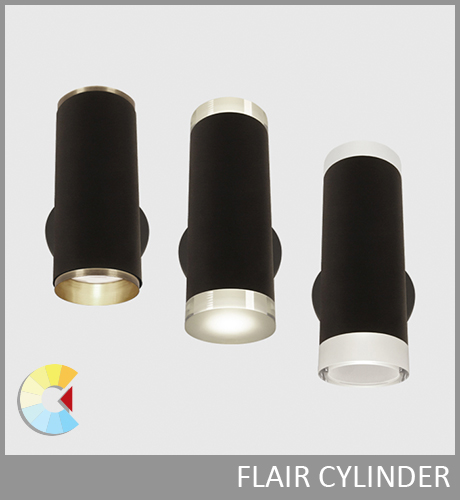
- FORTEX
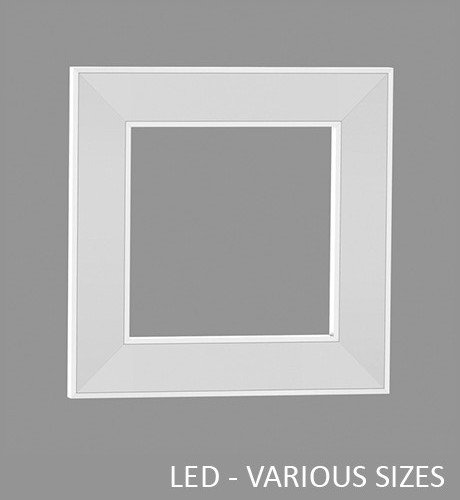
- HEX
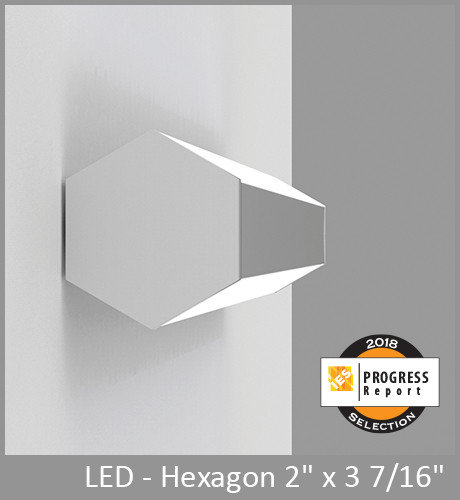
- MEDIUS
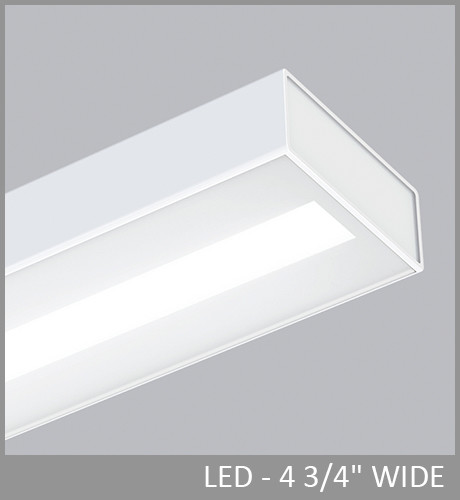
- MIKRO
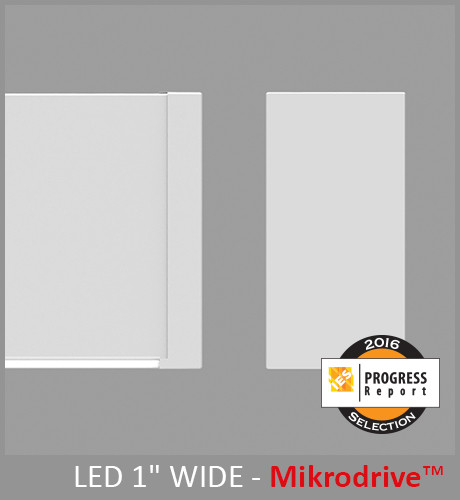
- MIKRO PLUS
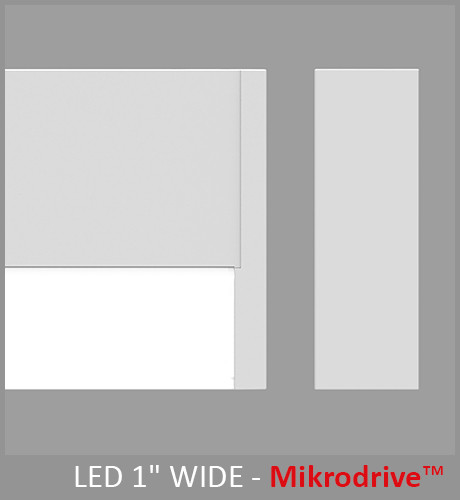
- ORY
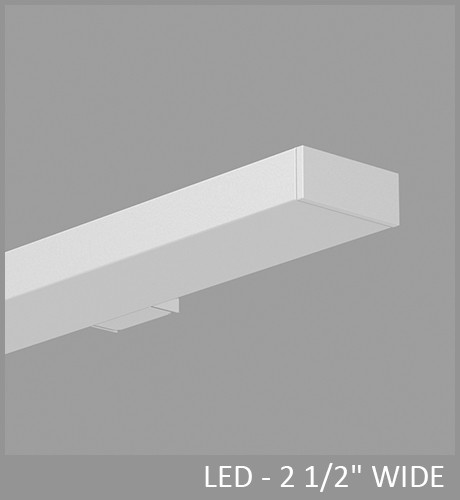
- POLY
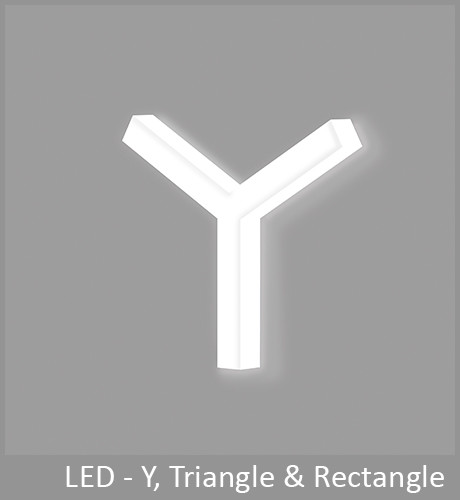
- POP CORE
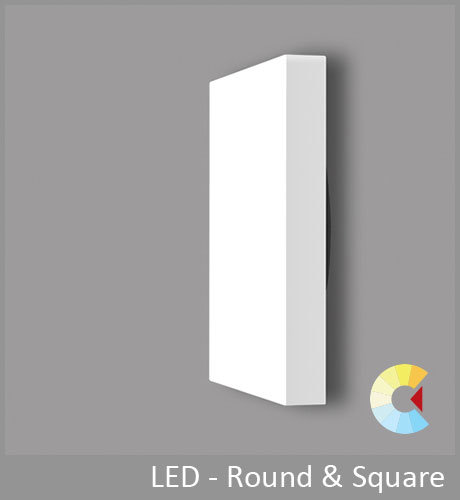
- QUAD
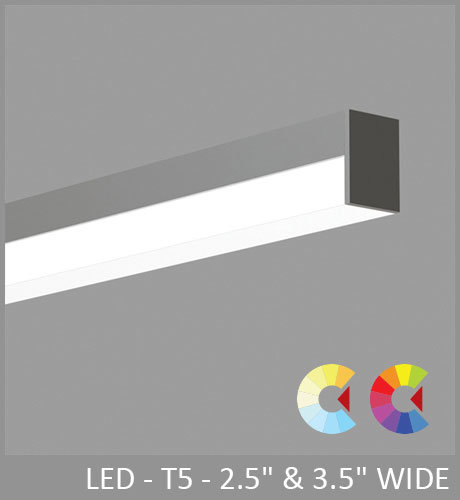
- REVEN
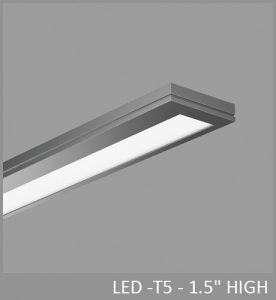
- SHELL ROUND
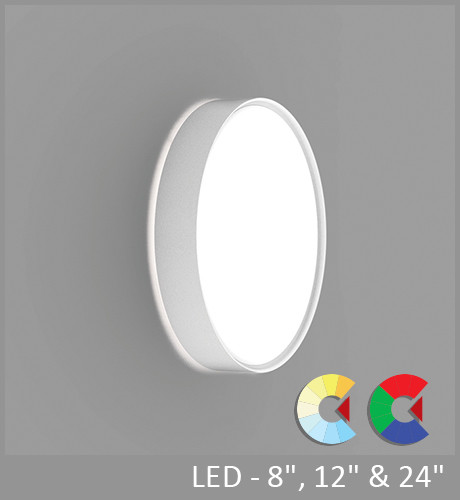
- SHELL SQUARE
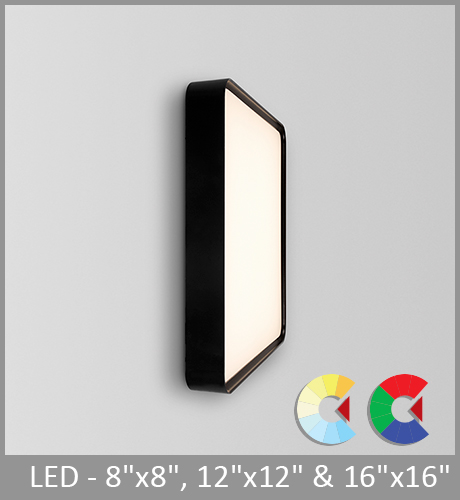
- SMILE
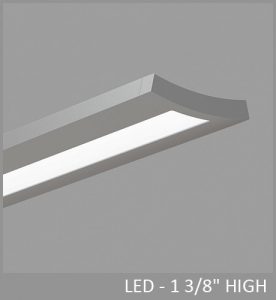
- SQUERO
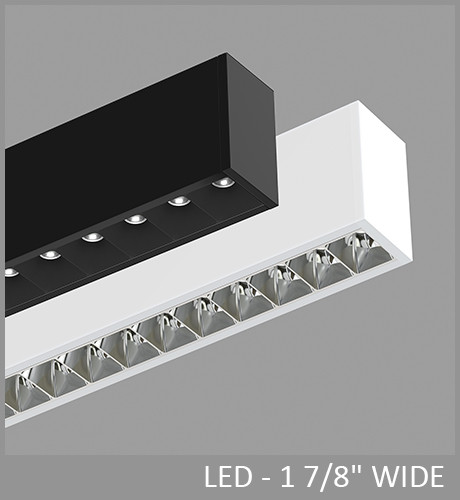
- SQUERO COMBINATIONS
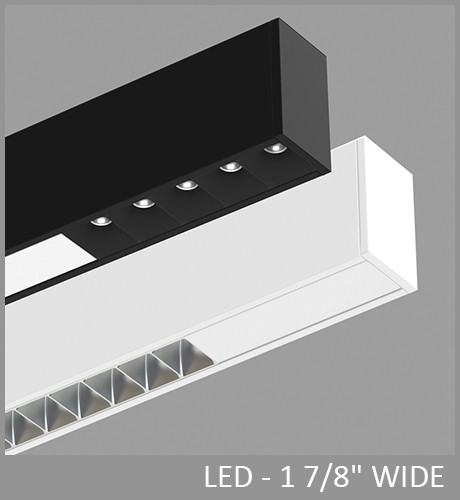
- TOGO
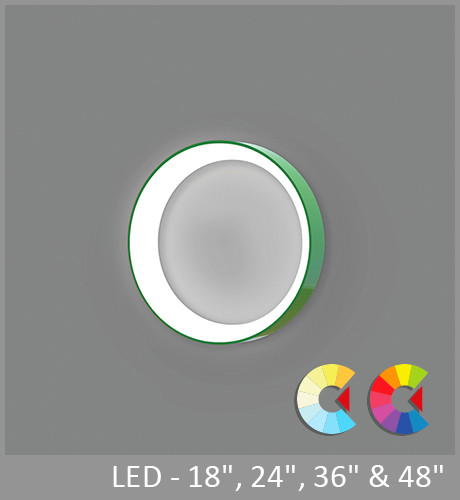
- UBIK
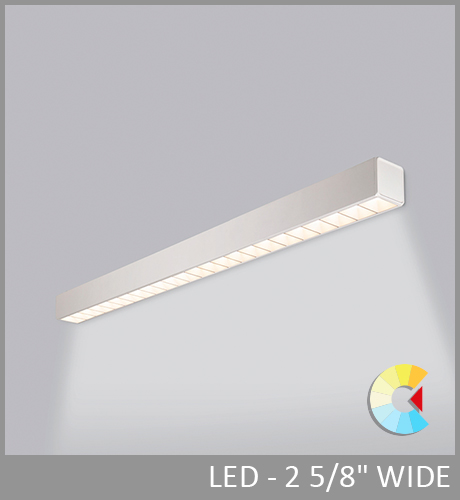
- UBIK COMBINATION
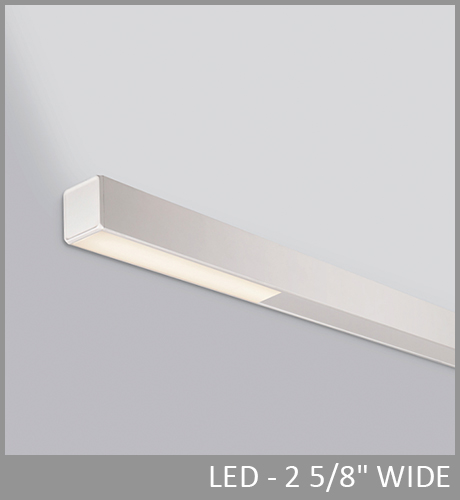
- VIA 1.5

- VIA 2

- VIA 3

- VIA 4

- VIA 5

- VIA SEAL
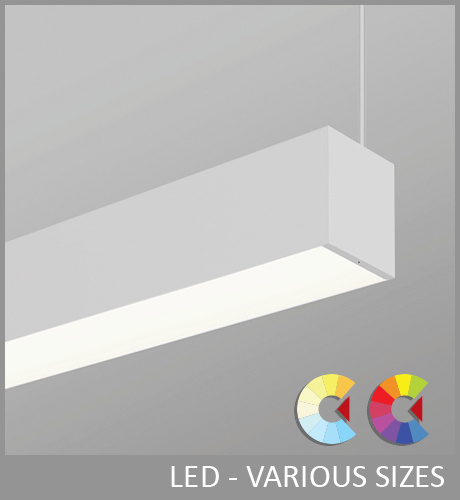
- VIA SPLASH – IP66
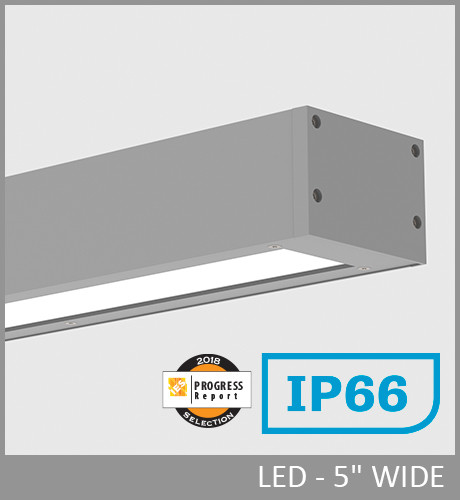
- VIA WET
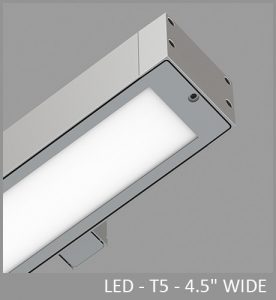
- WALO (horizontal)
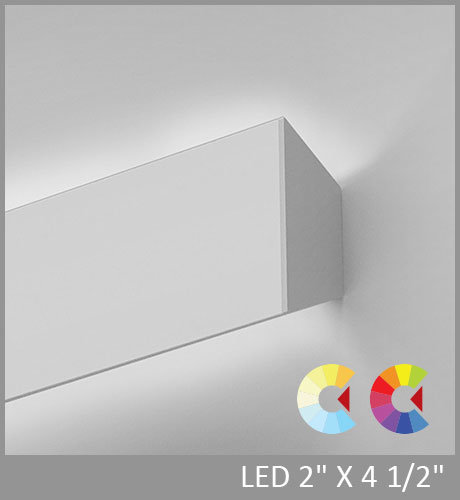
- WALO (vertical)
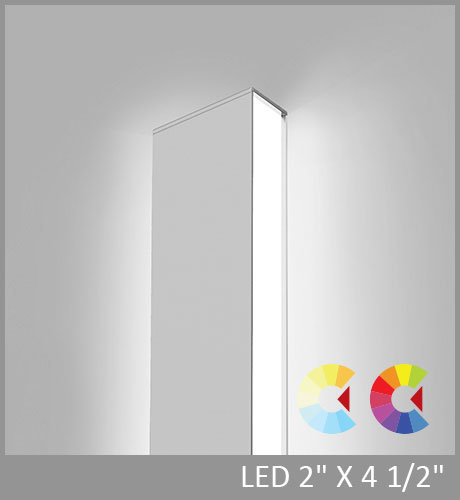
- AERA 2″ CYLINDER
- WALL-RECESSED
- COVE
- WALL WASH
- ASYMMETRIC
- PERIMETER
- Healthwerx
- Pivot system
- ACOUSTIX
- Weather Series
- Declare Products
- AERA 2″ CYLINDER

- AERA 2″ DOWNLIGHT

- AERA 3″ CYLINDER

- AERA 3″ DOWNLIGHT

- AERA 4″ CYLINDER

- AERA 4″ DOWNLIGHT

- AERA 5″ CYLINDER

- CLUSTER SURFACE

- CUBITO

- CURVIA 2, CURVIA 3, CURVIA 4

- CURVIA 2 PRISM

- CURVIA MINI

- ECANA 3″ DOWNLIGHT

- ECANA 4″ DOWNLIGHT

- ECANA 6″ DOWNLIGHT

- EVOQ
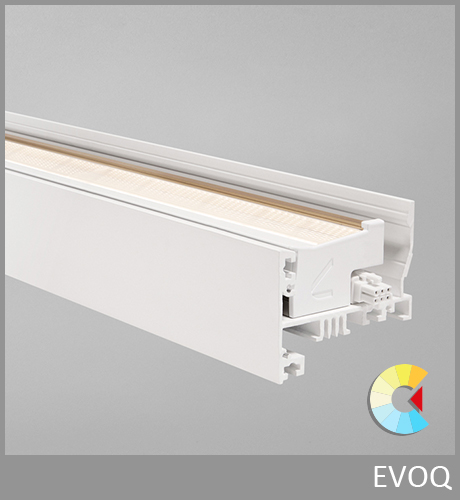
- INWALO
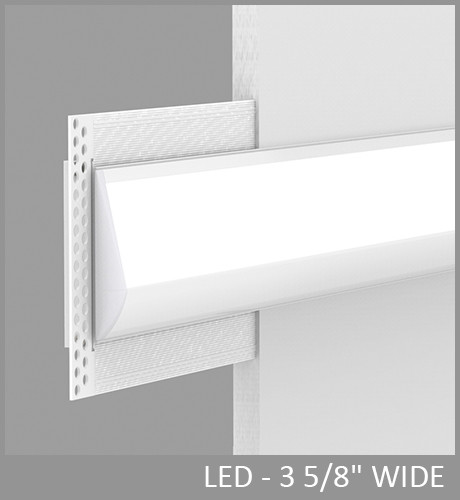
- VIA 1.5

- VIA 2

- VIA 4

- VIA PERIMETER
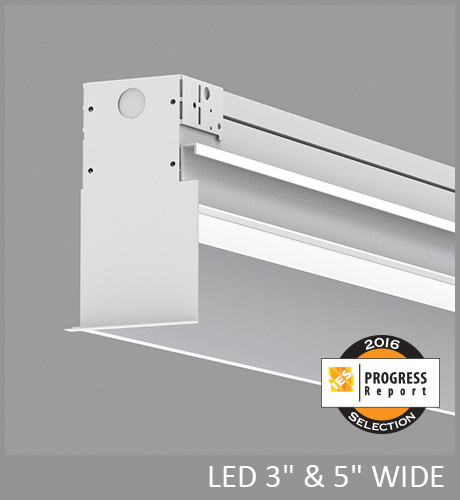
- VOILA 2 DOWNLIGHT
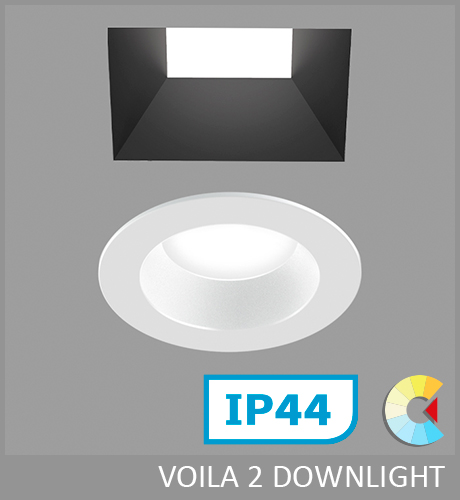
- VOILA 4 DOWNLIGHT

- AERA 2″ CYLINDER
- Downloads
- TECHNOLOGIES
- Resources
- GALLERY
- Healthwerx
- Company
- AGENT LOCATOR
What is PoE?
Power over Ethernet (PoE) is a technology enabling electric power and data to be sent to and from multiple devices over an Ethernet cable. PoE is not a new technology per se — Since 2003, it has been used in devices, such as cameras and phones. In 2018, however, the technology advanced to allow for a more substantial wattage load (90W), making it an increasingly appealing and beneficial option for entire building systems, including lighting. Through its capacity to connect devices and systems within one centralized and easy-to-monitor network, the new and improved PoE can play a key role in the design and construction of smart buildings.
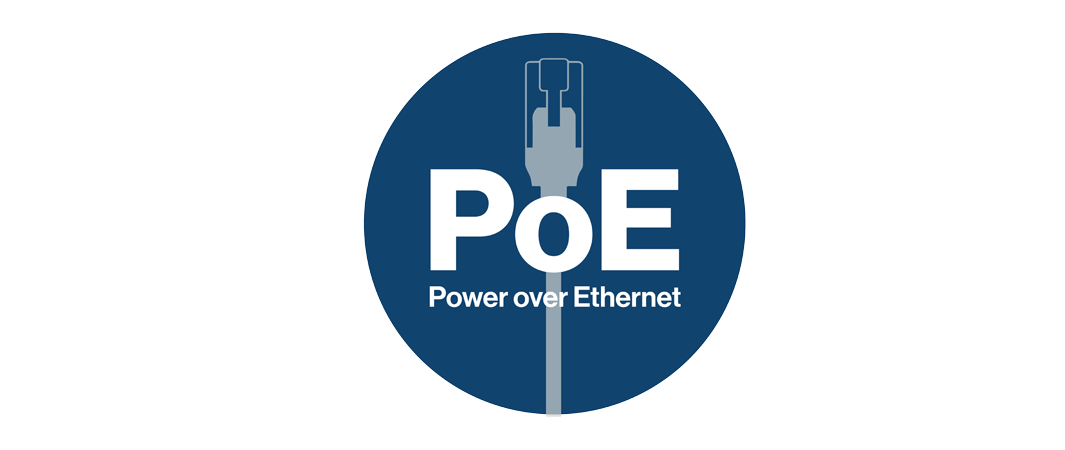
PoE System
A PoE network connects many devices together to give its users ultimate control. Another benefit is in construction costs. Since the low voltage PoE system does not require shielded cables, conduit runs are eliminated early in the construction process.
Benefits of PoE
As a system that can share data seamlessly over one network, one cable, and one connection, PoE can reveal a lot of useful information to building owners and managers. By connecting occupancy sensors, CO2 detectors, video cameras, and much more, PoE can be the spinal cord of an entire building, communicating data related to, for example, the use of space. If monitoring shows little activity in a particular room or area, then this knowledge can serve as the basis for re-purposing the space or adjusting staff objectives.
On a grander scale, intelligent monitoring can maximize usage of a space and could enhance profitability and impact a company’s bottom line. The big picture estimate of a company’s costs per square foot is represented by the 3-30-300 rule (see diagram), which puts into perspective how an organization’s occupancy cost is typically distributed: $3/sq ft for utilities, $30/sq ft for rent, and $300/sq ft for their employee costs (salaries, benefits, etc.). Many facility managers usually focus on the $3 and $30 parts of the framework as the areas on which they can make the largest impact. However, since PoE can provide information that allows for a better understanding of employee productivity and satisfaction, an impact can, in fact, be made on the $300/sq ft spend on salaries.
How does PoE Work?
Making a luminaire PoE-compatible is not as straightforward as one might think. It’s not just a simple case of replacing an LED driver with a PoE node and attaching an Ethernet cable for power. Unfortunately, not every PoE node is the same, and electrical compatibility can be tricky. Standard lumen packages may not be technically possible, and, similarly, certain nodes may not be compatible with a desired fixture. That said, once you have a PoE system in place, fixtures can be changed easily and without having to rewire or modify the cabling.
PoE can also accommodate RGB+W and tunable white controls, incorporate exit and emergency lighting systems, and address both small and large scale projects.
PoE Wins
For a PoE system, the upfront cost to turn on a single PoE enabled luminaire is much higher than that for a 0-10V system, which simply needs a dimmer and an LED luminaire. The real savings, however, lie in the infrastructure of the PoE ecosystem, where costs are substantially reduced with the merging of computing, security, HVAC, monitoring, and other systems onto one PoE platform.
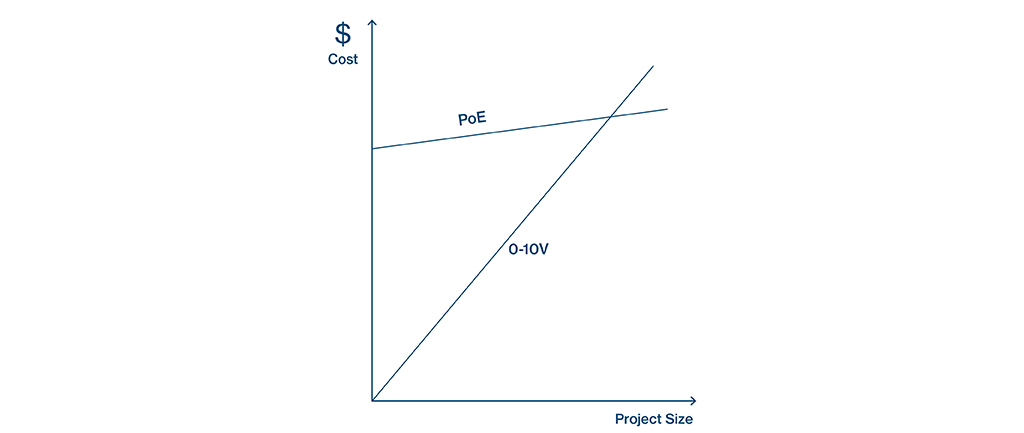
PoE Challenges
Interoperability is currently the biggest challenge for PoE implementation, not to mention being limited to only 90W per PoE node, roughly 9000 lumens of lighting power. There is also a limited number of PoE drivers on the market, and since not every PoE system is compatible, there is no standard ecosystem of parts to be found. Similarly, controls from different suppliers need to communicate in a more harmonious way.

Where is PoE being used?
PoE is suitable for many applications, but it is best served when used in new construction or extensive renovation projects. Retrofitting to PoE, however, is more challenging and substantially more expensive. Of course, if the return on investment can be justified, PoE can then be seen as the solution.
- Offices
- Education Facilities
- Hospitality
- Hospitals
- Public Facilities
- Shopping Malls
- Retail
Lumenwerx Companion Products
PoE technology can be integrated into many of Lumenwerx’s lighting solutions and product families. For nodes, we always aim for complete integration, but when space is limited, we look for a remote solution that doesn’t compromise the design aesthetic. PoE can be integrated into 95% of our product offering, including our Chromawerx solutions.
Download Lumenwerx-PoE-Brochure
